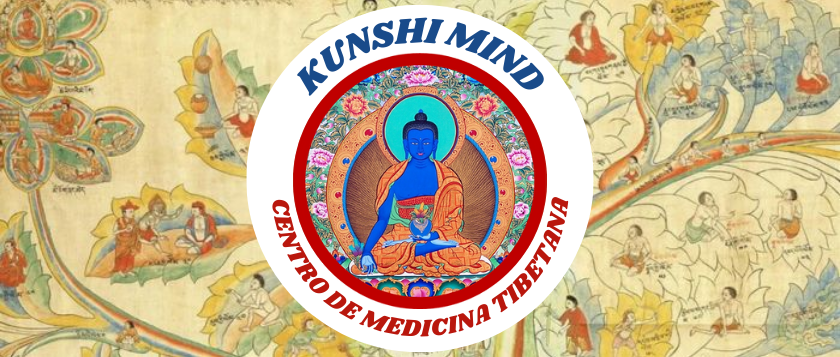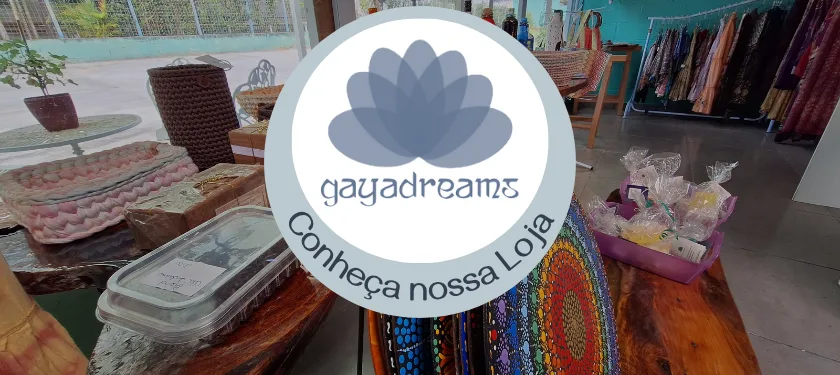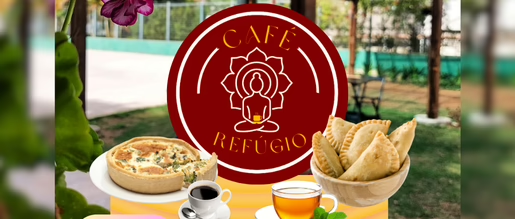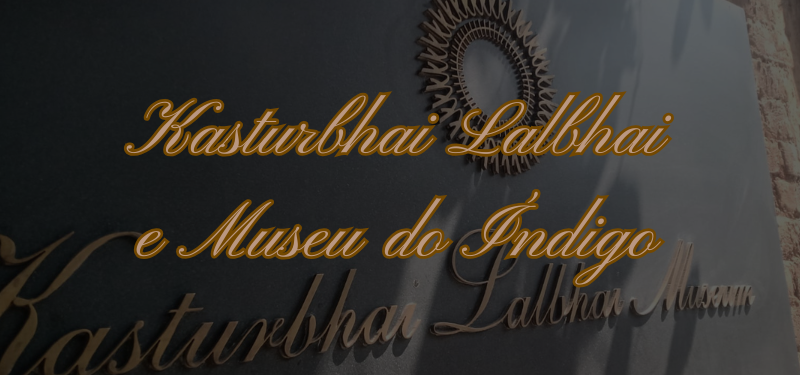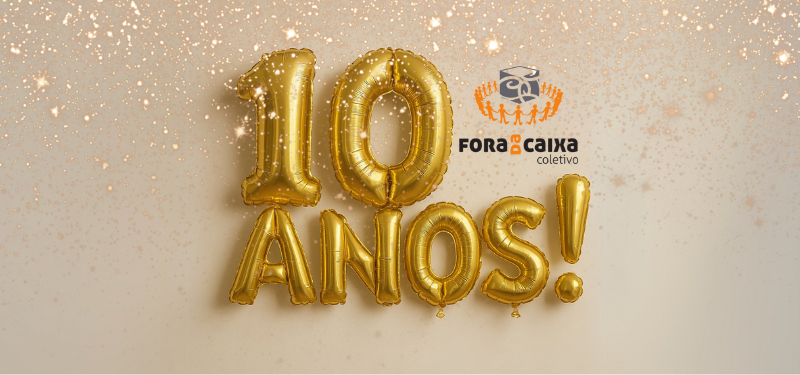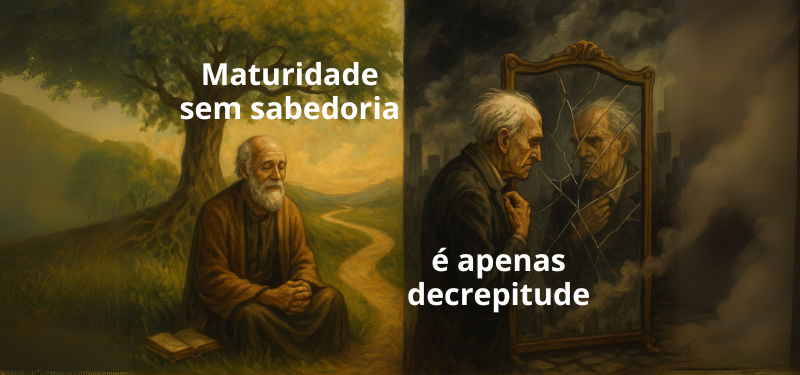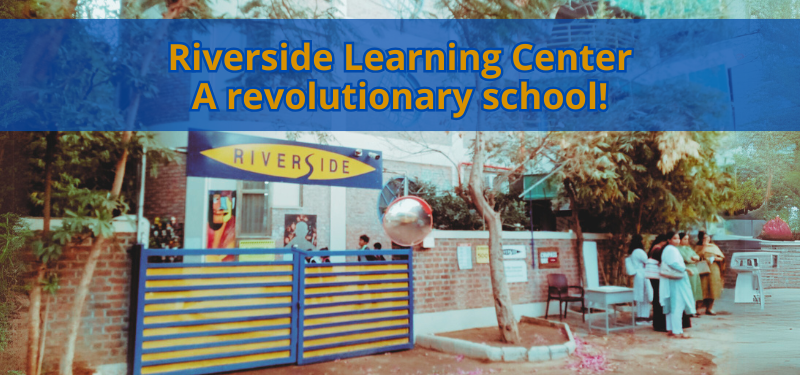Nepal – A place of Peace and Spirituality
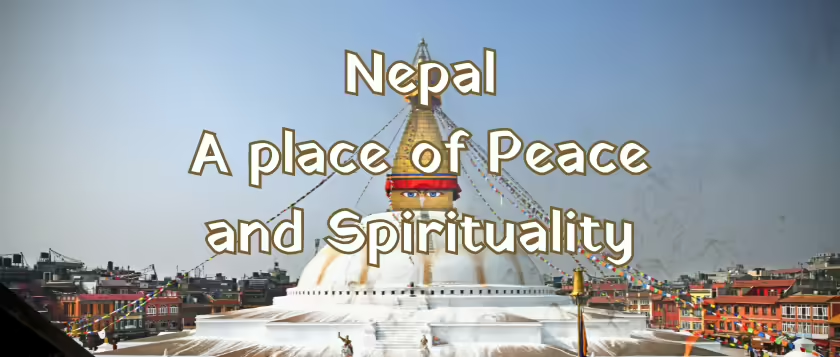
My trip to Nepal began with a 7- day immersion in the mountains of Nagarkot. An incredible selection of 56 peace educators from around the world were brought together by the International Institute on Peace Education to exchange experiences and disseminate practices in this field of education. There is another article where I talk about this event and what my participation experience was like, as well as the presentation of the project carried out by the Fora da Caixa cultural collective team. See link: https://www.foradacaixacoletivo.com.br/openzine/iipe-nepal-an-extraordinary-experience/
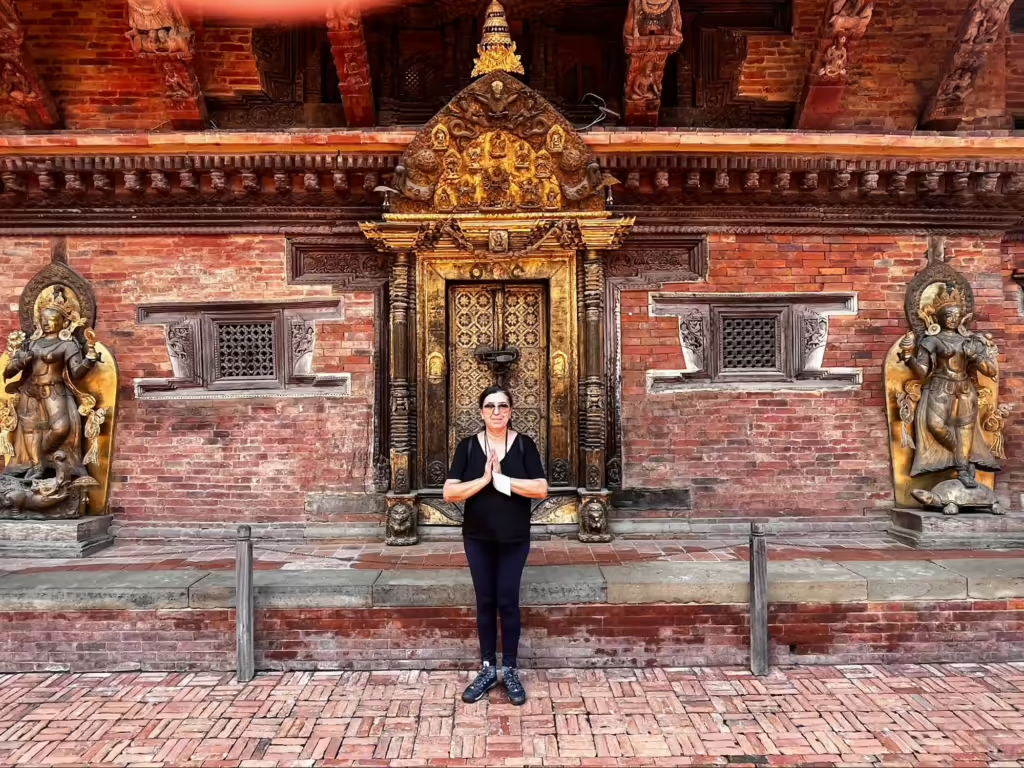
This narrative corresponds to the post-event period, where I had the opportunity to wander and pilgrimage in sacred places in the city, Kathmandu Valley and surrounding areas. Directions, tips for where to stay, the recommendations for guides and transport services were given to me by my long-time friend Manoel Morgado, experienced mountaineer and expert in taking groups to climb Everest, Kilimanjaro and many other mountains around the world. Due to his work and life choices, he has lived in Kathmandu and knows this destination as his backyard. His recommendations were truly precious and made my trip much easier and safe. Find out about the destinations of his groups and trips at Morgado Expedições, see link: https://www.morgadoexpedicoes.com.br/
I love traveling solo, deciding how and where I’m going to spend my days or simply sitting in a cafe and watching life go by, feeling the atmosphere of the place without having anything planned in advance.
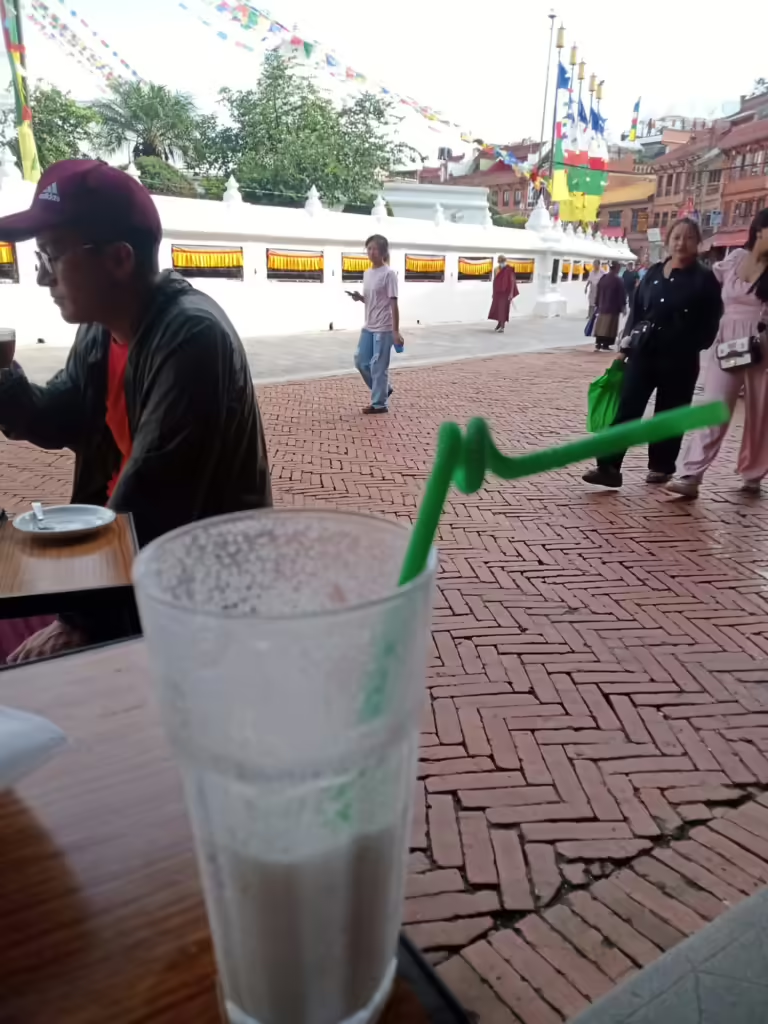
I stayed next to the Shechen Buddhist Monastery, feeling the good vibes of this beautiful, sacred and inspiring place up close. There they maintain a very organized and clean guesthouse with a cafeteria that serves several delicious things at a super affordable price. In fact, traveling to Nepal is not expensive, the worst part is the flight ticket, but in terms of accommodation and food it is very affordable. Just one detail: it is super important to bring money, dollars or euros, in cash. In Nepal there are few places that accept international credit and debit cards. This made my stay a bit difficult at times, but thanks to the help of my guardian angels Gunjan Jha and Yoo Gesh, friends who became my saviors in some troubles due to my international debit card not working to withdraw money, with their help everything was fine and I was able to make the most of the days I was in the city.
The location of the hostel could not be better, a little away from the hustle and bustle of the center and very close to the Boudhanath stupa, one of the most popular places for pilgrims and tourists in Kathmandu. The place is truly special, full of devotees saying their prayers, prostrating and nourishing themselves with the spiritual energy that emanates from this sacred place.
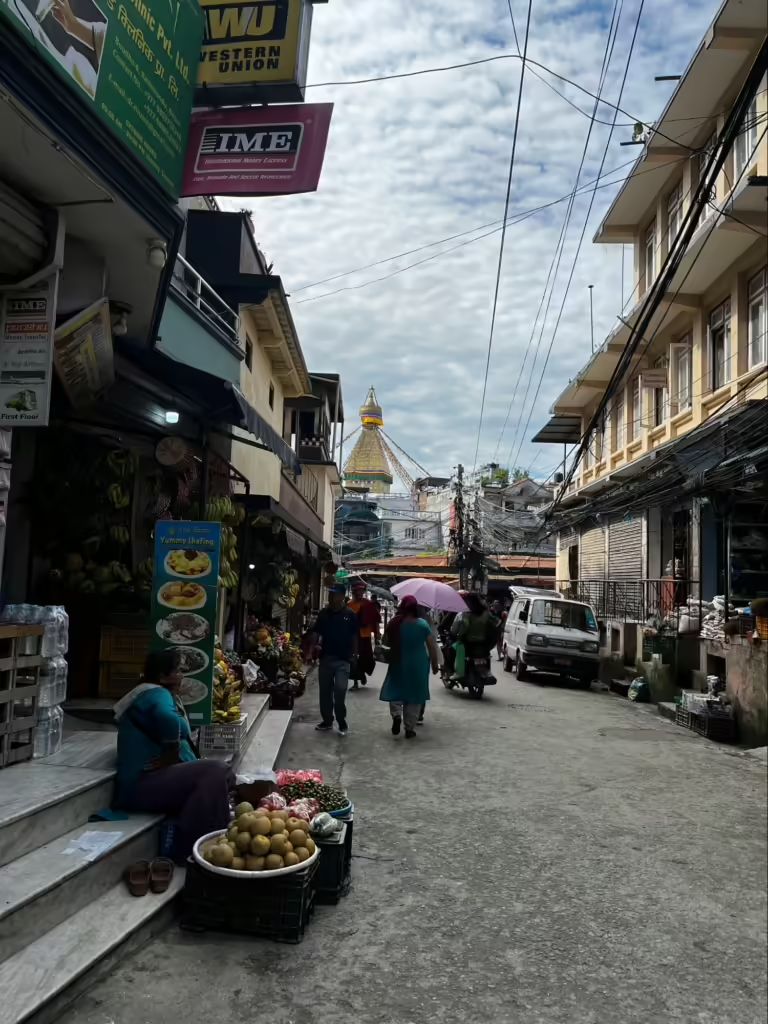
Leaving the guesthouse, walking through some alleys, I soon saw the stupa.
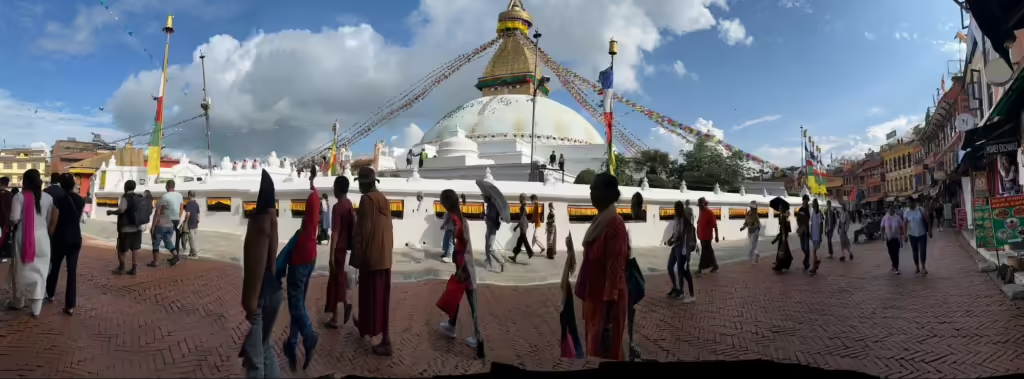
But before arriving, I had to cross the monastery courtyard, which in itself was enchanting. I felt very privileged and protected being there. One of the main reasons for my trip was to pilgrimage to Buddhist sites that have a connection with my practice and studies of Tibetan Medicine, so being there awakened in me a deep feeling of gratitude and devotion. The monastery and temple are very beautiful, full of details in their paintings, prayer wheels, auspicious symbols, colorful windows and doors, flowery gardens full of life.
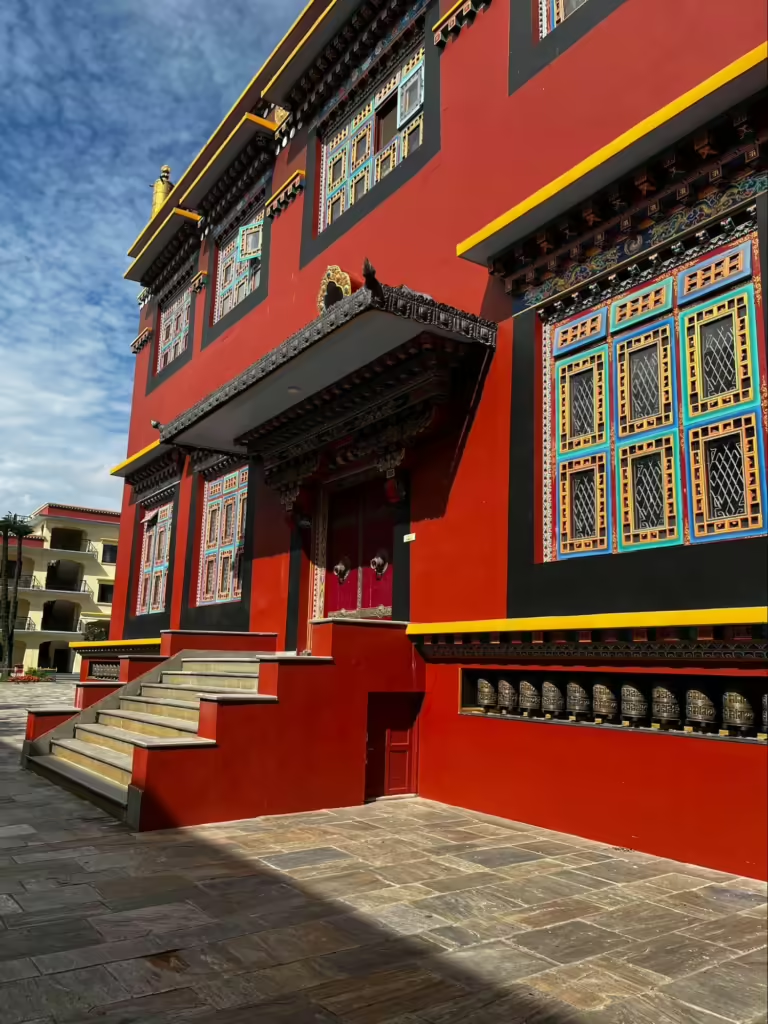
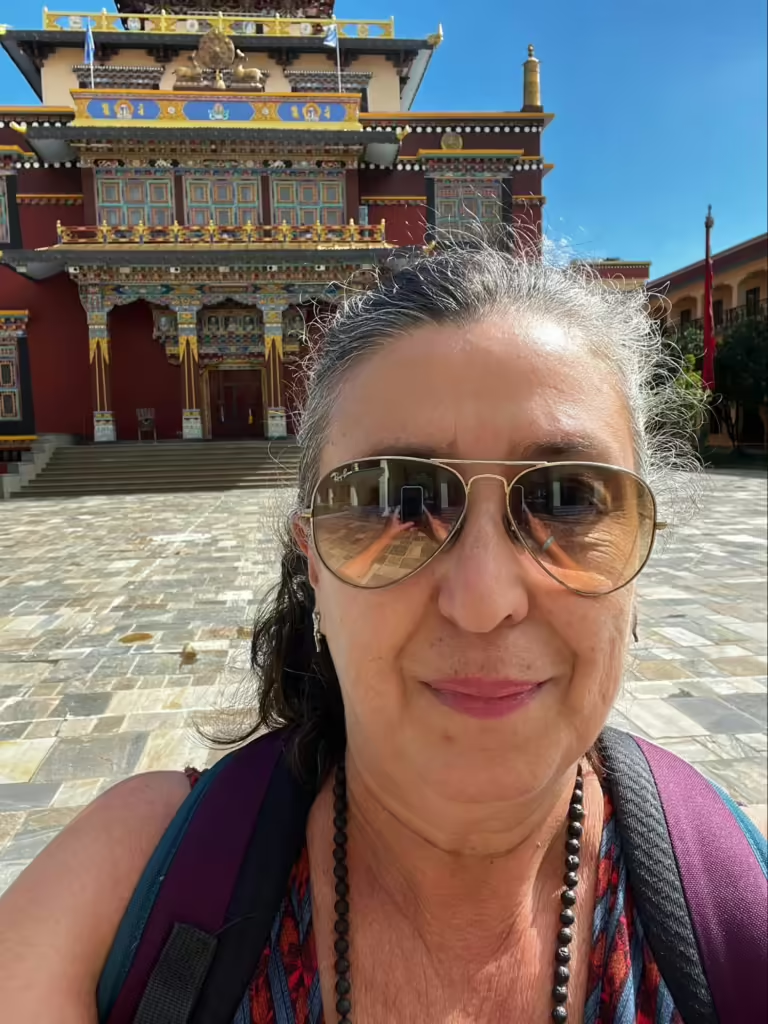
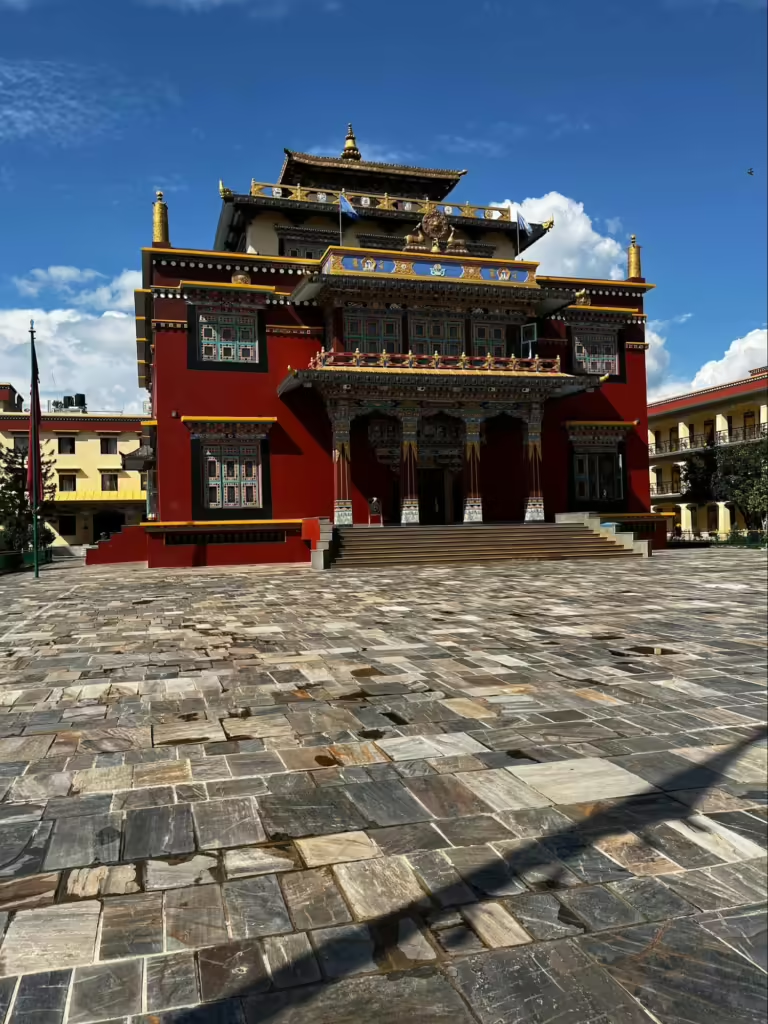
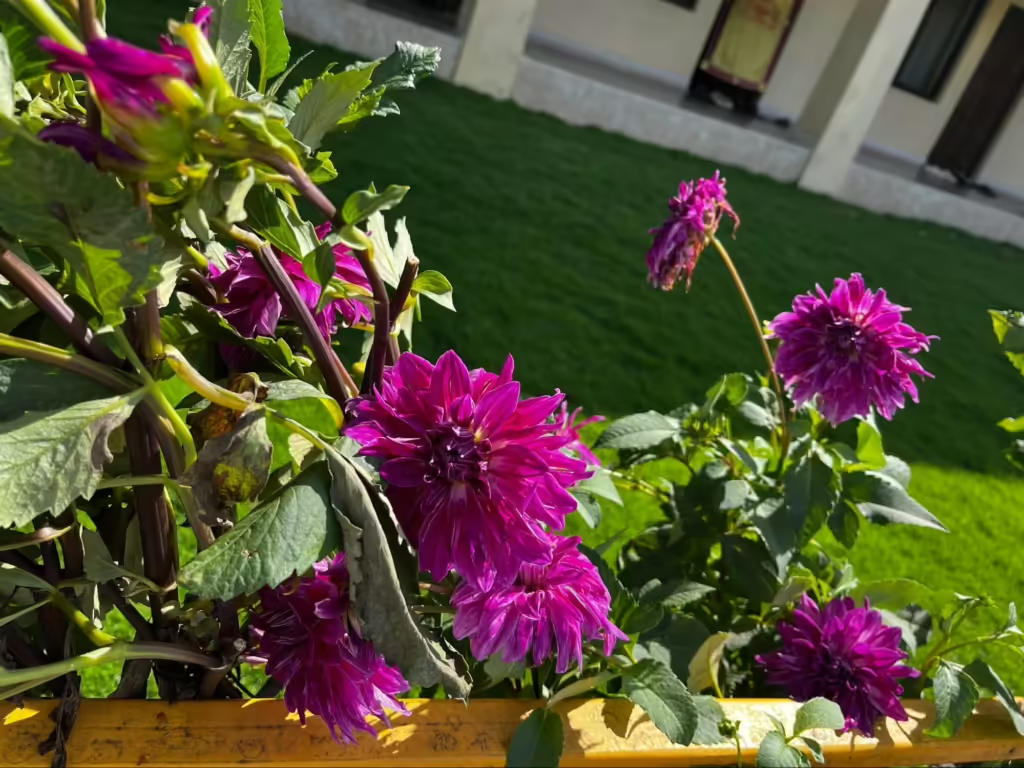
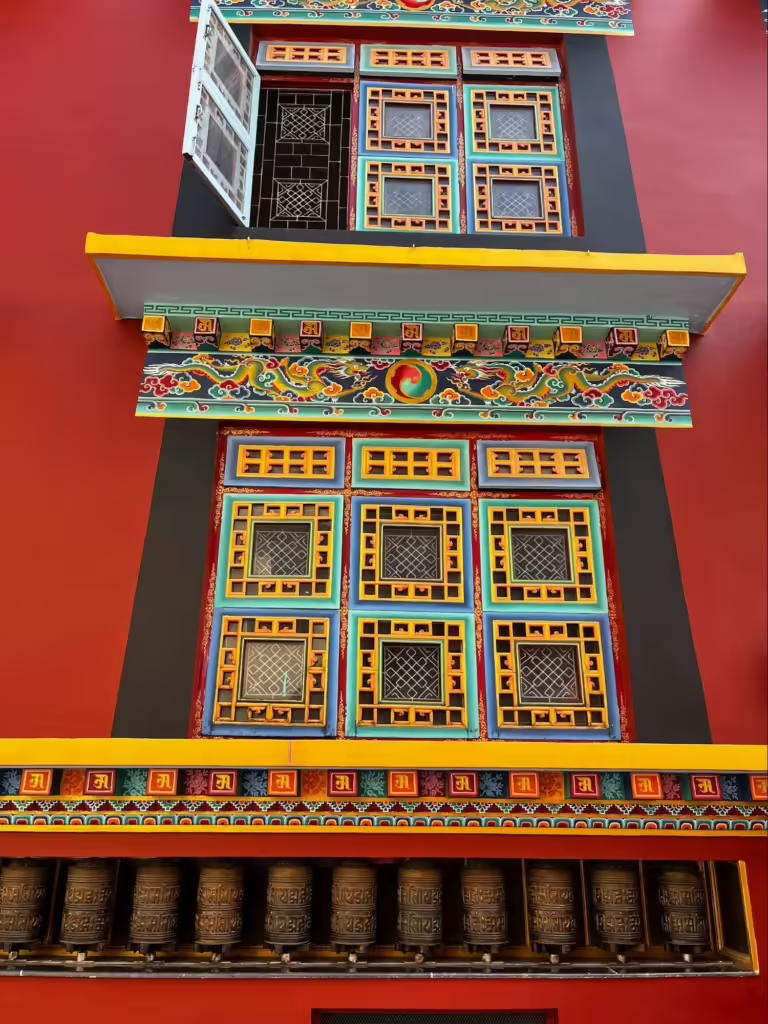
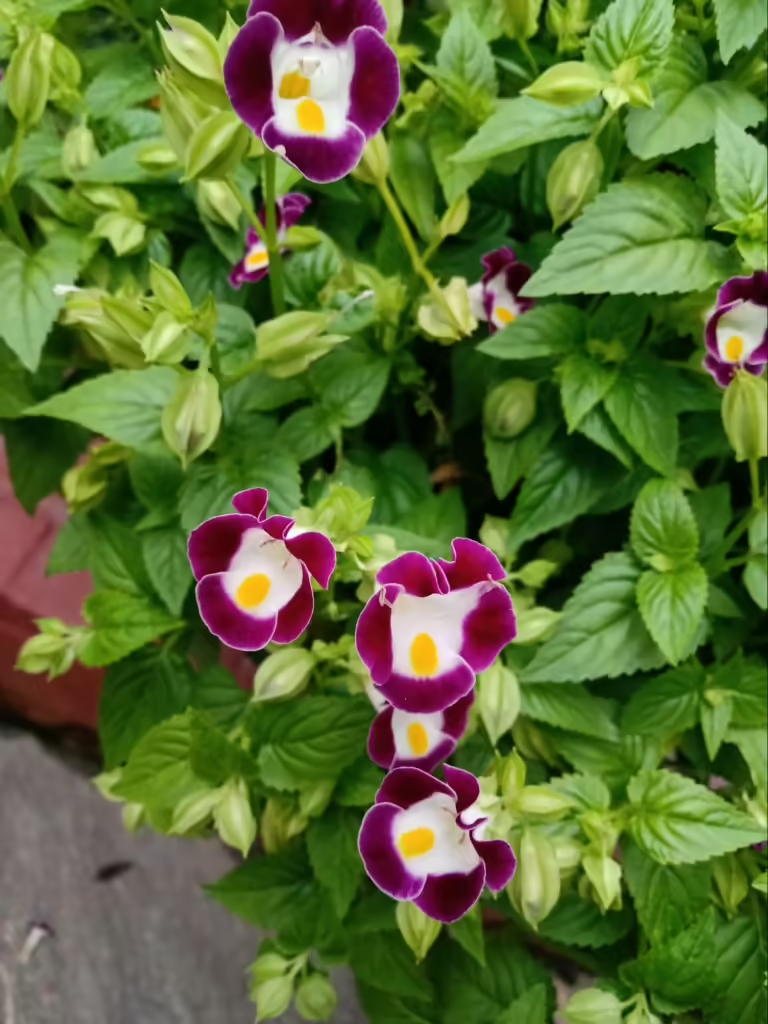
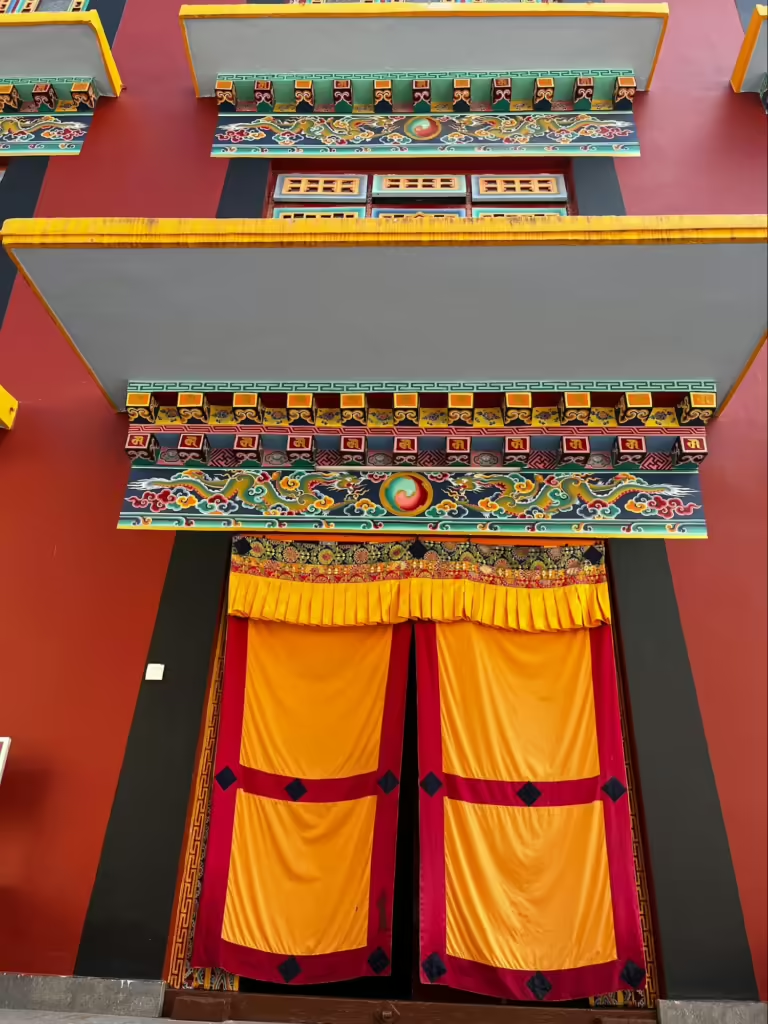
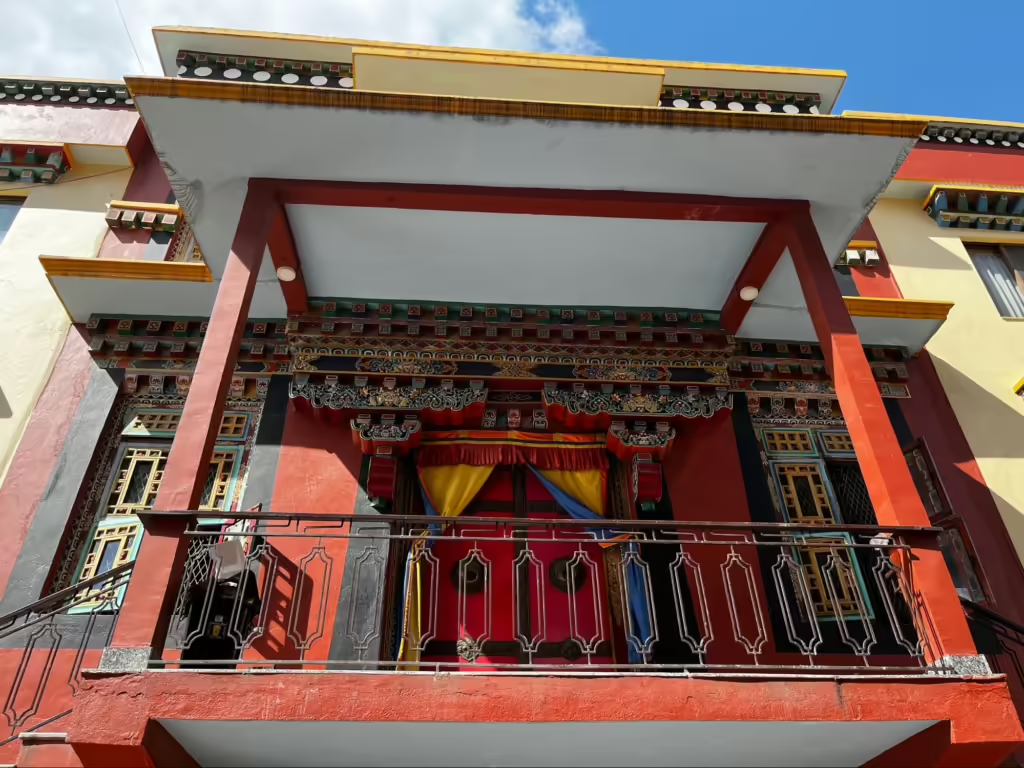
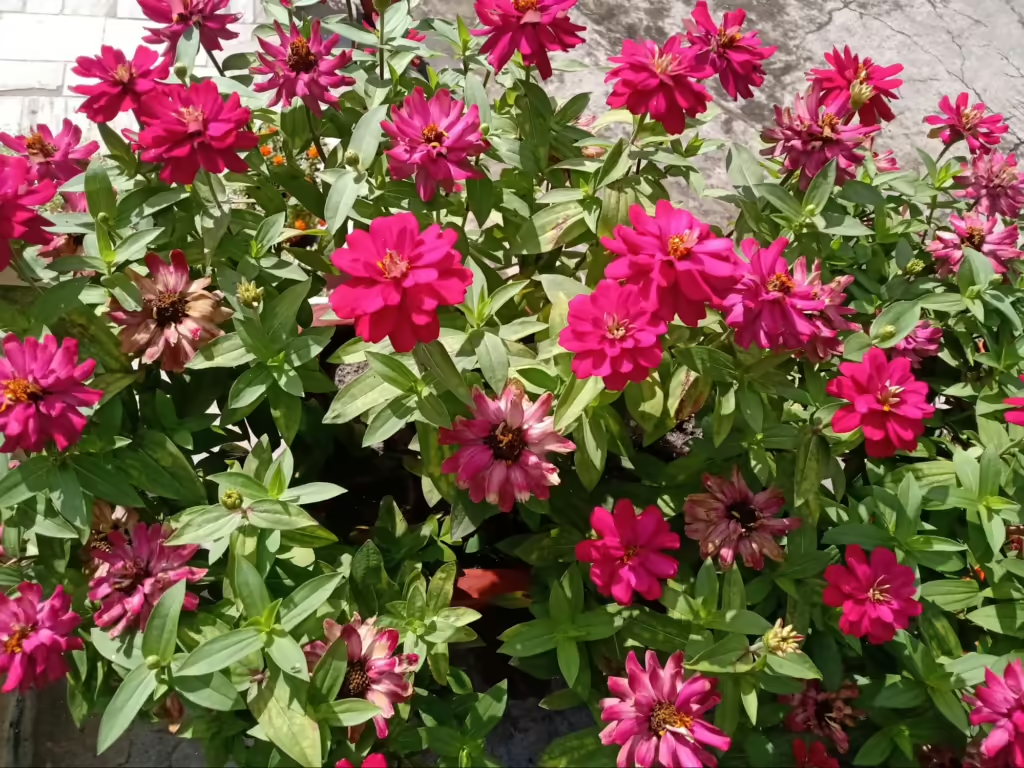
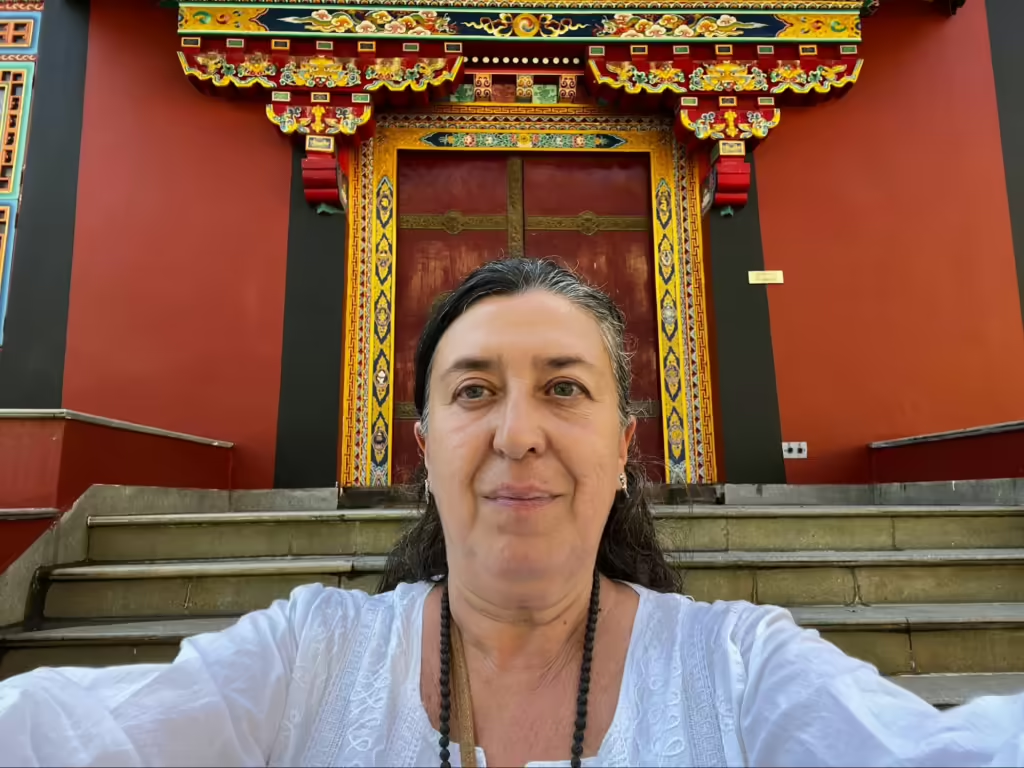
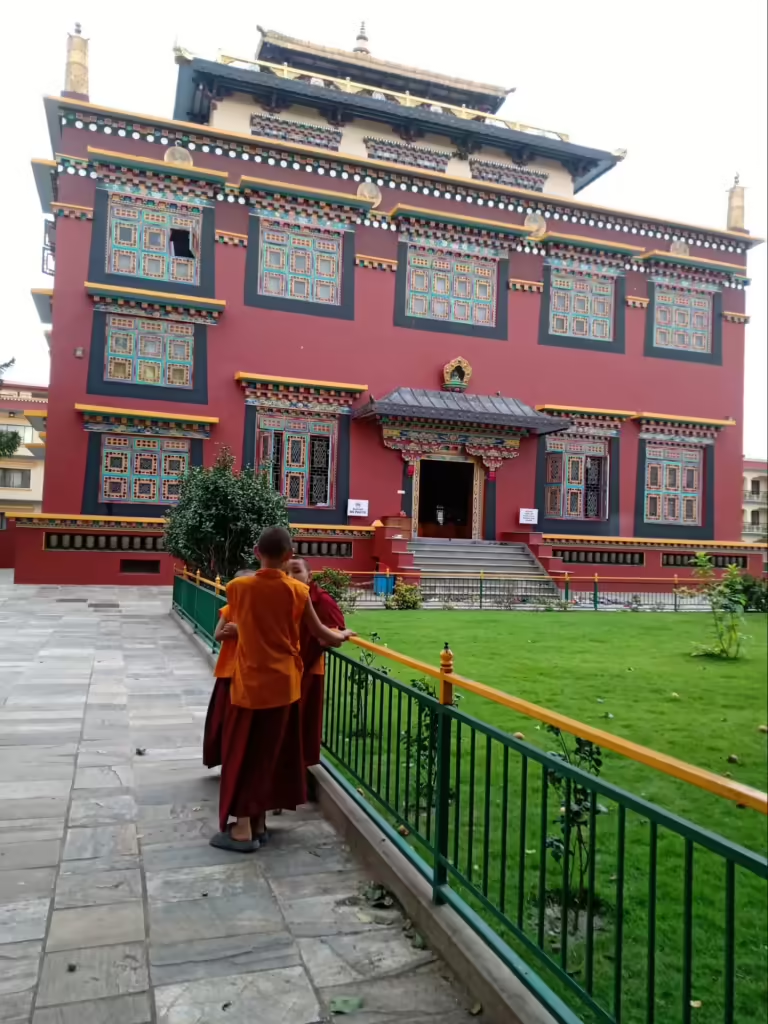
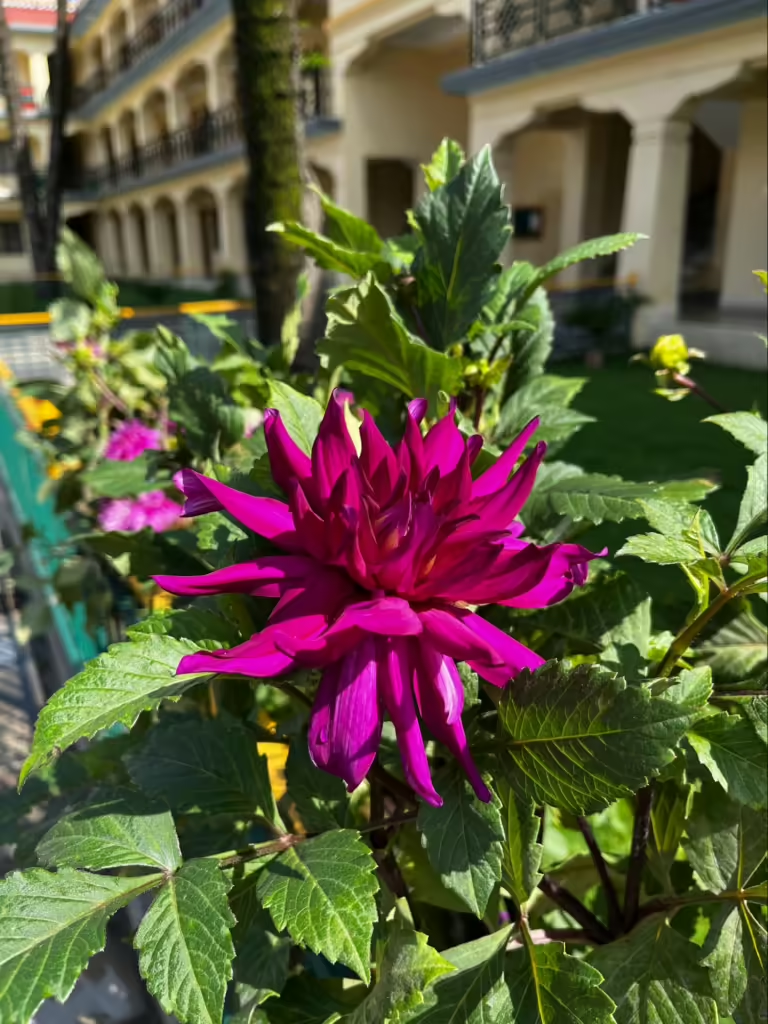
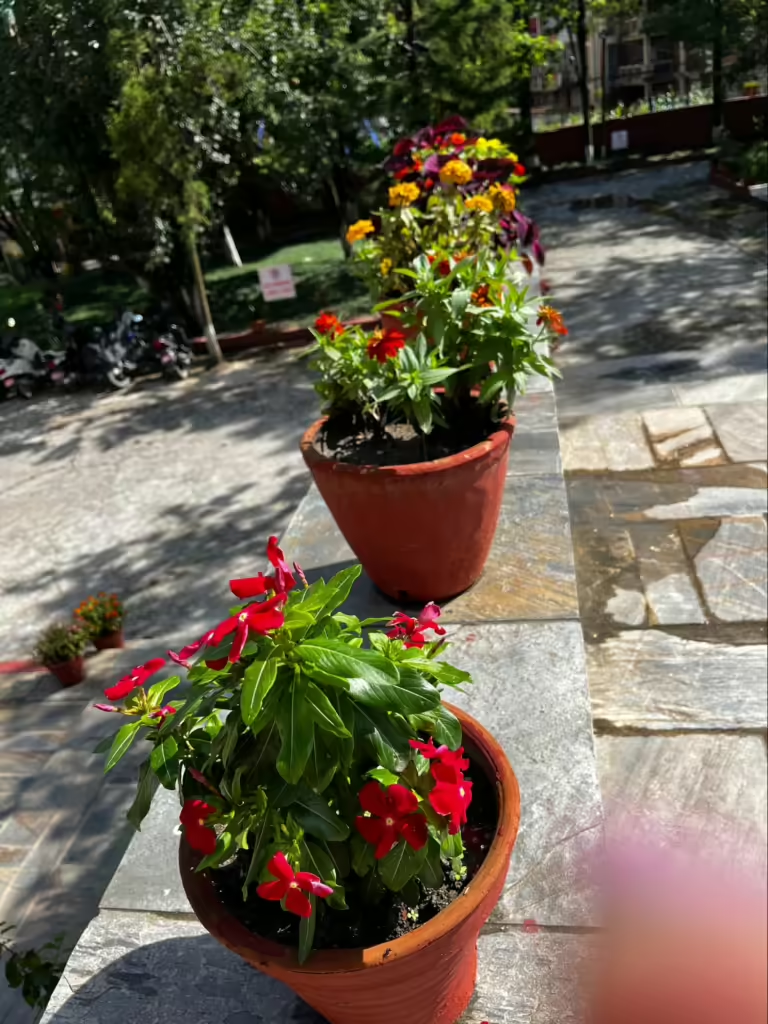
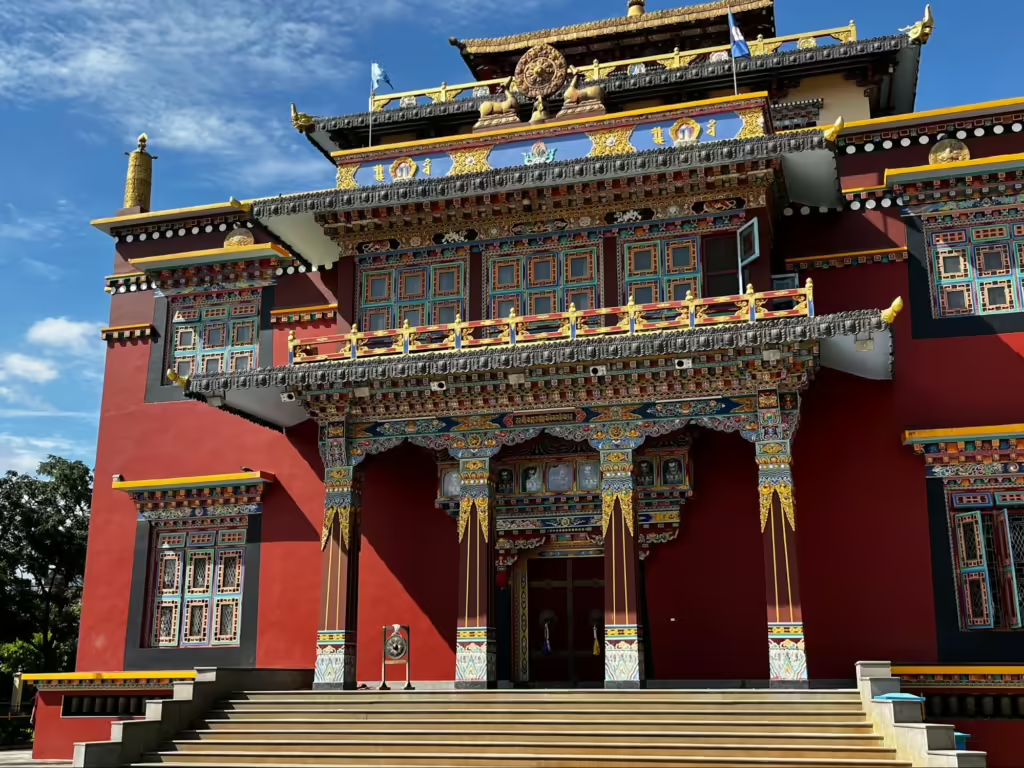
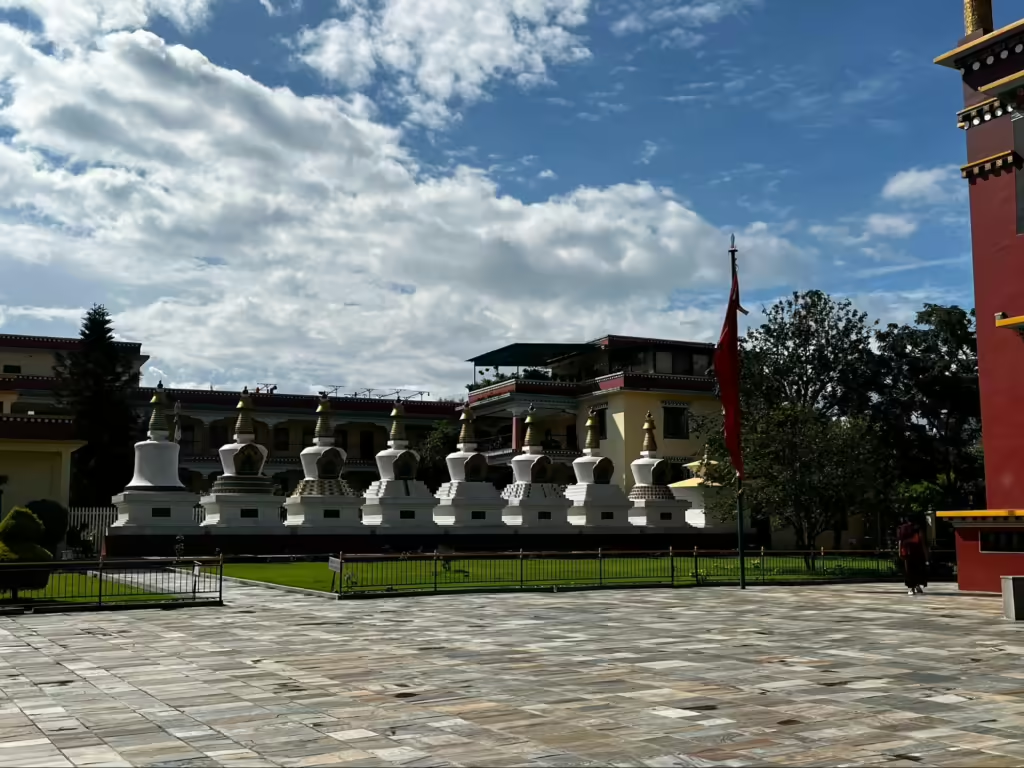
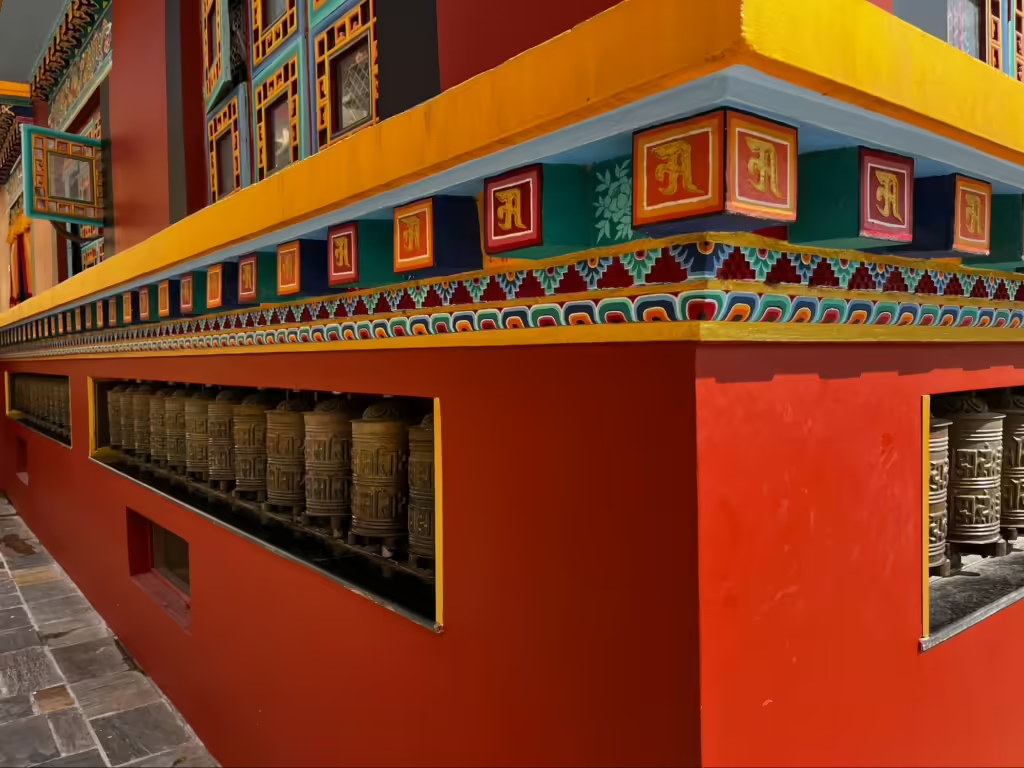
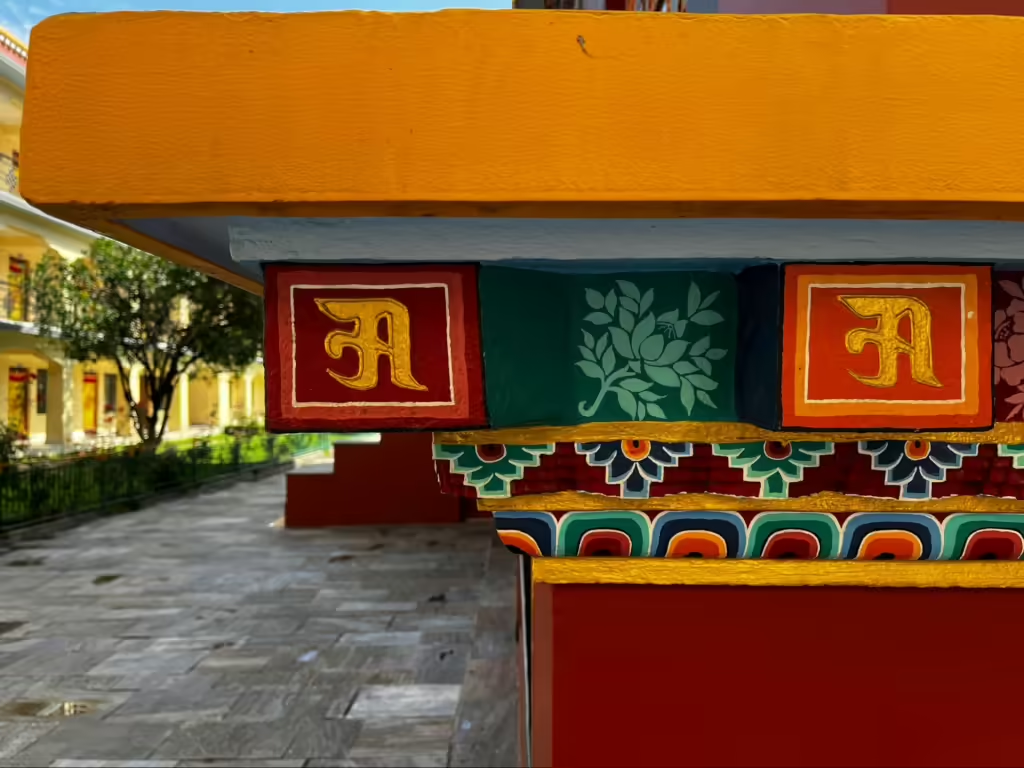
The hostel was also welcoming, with excellent service, kind and polite people. I already mentioned the menu, right? But I’ll show you some images:
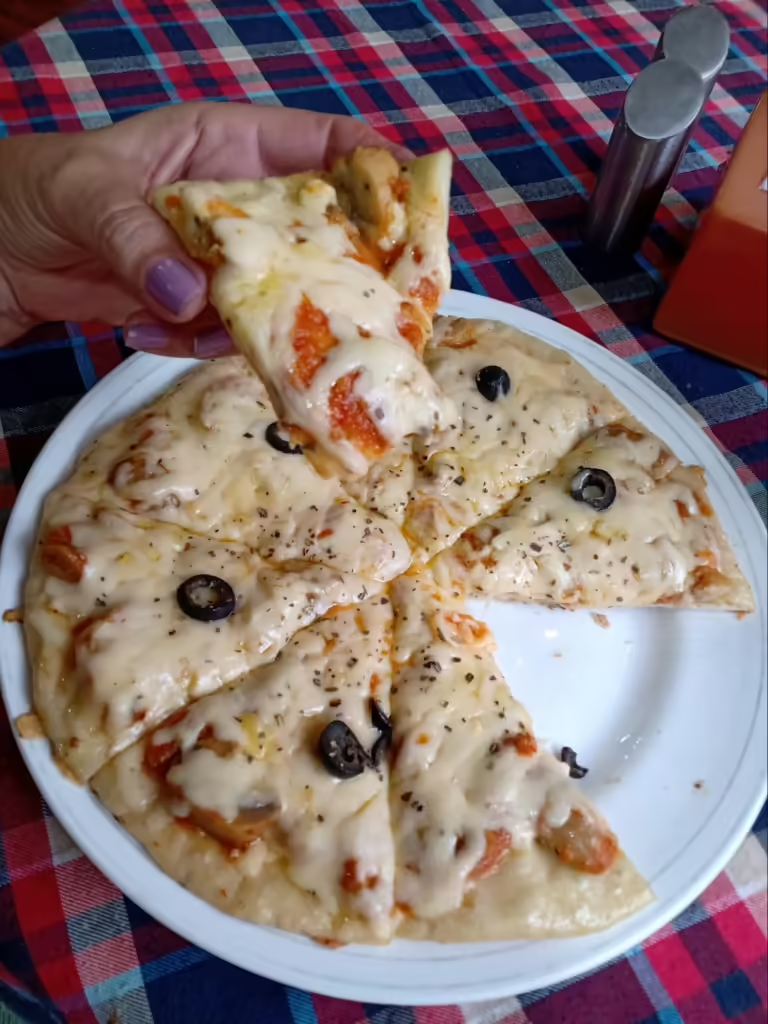
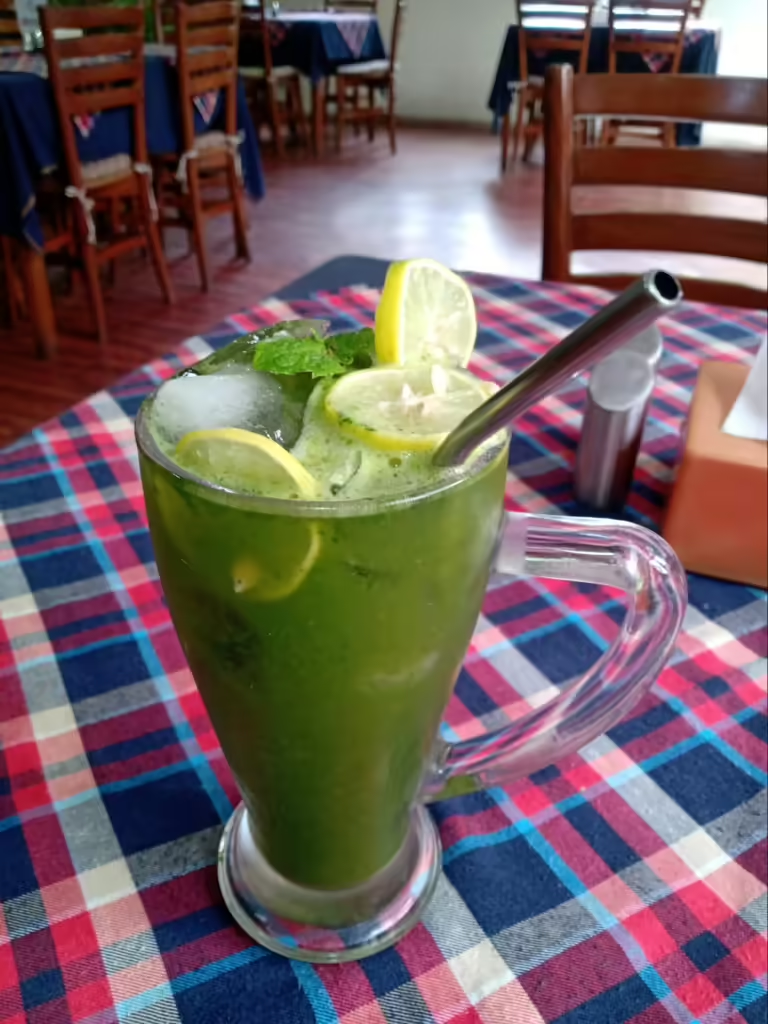
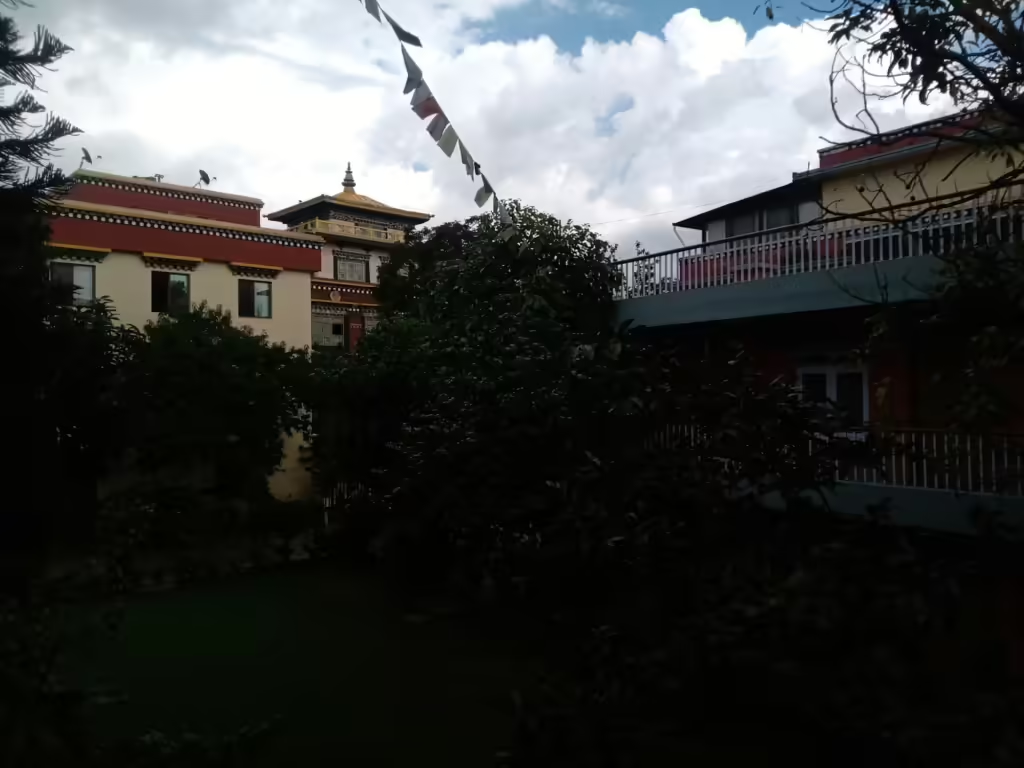
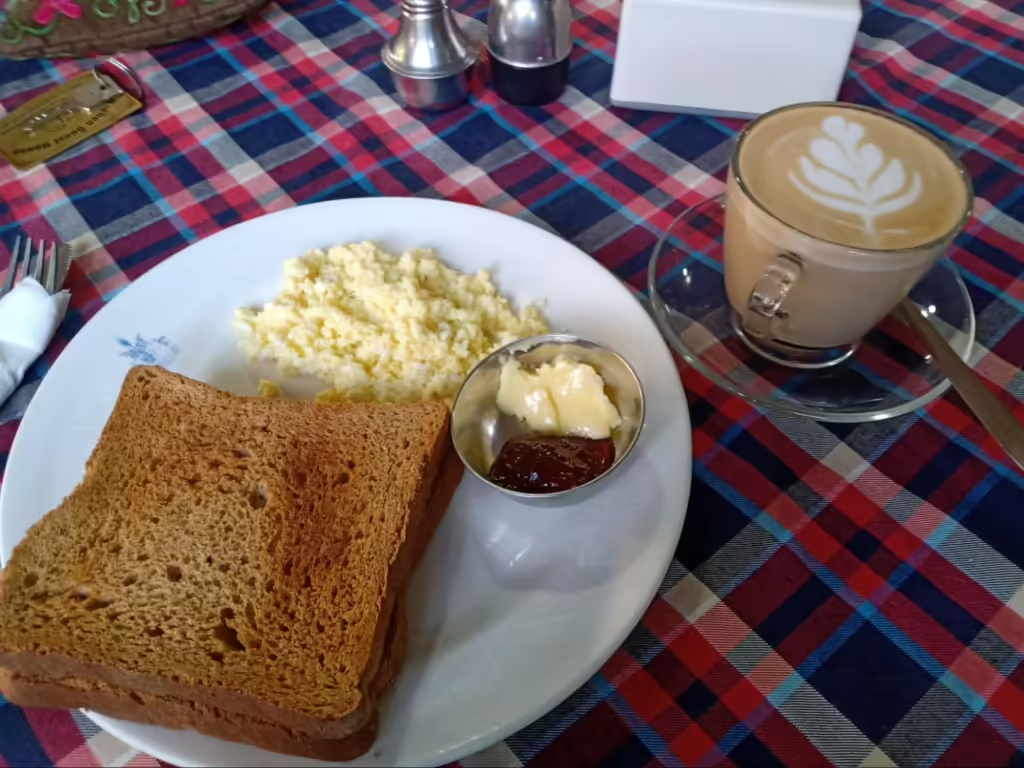
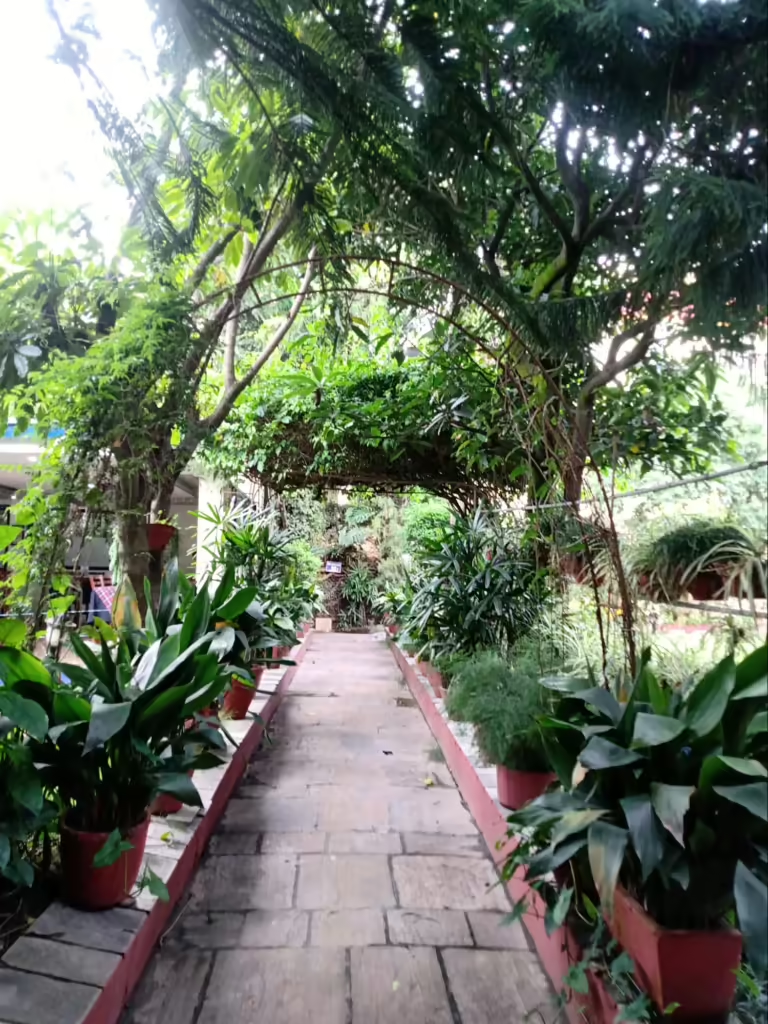
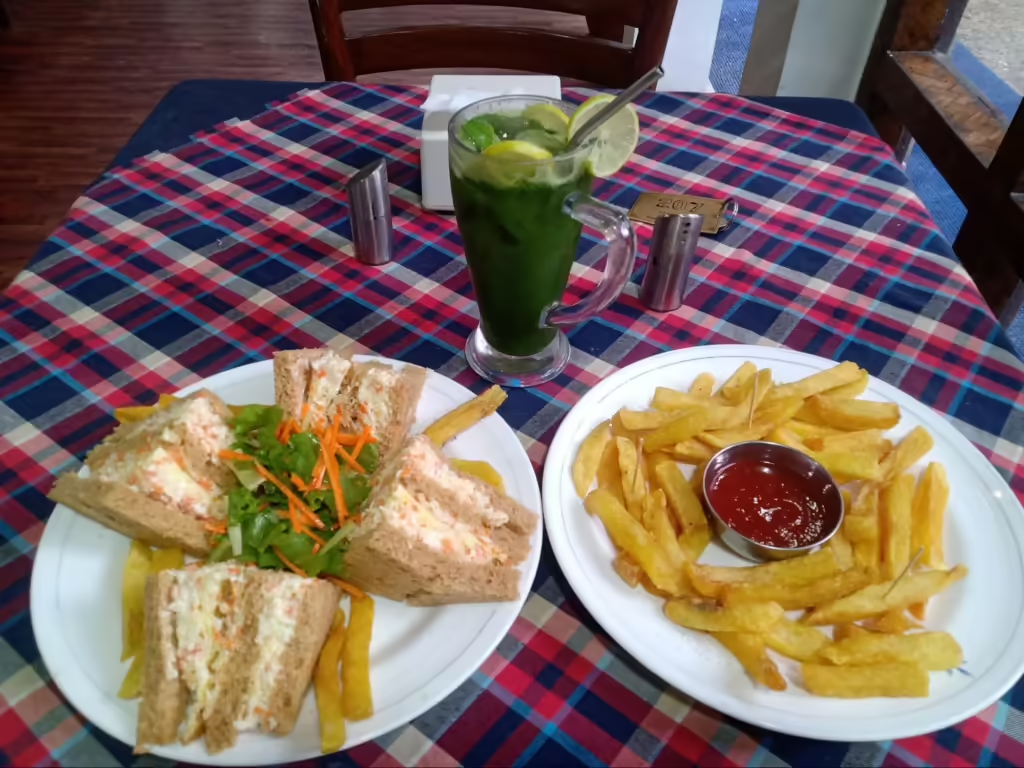
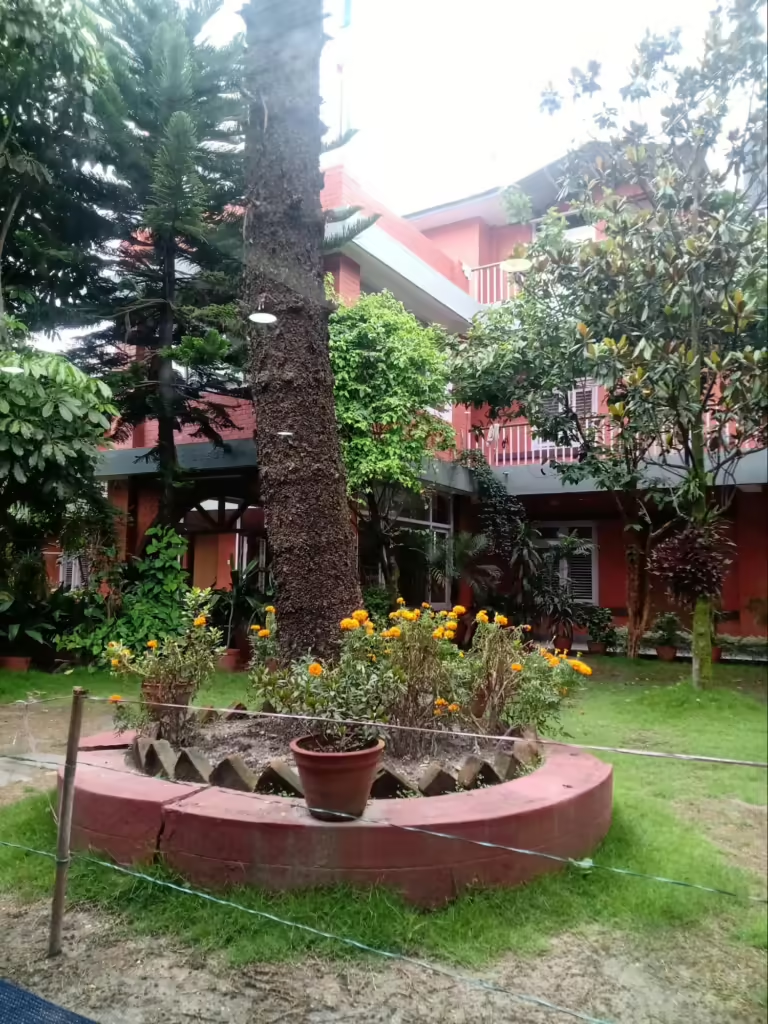
I confess that I didn’t feel the time pass during the period I was in Nepal, it felt like I was living a parallel reality, the hospitality, harmony, respect between people, education and simplicity made me feel an inner and outer peace that in a few moments or places in the world I was able to experience. When asking local residents or not, what their religion was, the answer was always the same:
“I am Buddhist and Hinduist, here everyone respects and lives in harmony with all religions”. Just like that.
Being far from our society that insists on preaching and condemning religions that are much older than Christianity, much more inclusive, peaceful in their practices and less prejudiced, made me reflect on the spiritual poverty that has taken hold in our country. Poverty, yes, because the teachings of all religions, originating from any country or time, preach love, compassion and kindness. But these values don’t seem to me to be currently being cultivated. This saddens me, but at the same time being in Nepal and feeling this true, vibrant and strongly spiritual union gave me hope that one day the world can be inspired by this example and evolve to the point of achieving this excellence in terms of spiritualized human beings.
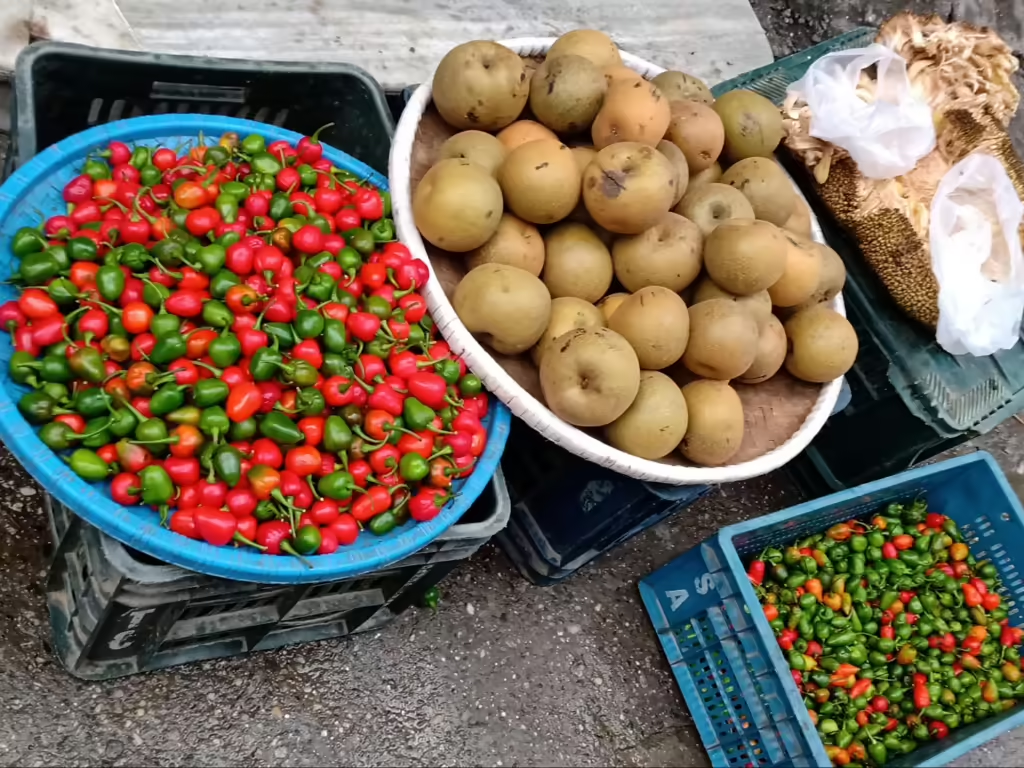
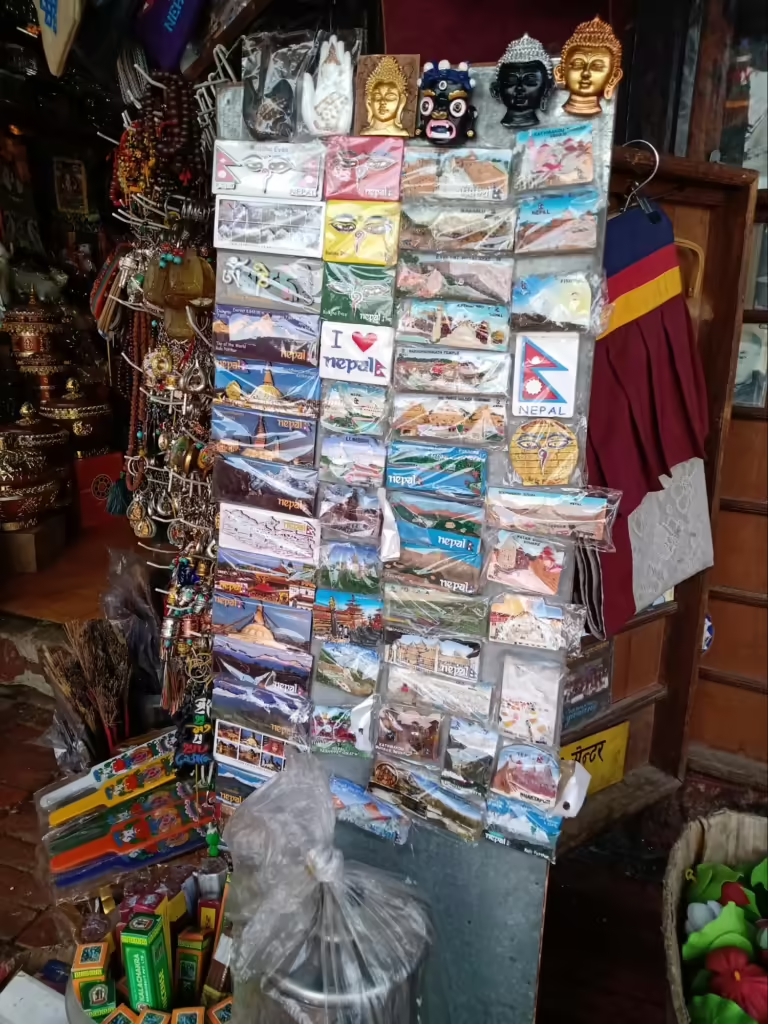
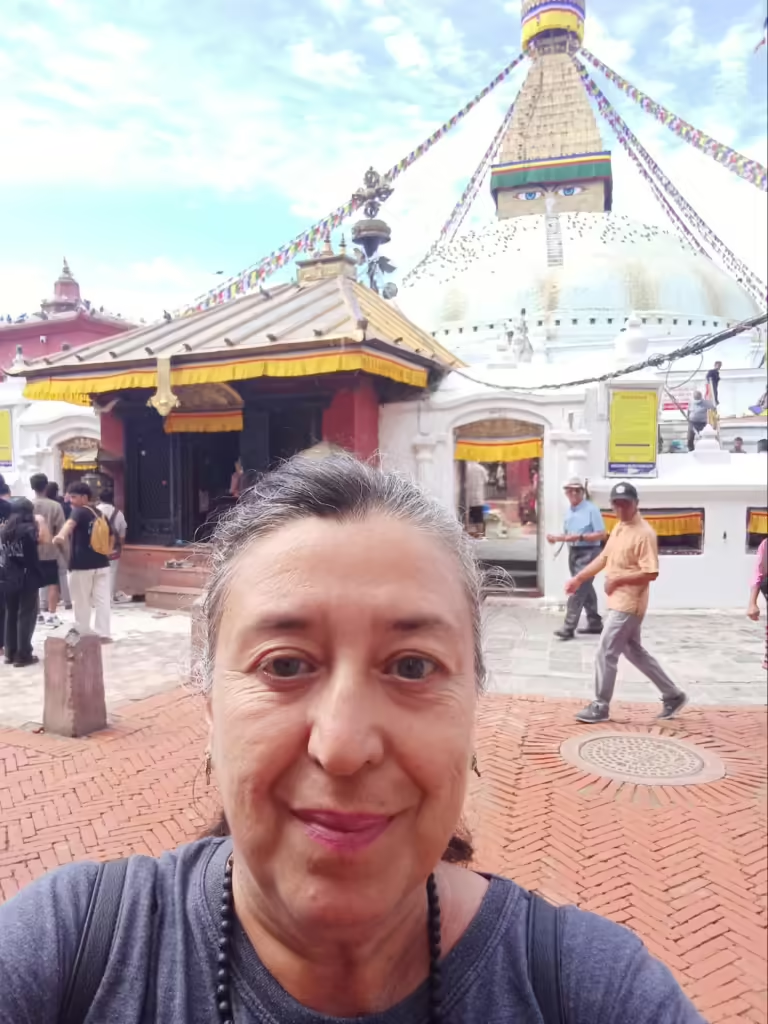
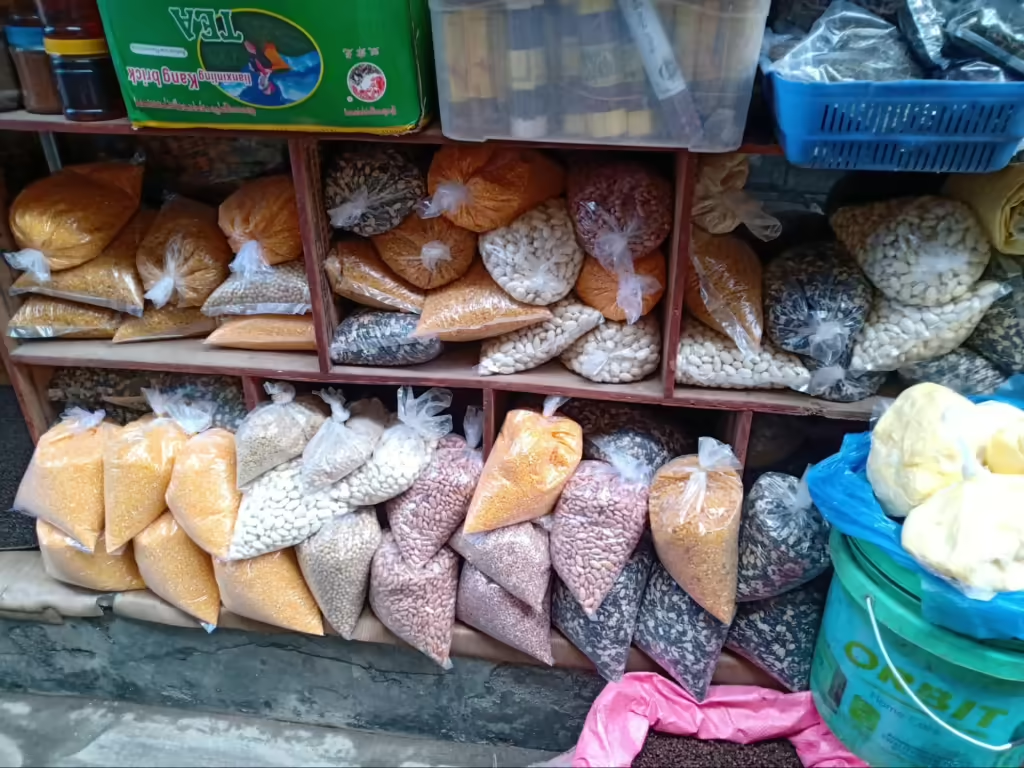
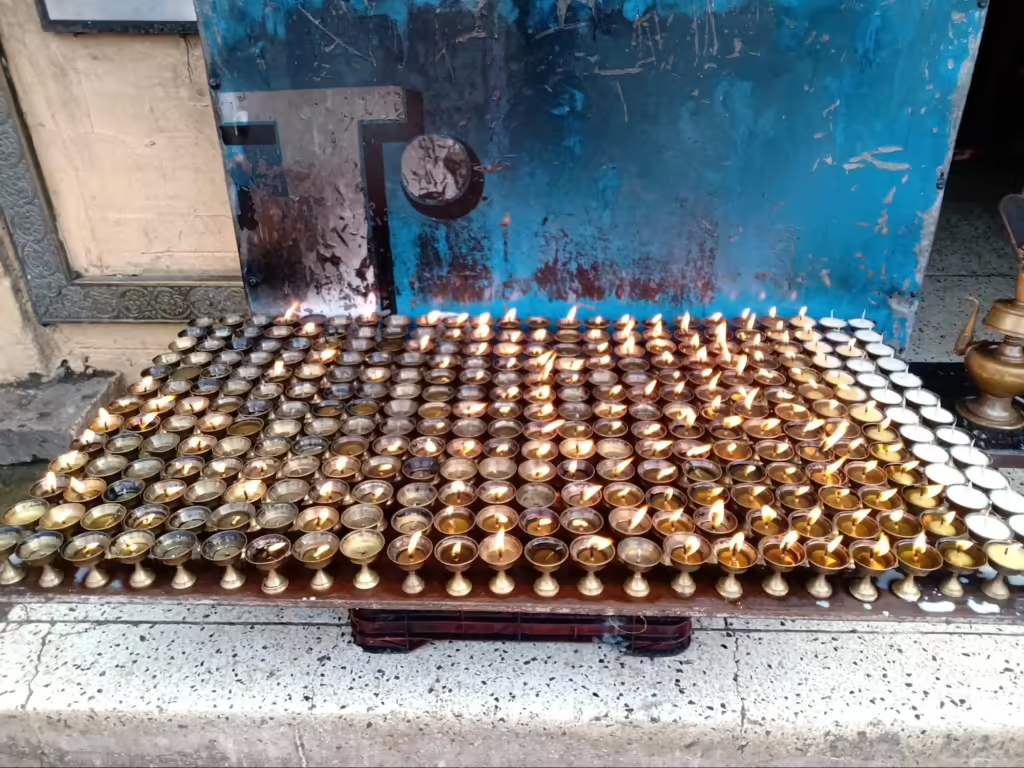
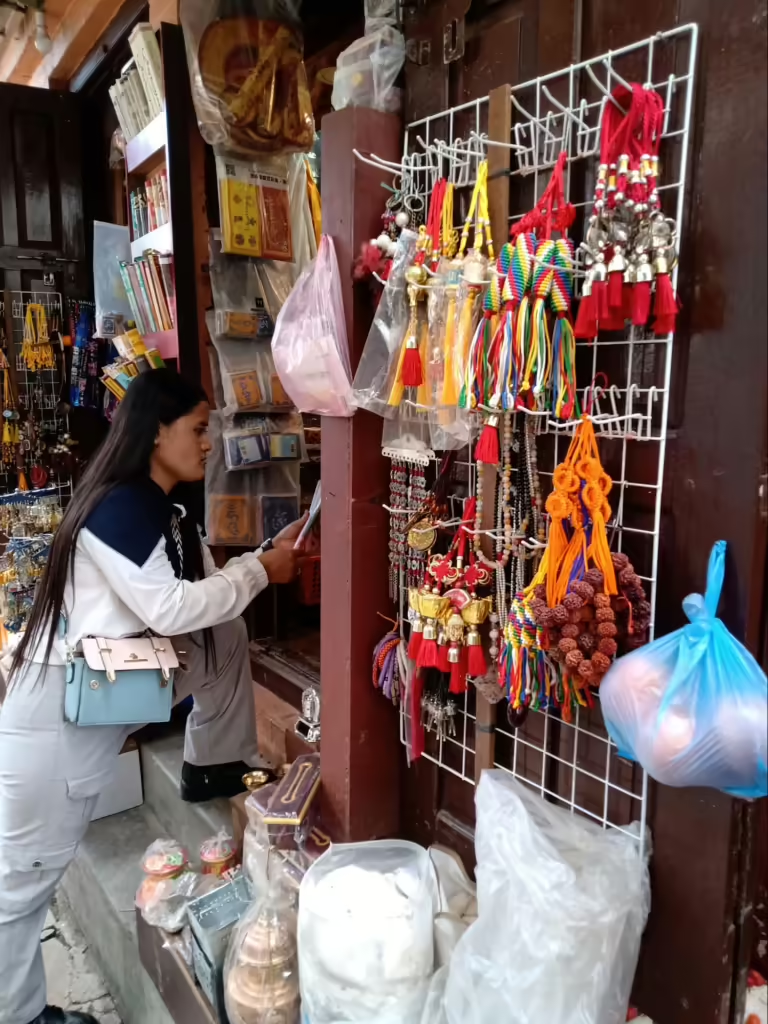
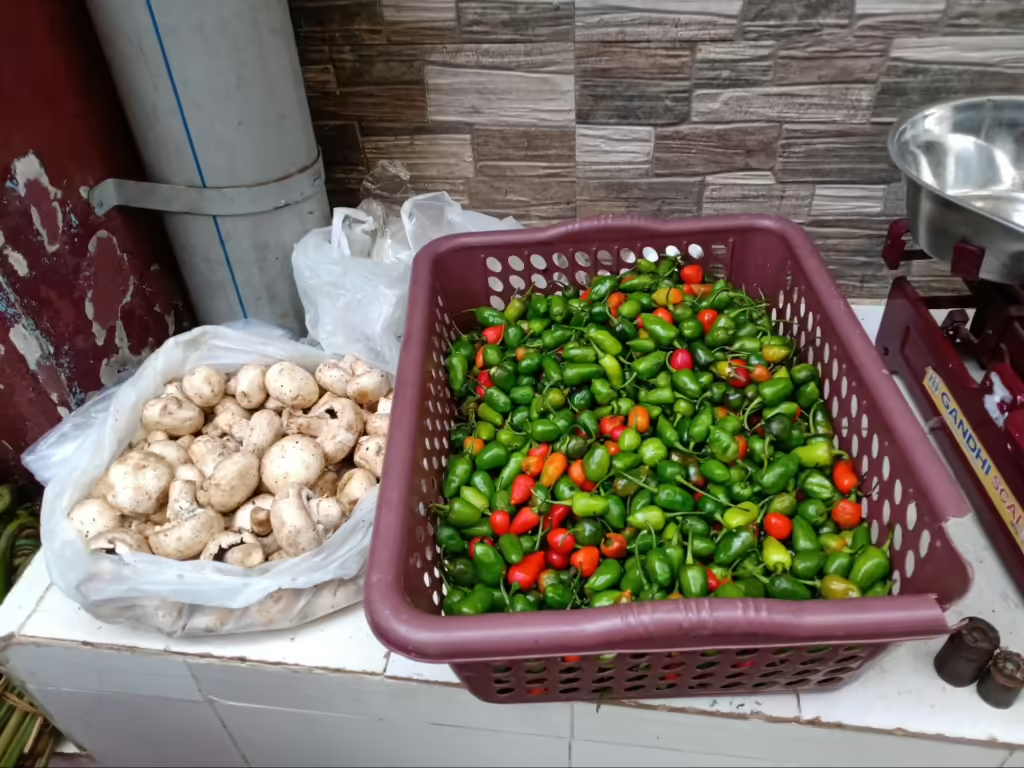
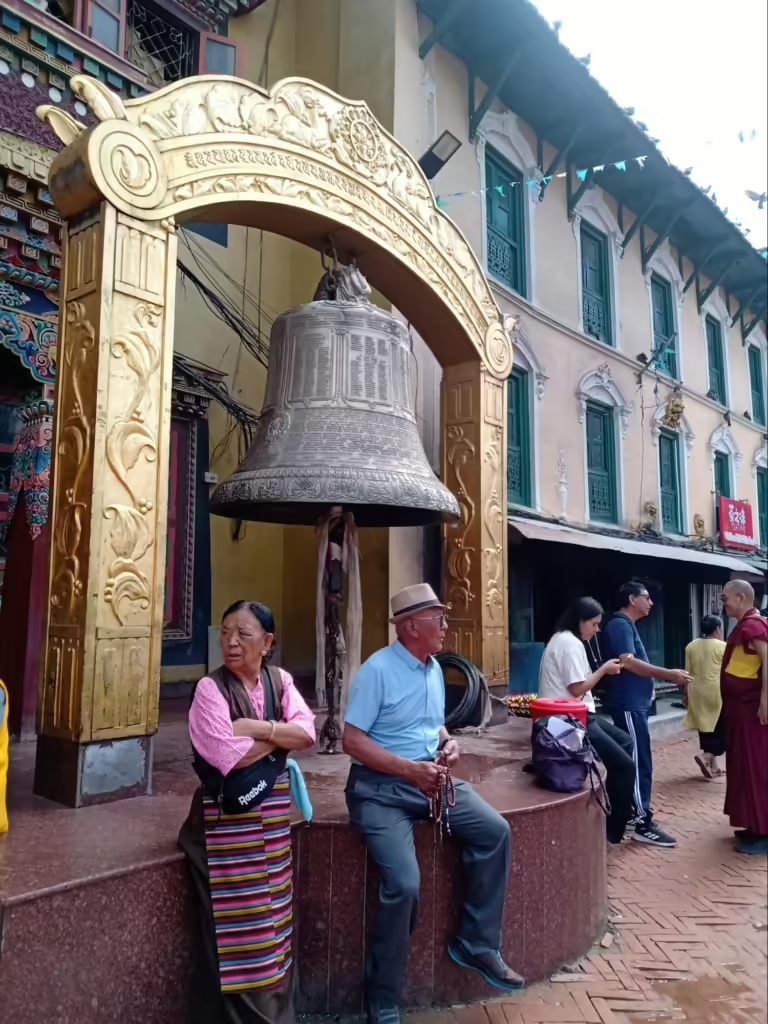
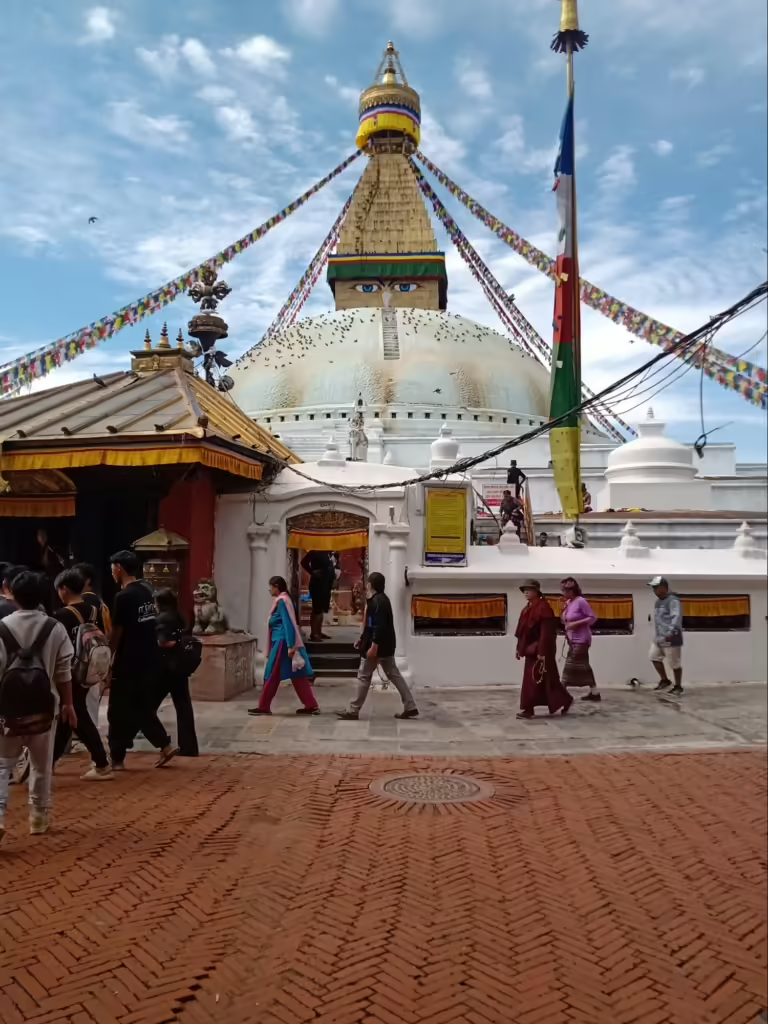
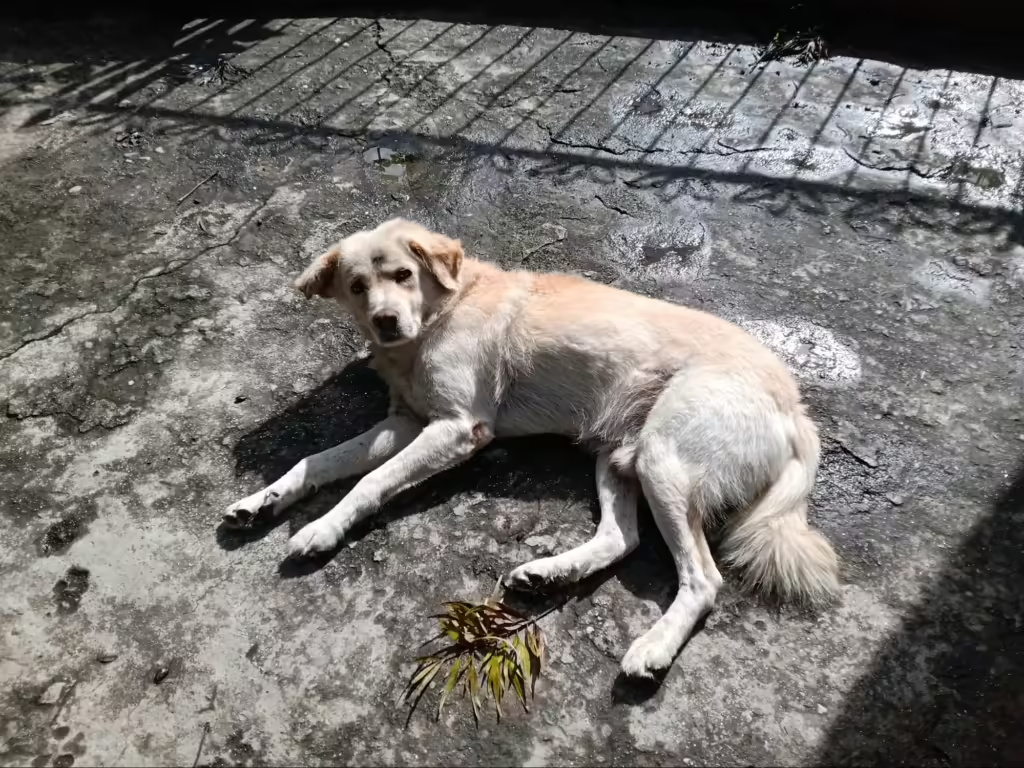
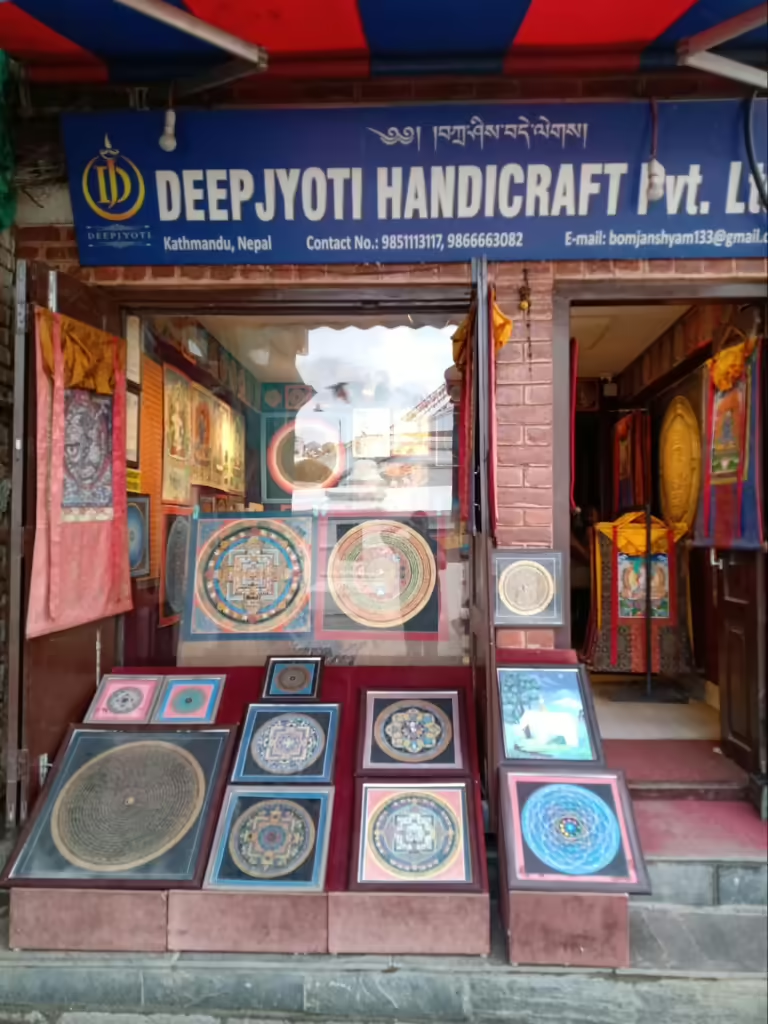
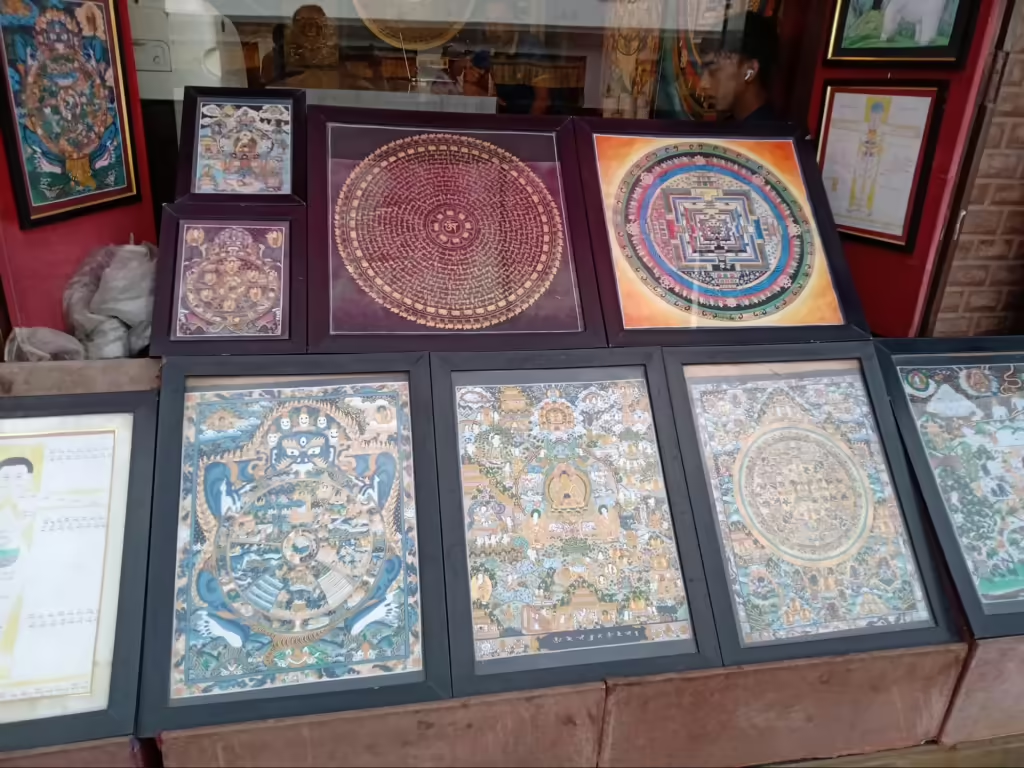
Local commerce is predominantly devotional, sellers of seeds, fruits, spices mixed in the alleys with souvenirs, incense, japamalas, Tankas, images of Buddhas, Yoginis, Hinduism Deities and a wide variety of religious artifacts. There are no people insisting that you buy anything, at most they invite you into their store or show you their products and with a simple “No, thanks” they leave and let you walk without being bothered.
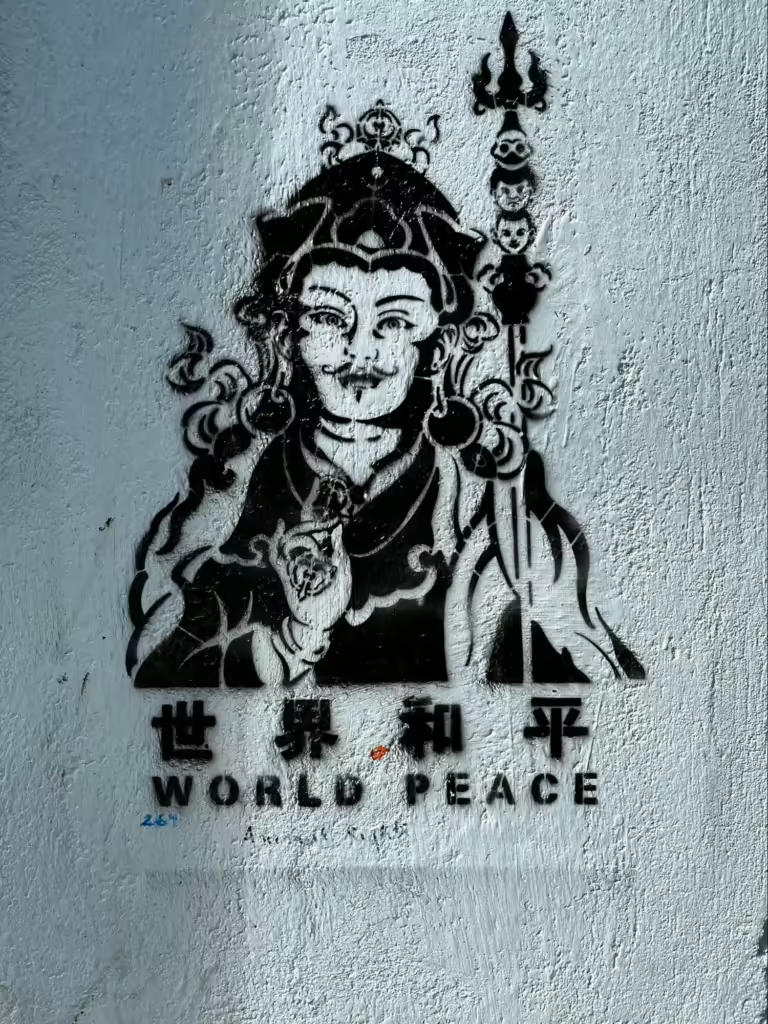
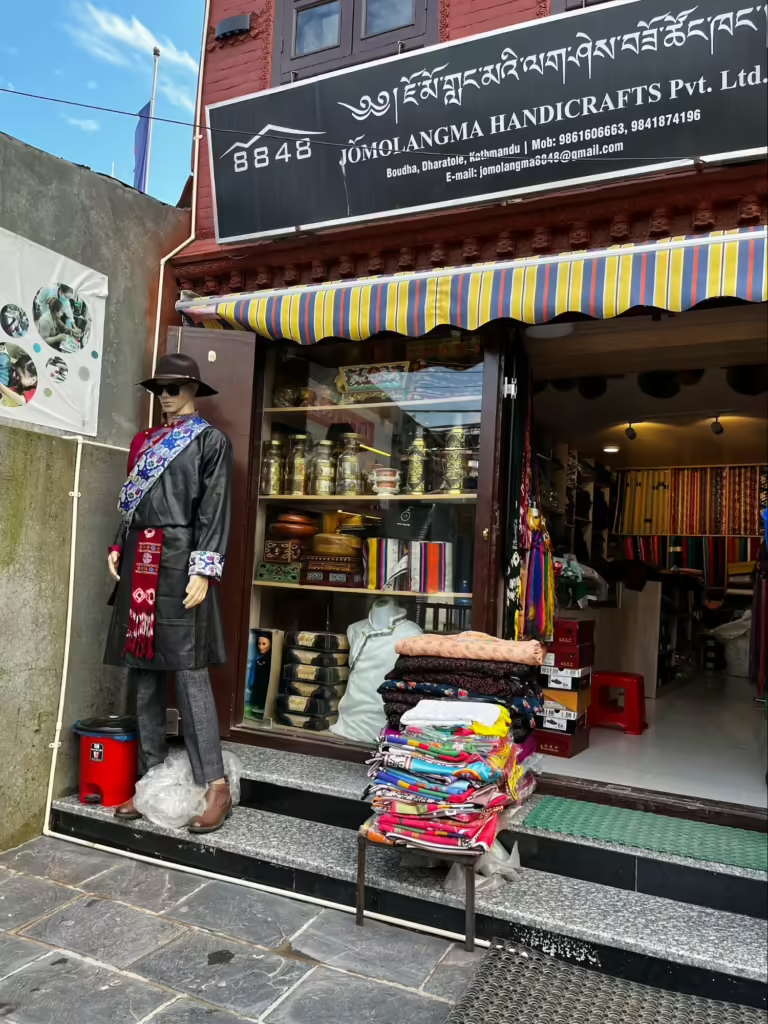
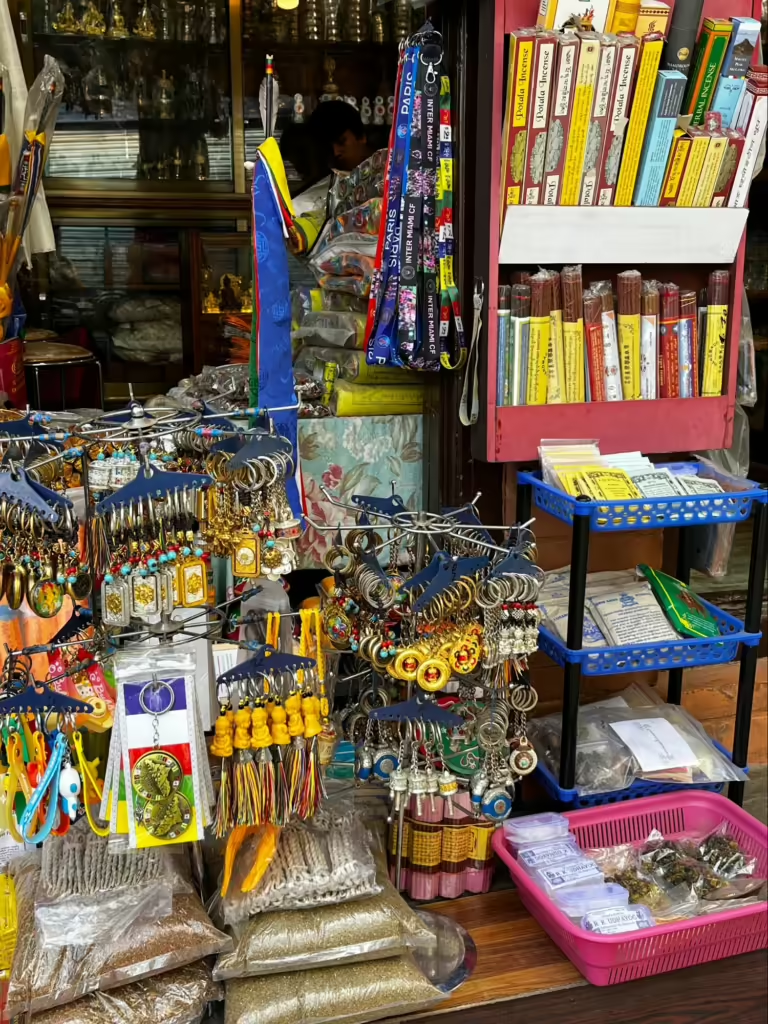
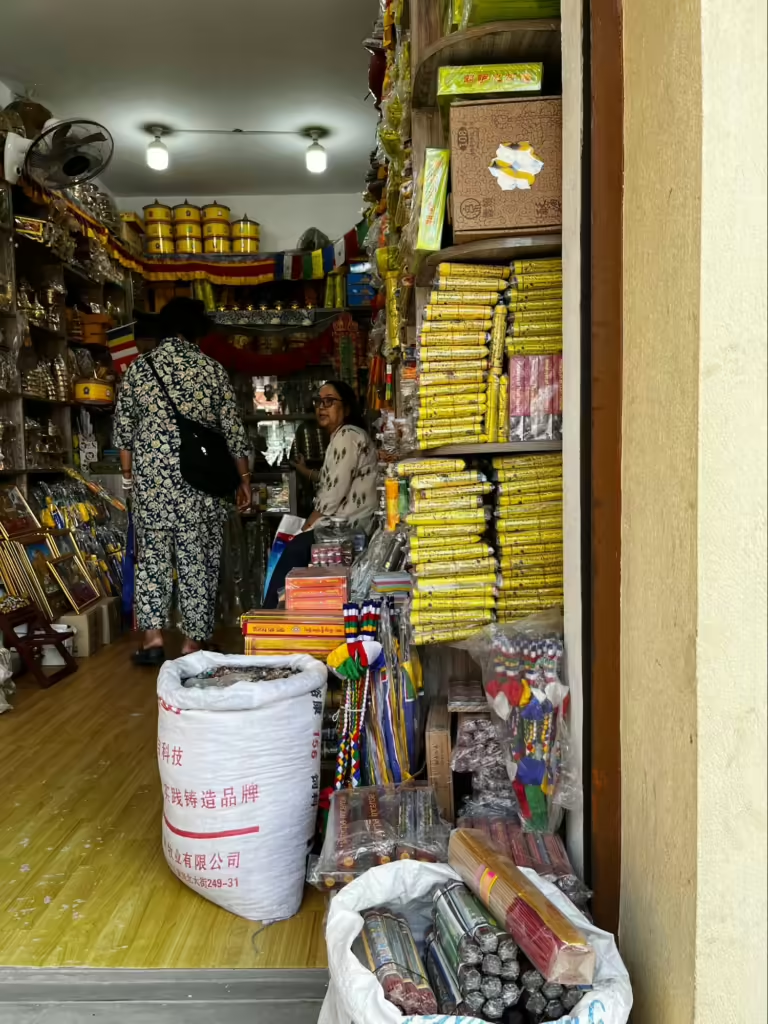
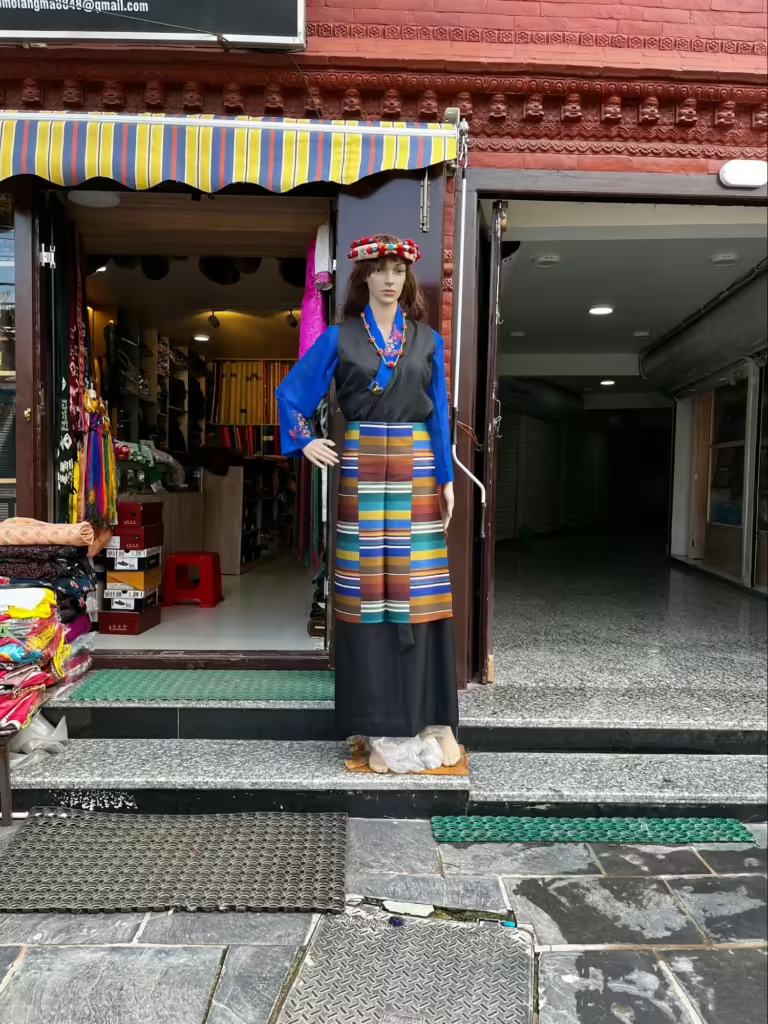
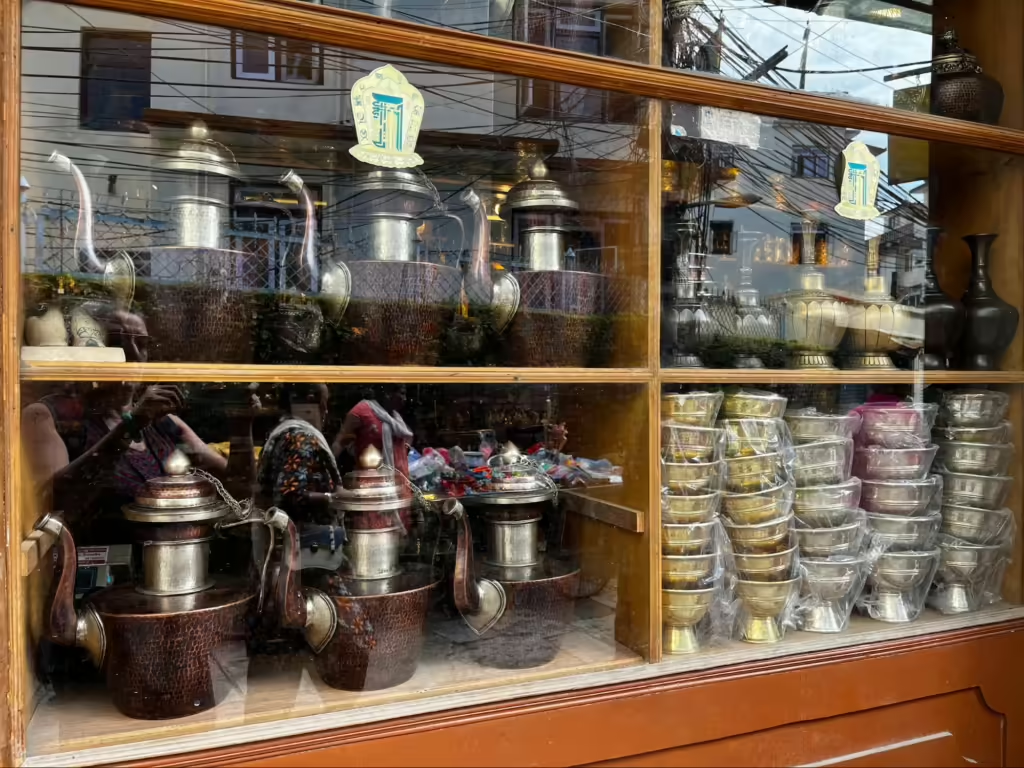
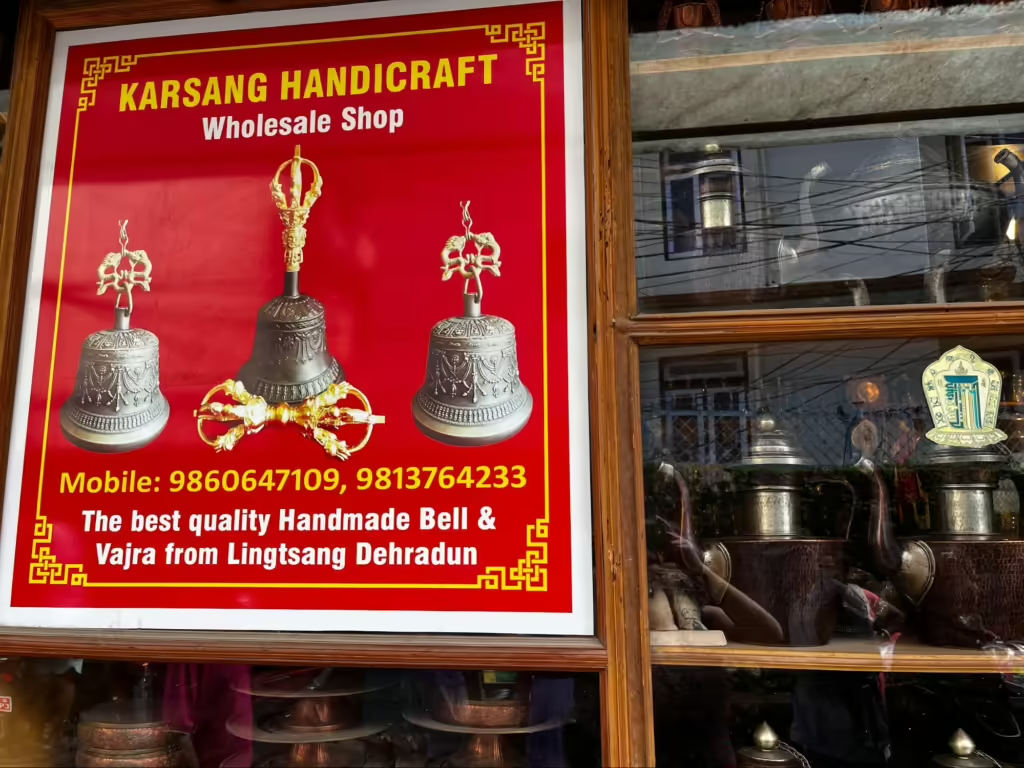
Out of pure ignorance and lack of knowledge, I imagined that people would be more insistent, like in India for example, where it is very difficult to visit tourist places without there being several sellers, children and beggars trying to attract your attention. Just as I thought the traffic would be similar, with lots of crowds, horns, animals and confusion. I was wrong again, there is heavy traffic, but there are no animals or horns.
I can’t help but mention the cleanliness of the sites, I didn’t see trash accumulated anywhere, much less in pilgrimage sites or archaeological sites. My guide Narayan explained to me that the government directly pays the people who clean up the amount acquired from the sale of entry tickets to visitors. So the areas are swept three times a day, maintaining an inviting and pleasant appearance for those traveling through the areas.
Another fact that I didn’t know is that Nepal was never colonized, England tried to invade the country countless times, but the courage and expertise of the Nepalese in fighting in the mountains ended up making the English give up to colonize them and after a while began to hire Nepalese soldiers to fight in their wars, including the Falkland Islands war. This generated another type of problem in Nepali society, which today has a large number of young people who are going to fight and die in wars and conflicts that are not linked to their country. Nepal is a peaceful country, proud of culture and its autonomy but since the Pandemic it has been facing problems such as the lack of jobs, pushing its young people into the army in search of stability, status and lifetime pension. It is a complex social problem but until the economy recovers there is no possible solution.
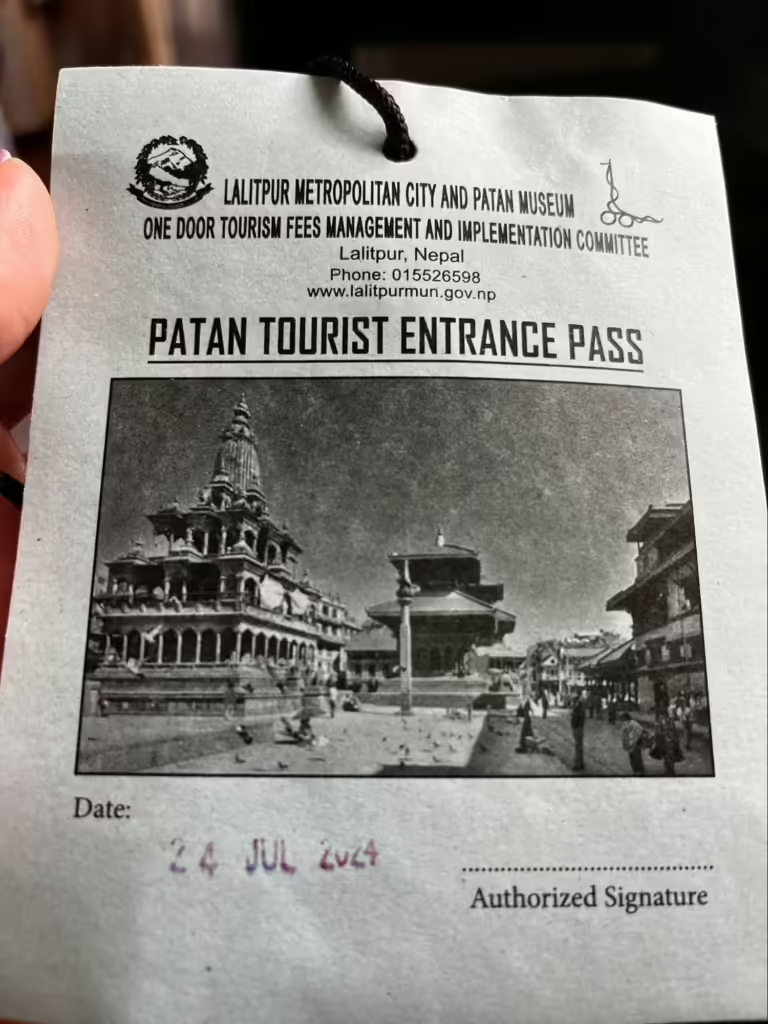
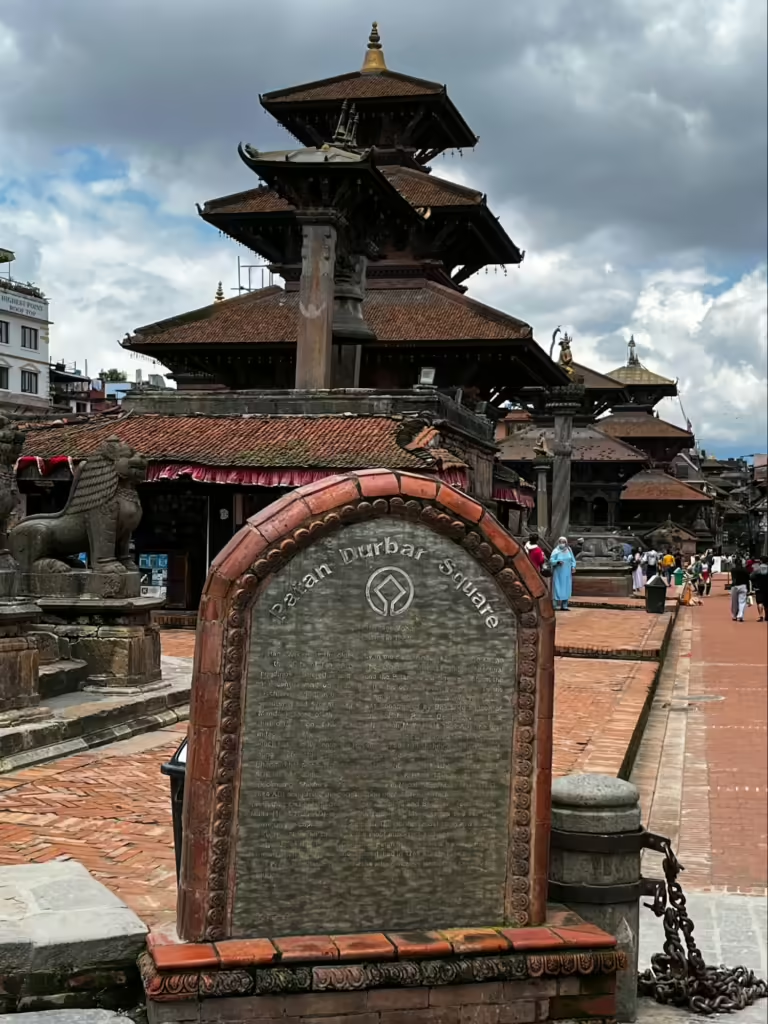
One of the most interesting places to visit in the city is Patan Durbar Square. It is one of three Durbar squares in Kathmandu Valley, all of them registered on the list of UNESCO World Heritage Sites. One of the attractions is the old Royal Palace, where the kings of Malla Dynasty resided for some time. The three main courtyards of the palace are Chowk Mul, Sundari Chowk and Keshav Narayan Chowk. In addition to these courtyards, the complex has impressive temples, religious shrines and historic places, showcasing the skills of artists and artisans Neuaris over several centuries of Newari architecture. The site was almost completely destroyed in the 2015 earthquake and it is still possible to see some buildings that are being restored or rebuilt.
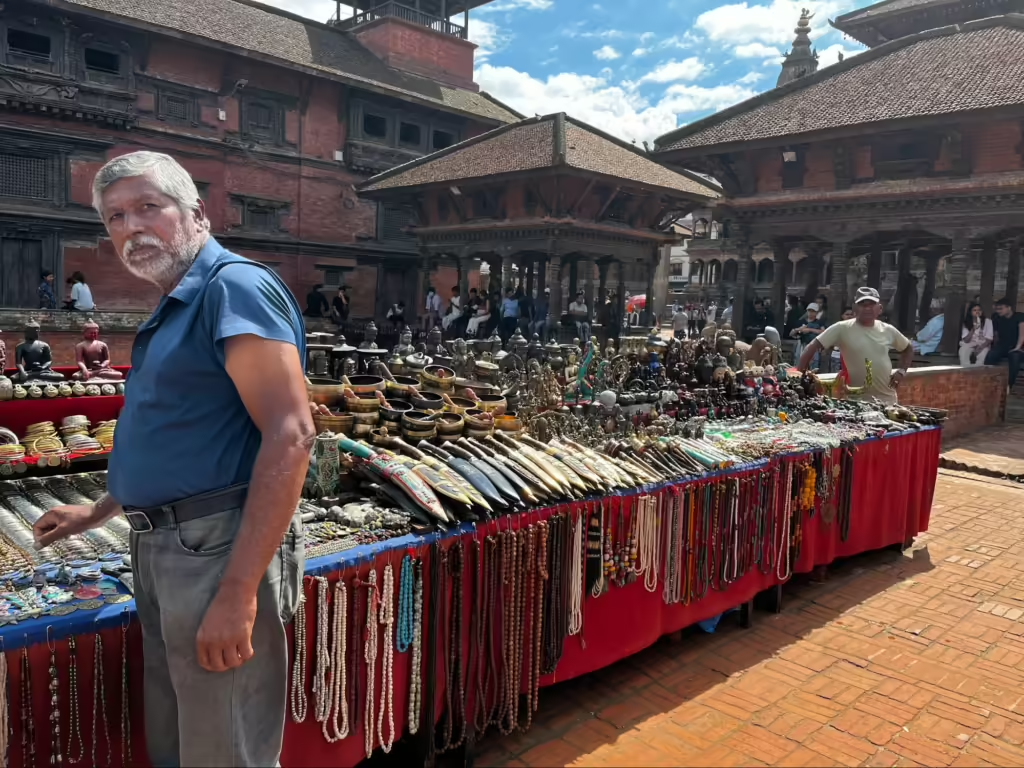
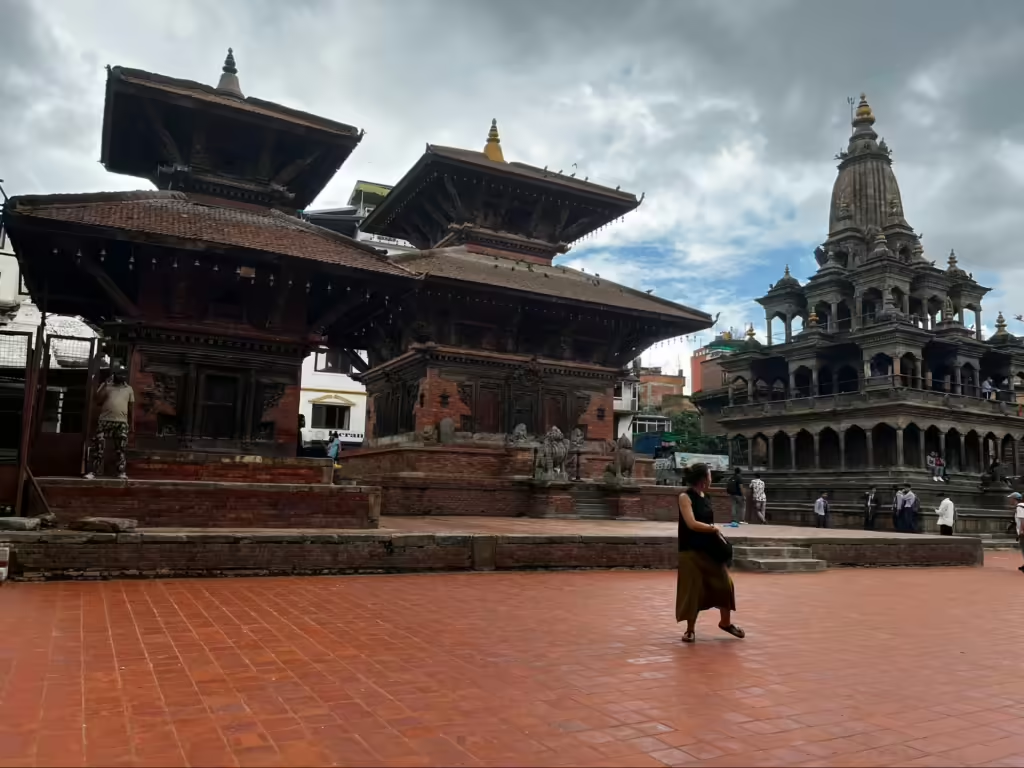
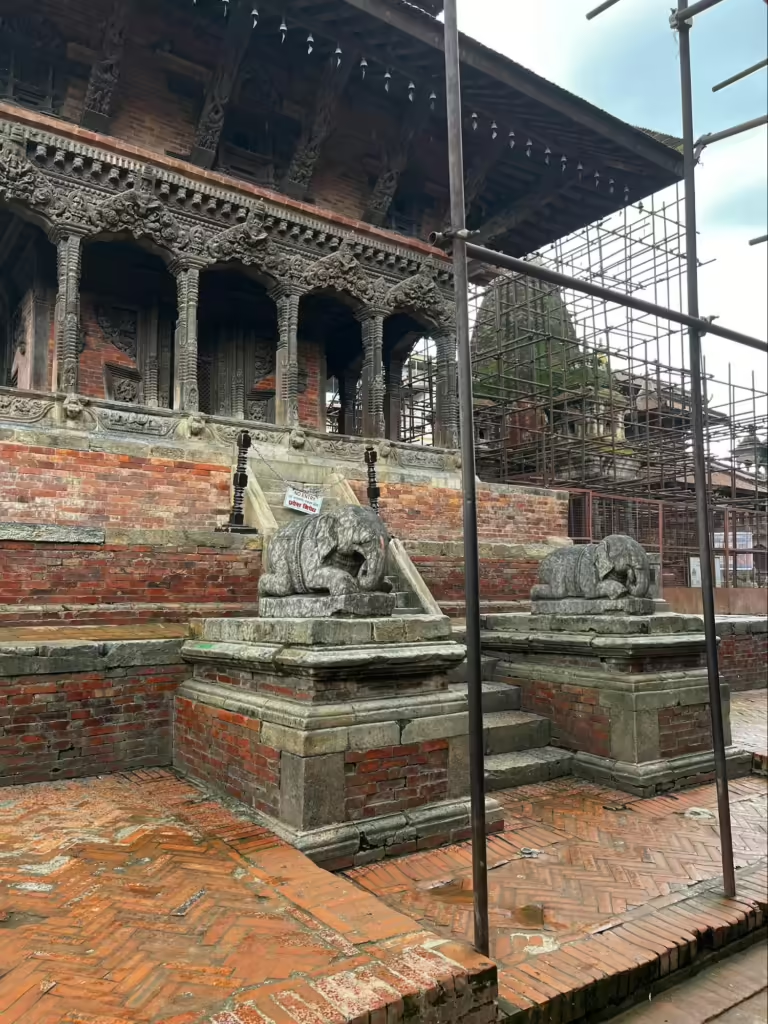
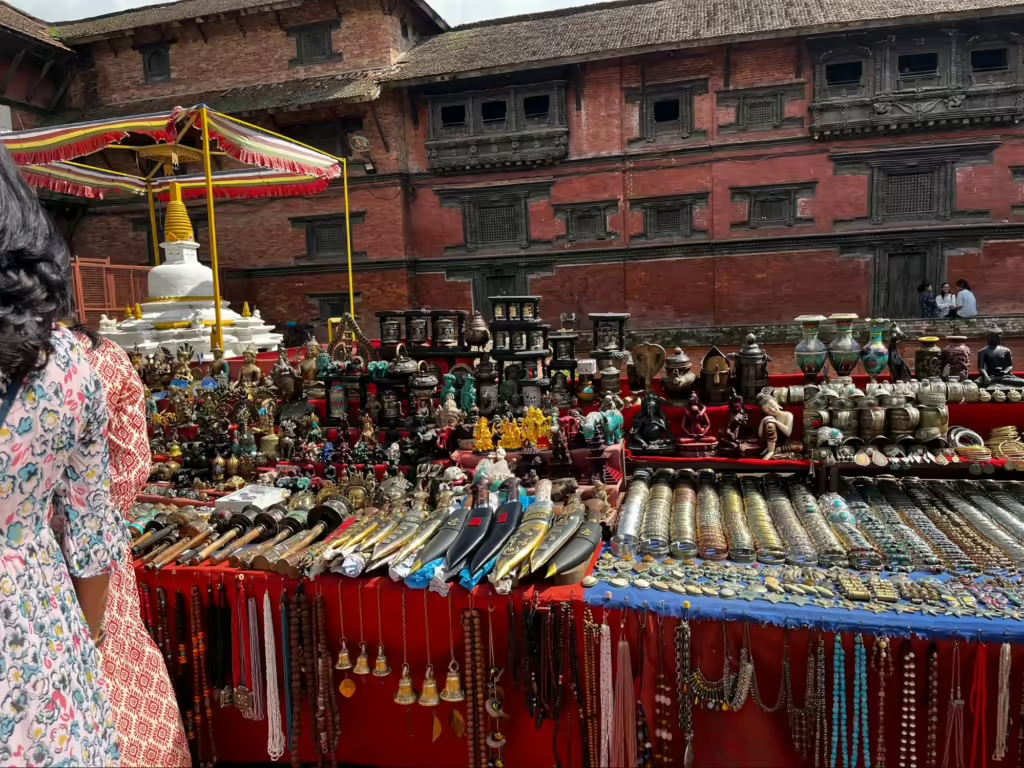
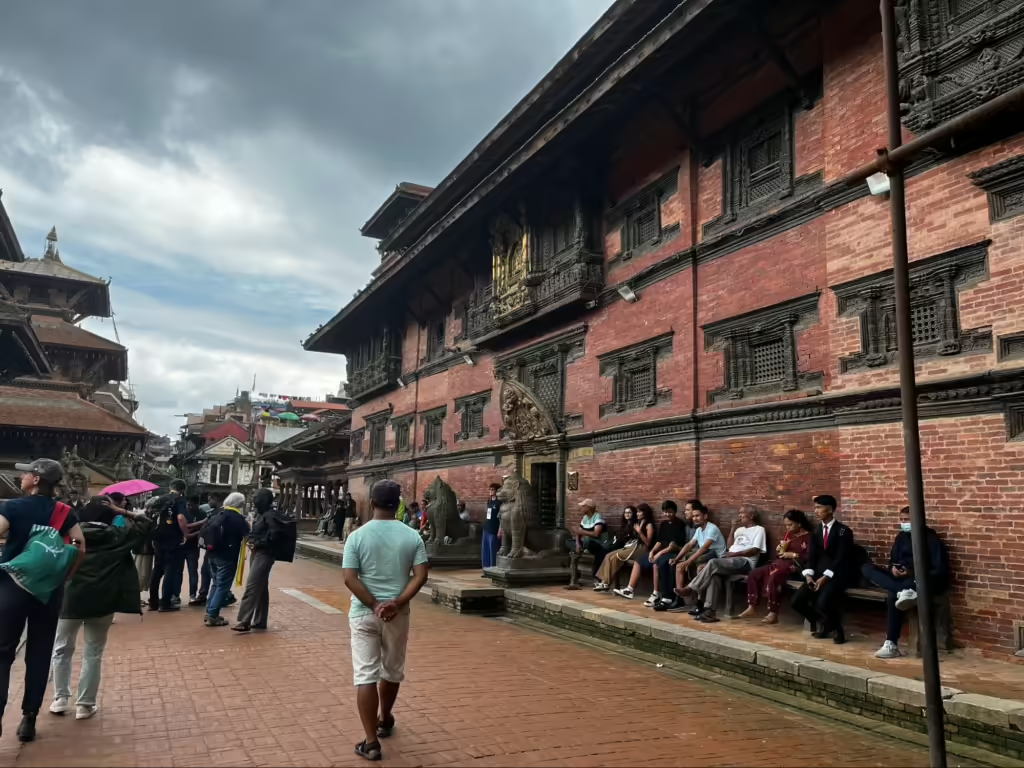
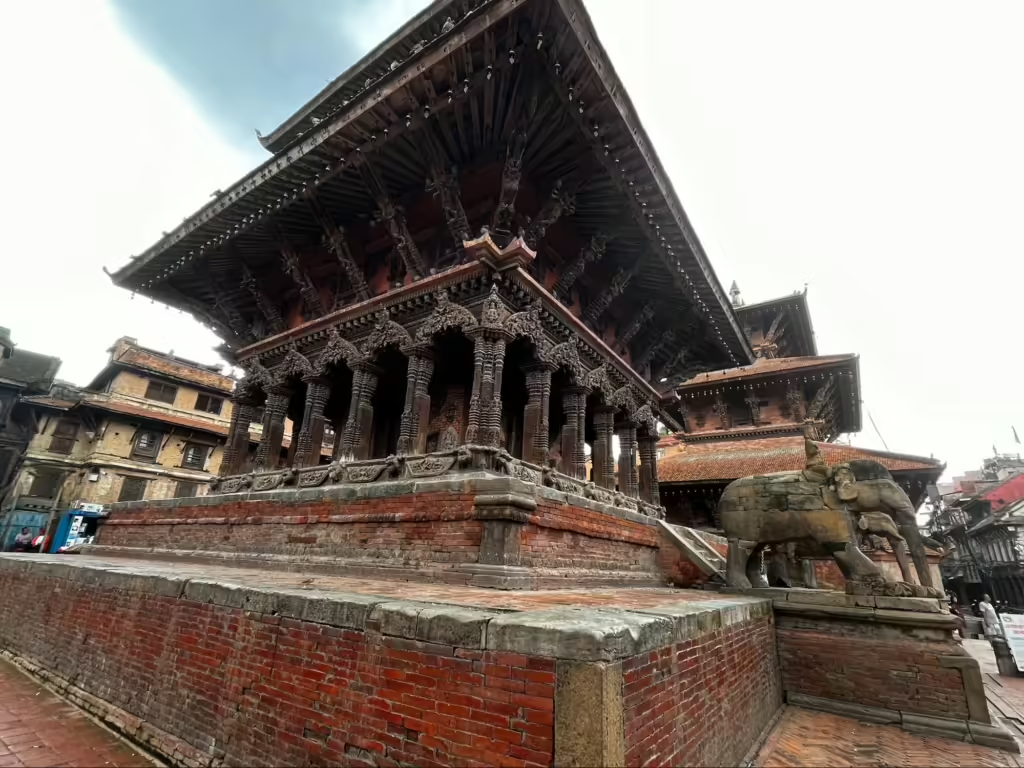
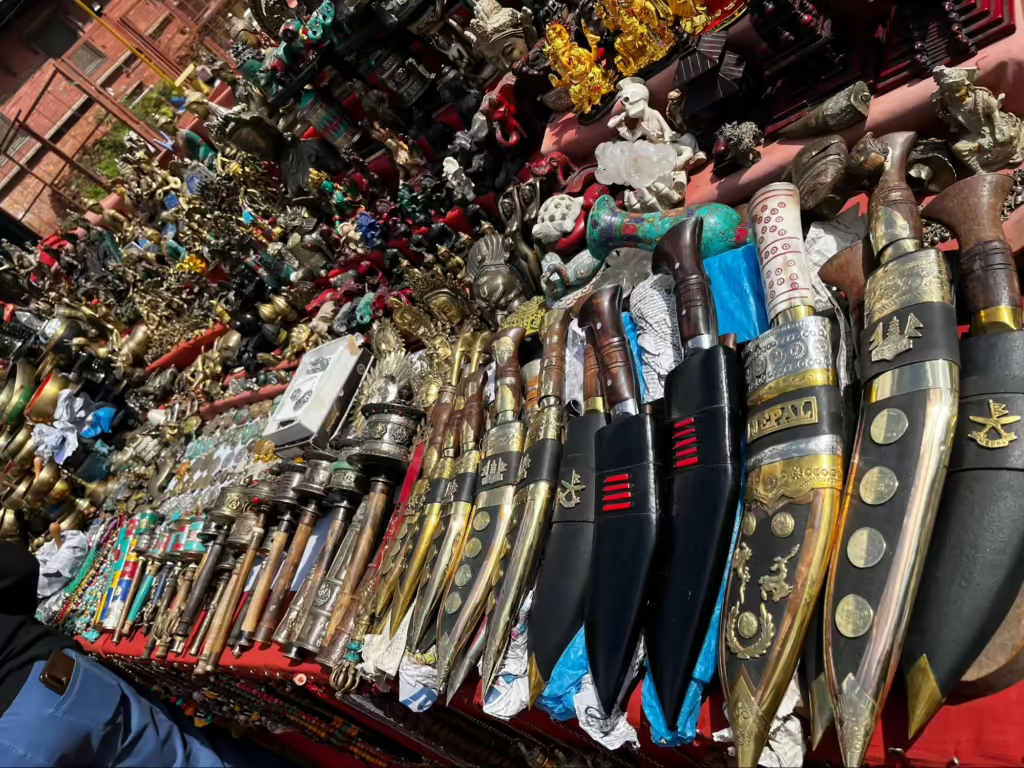
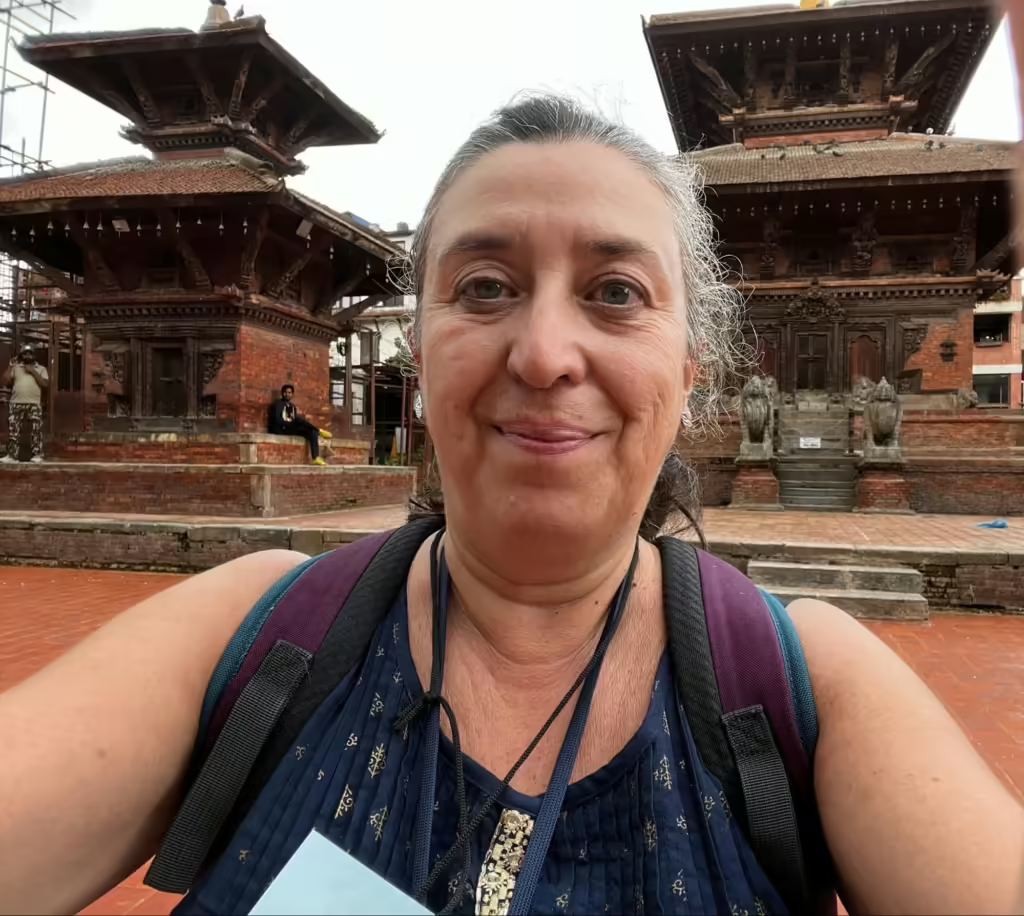
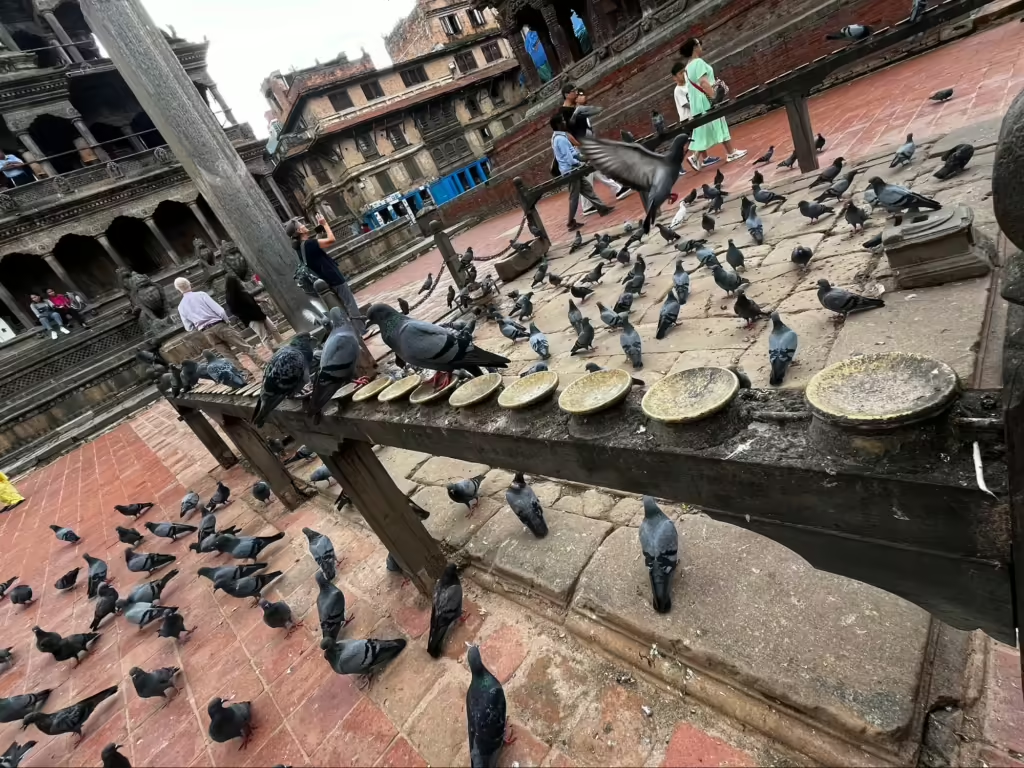
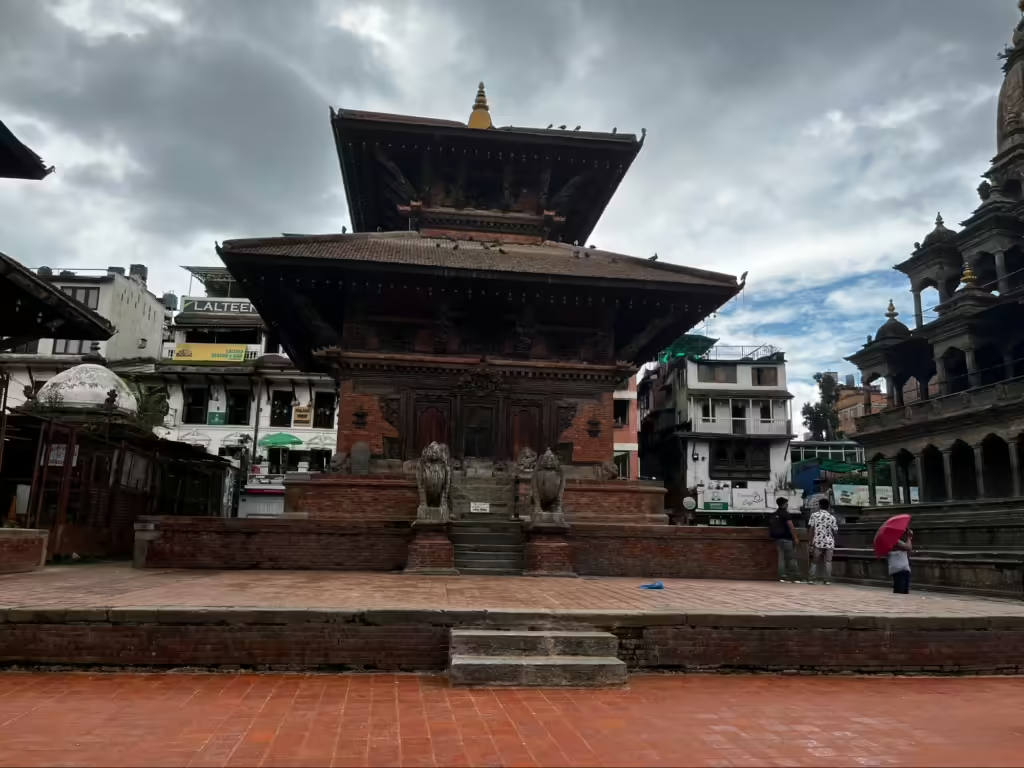
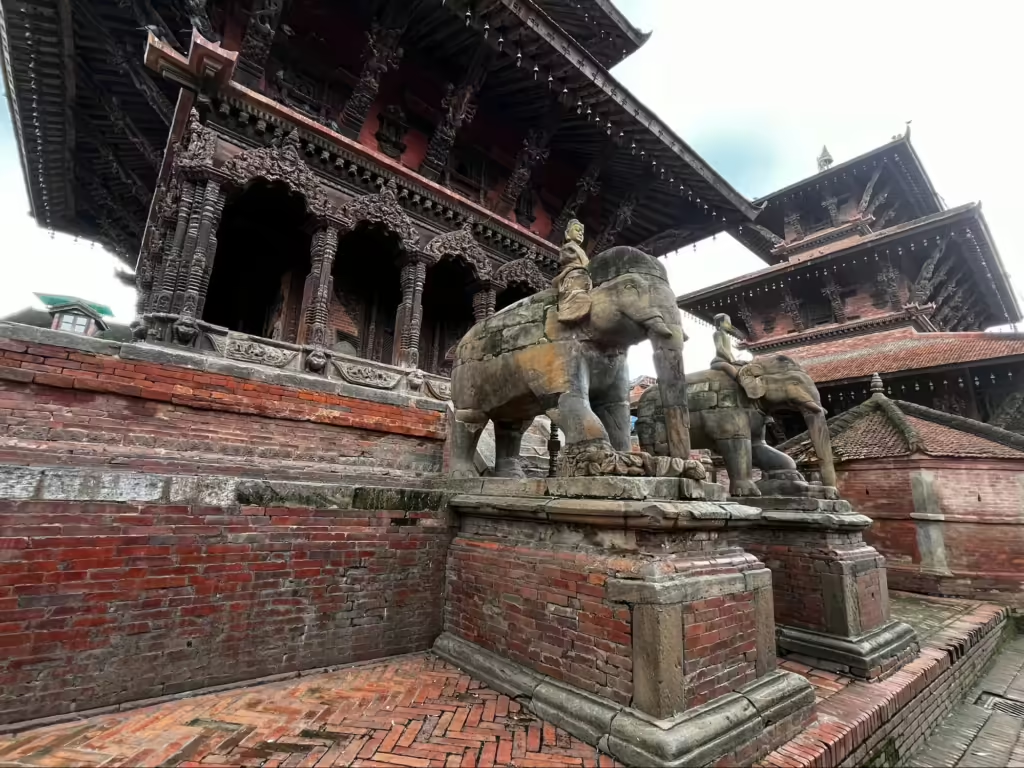
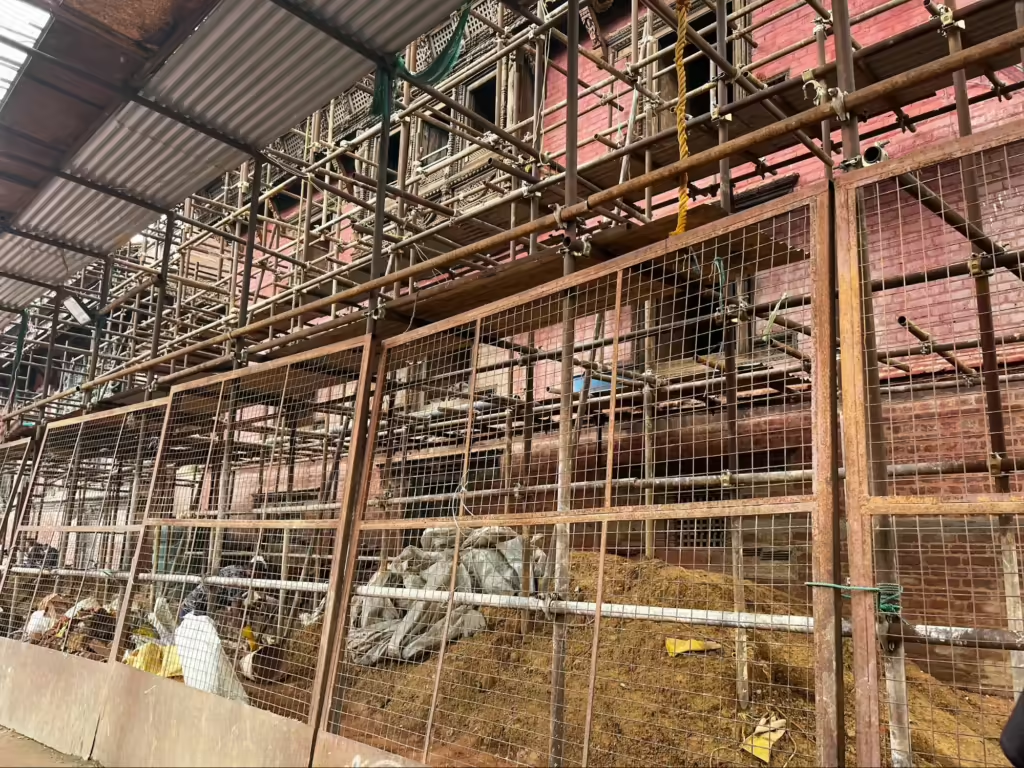
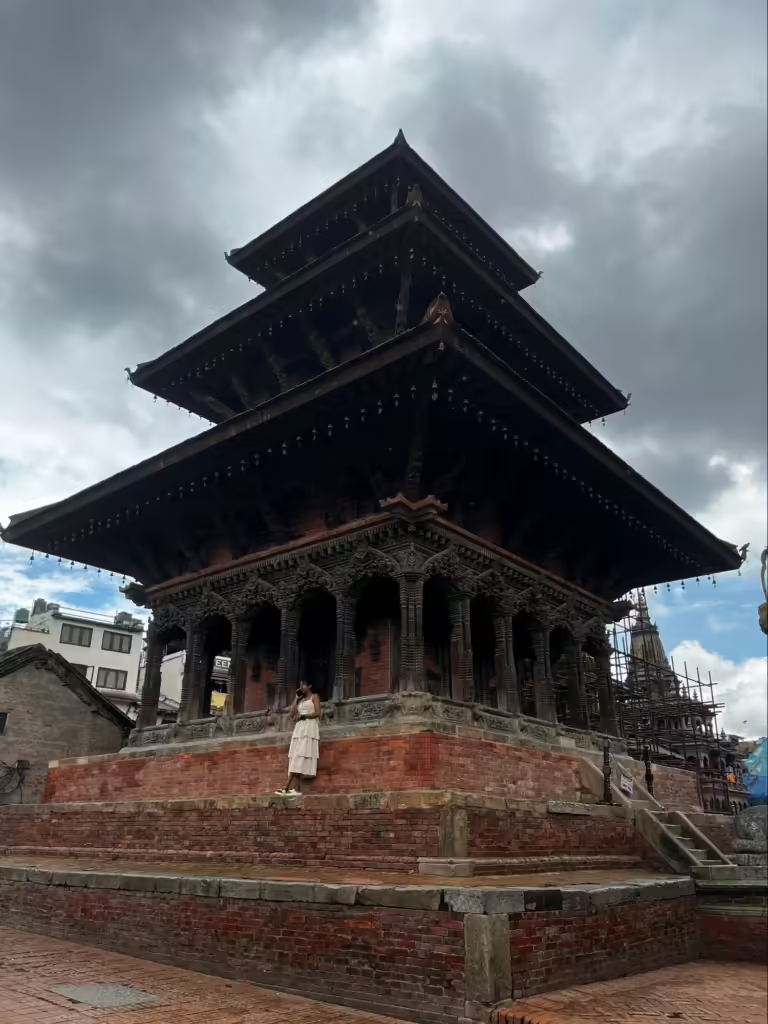
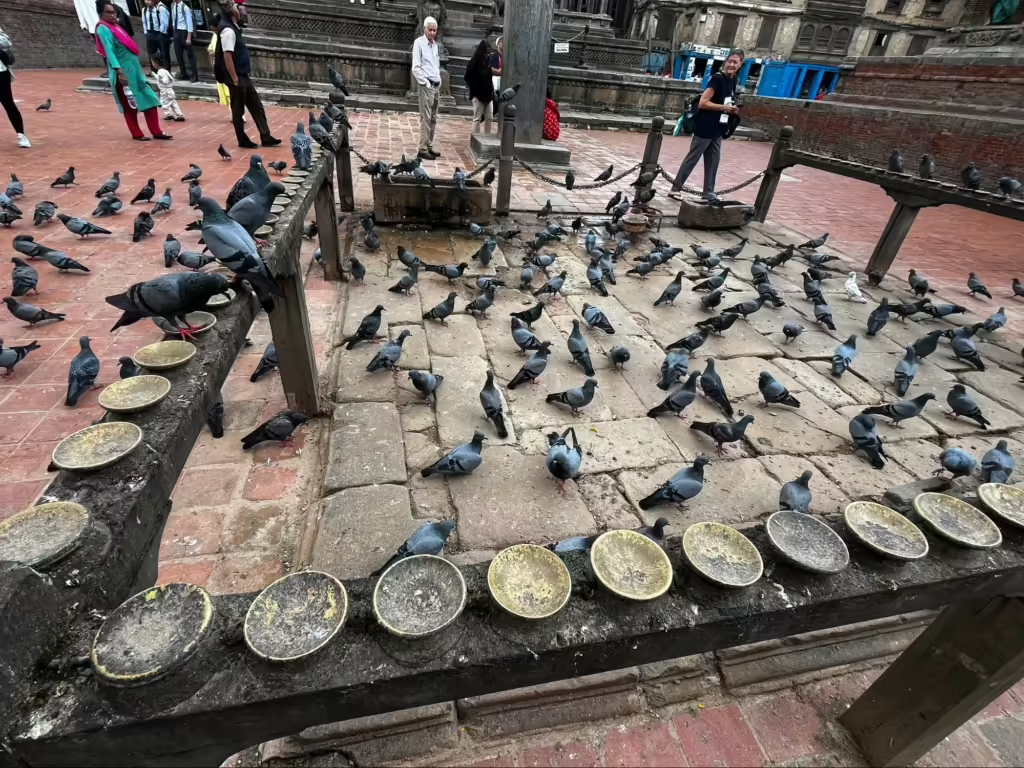
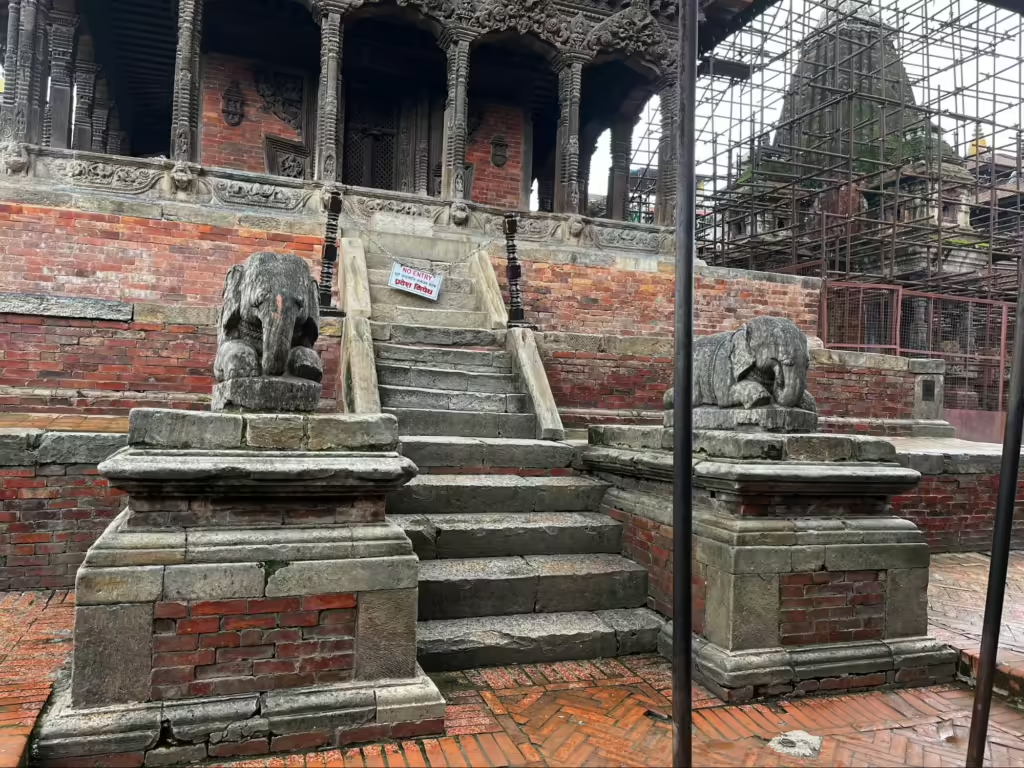
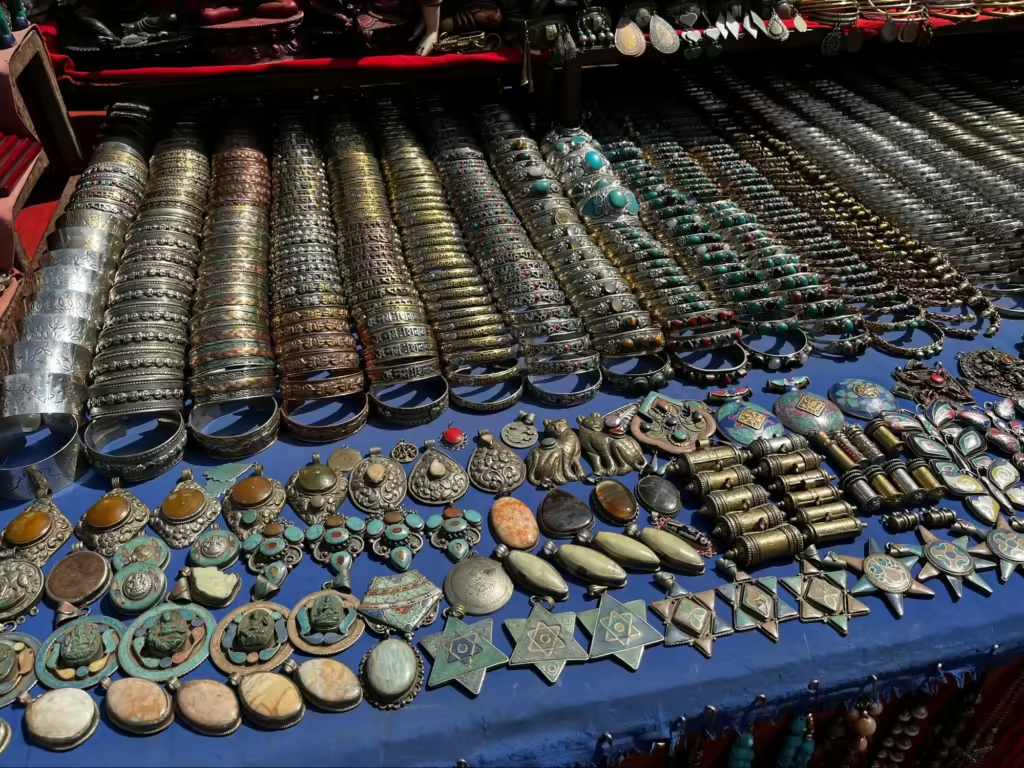
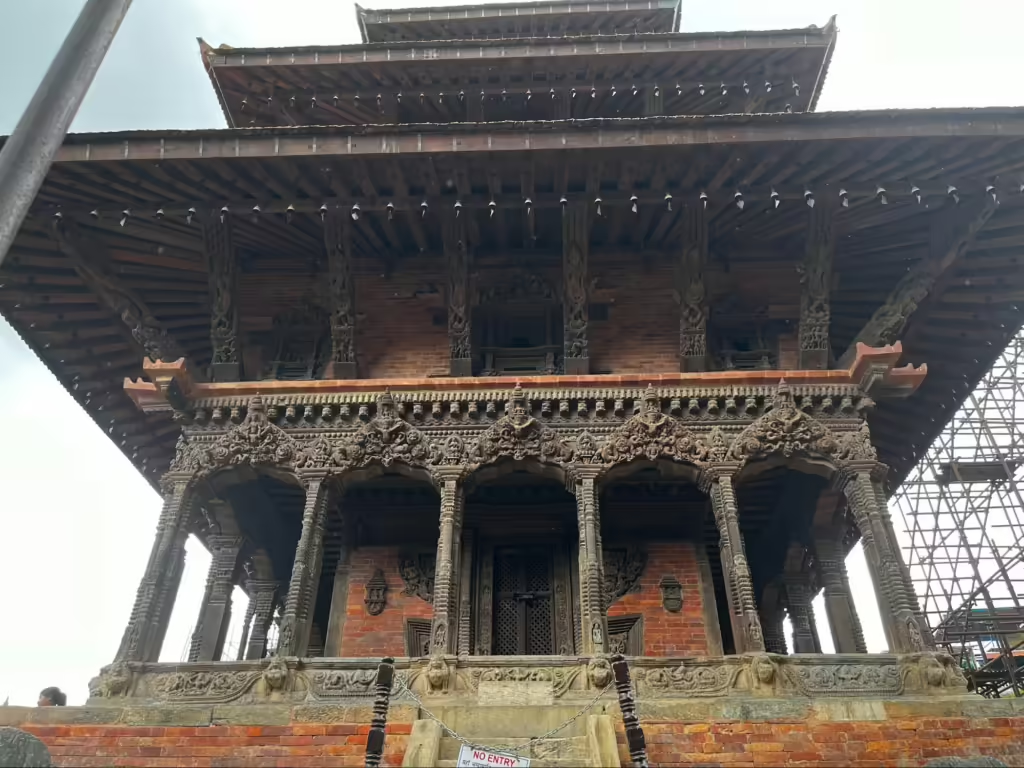
The local commerce is very interesting and full of typical items, there is a wide variety of ornaments for the home as well as accessories such as bracelets, necklaces, rings and decorative items. A temptation for visitors, it usually makes me want to bring everything but I had to restrain myself as my suitcase was almost full and paying an extra fee for being overweight at the airport is not fun at all. Furthermore, I had to reserve a special space for something that I had wanted to buy for many years and that, due to its beauty and therapeutic usefulness, I had already put on my wish list.
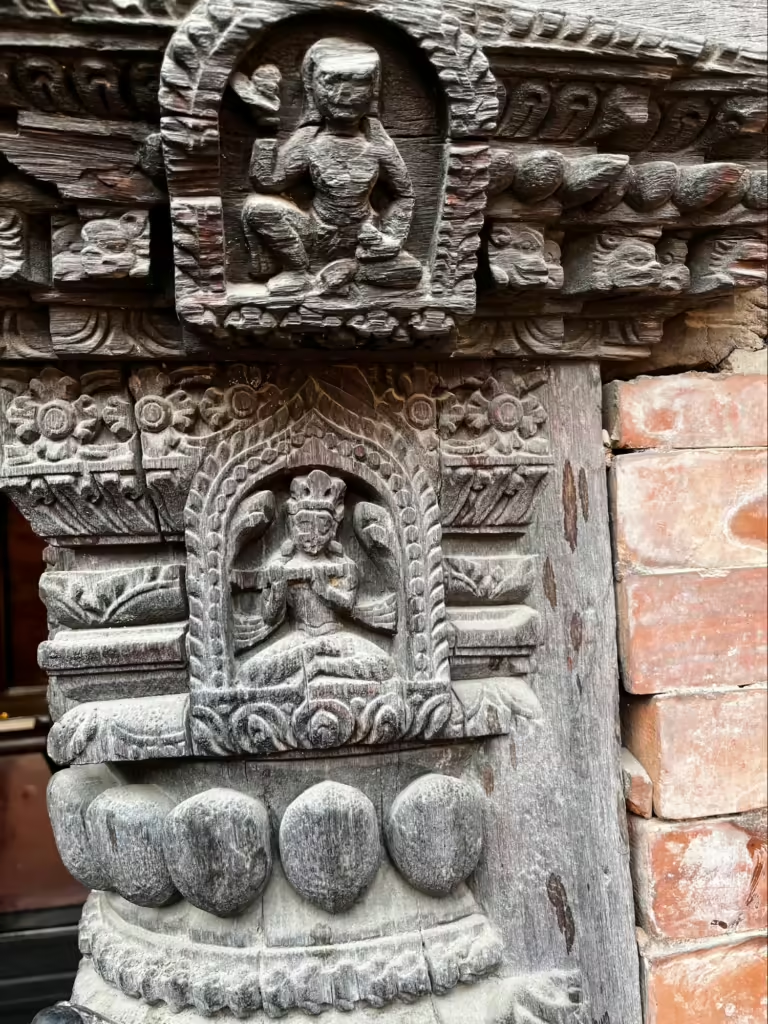
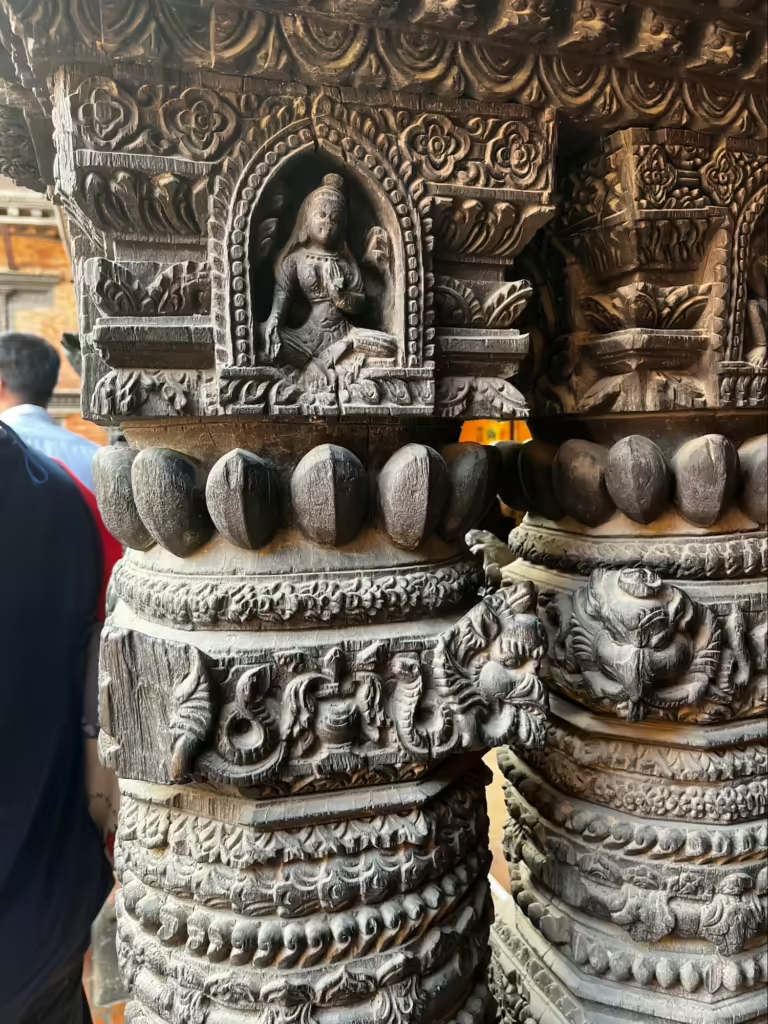
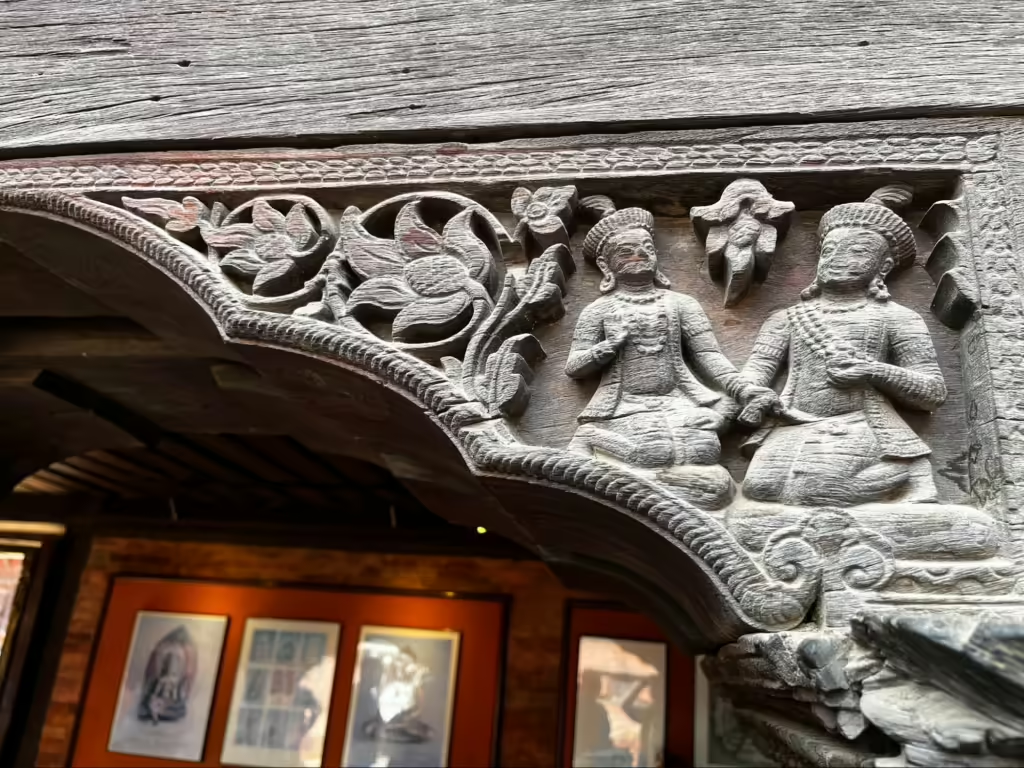
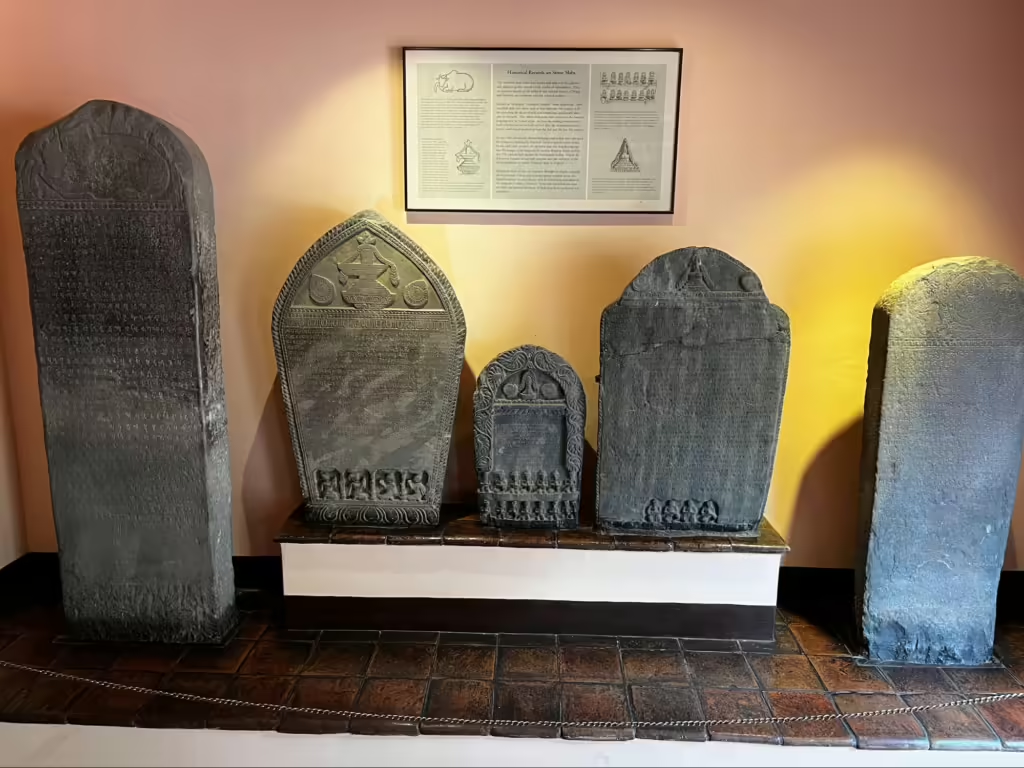
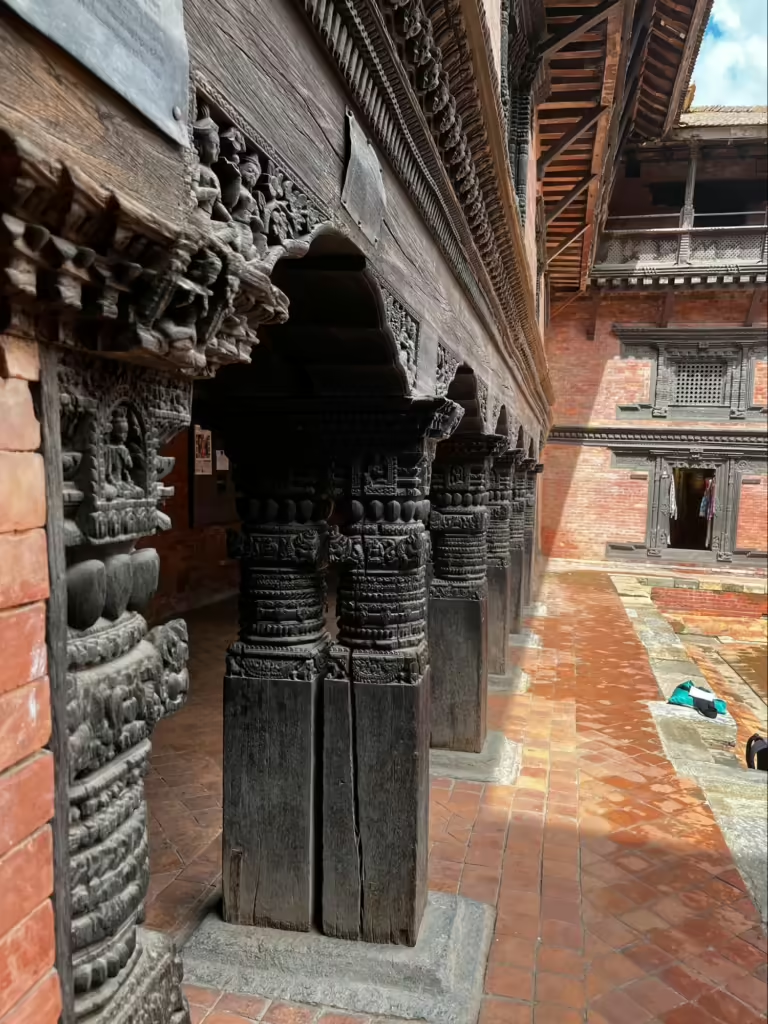
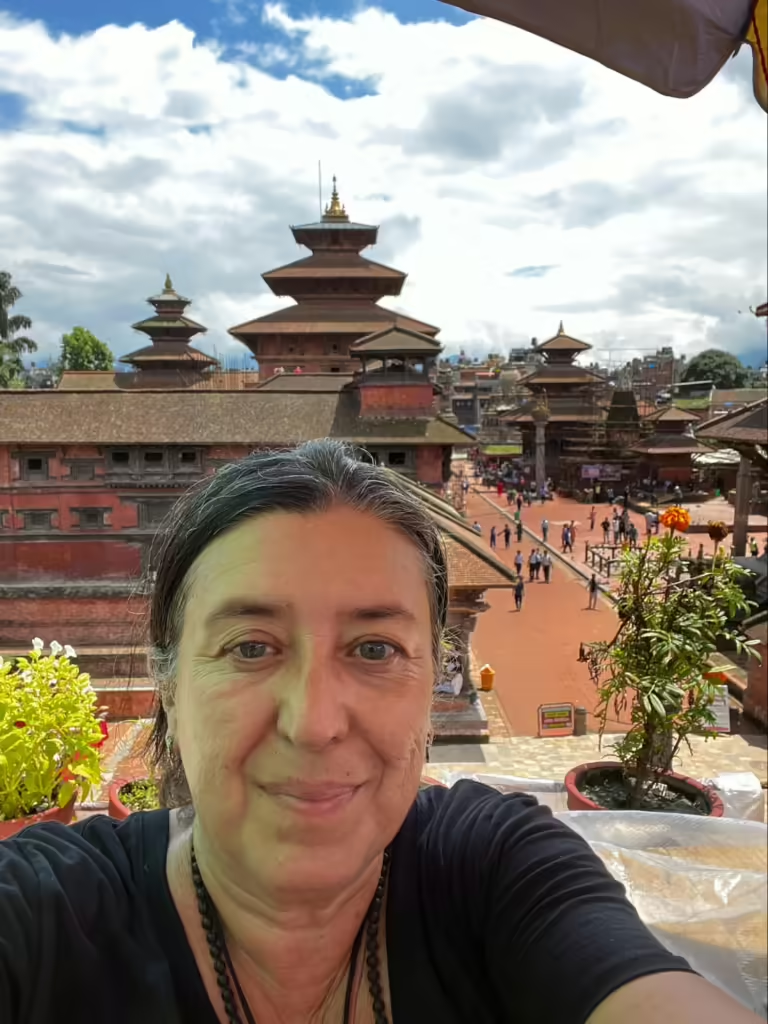
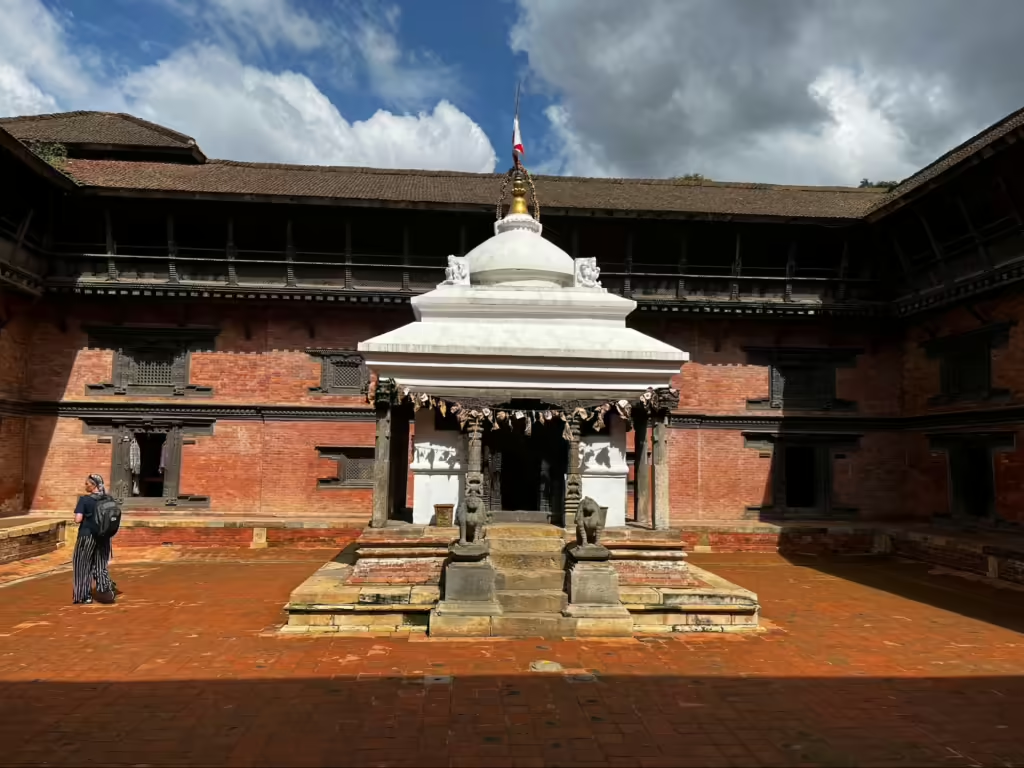
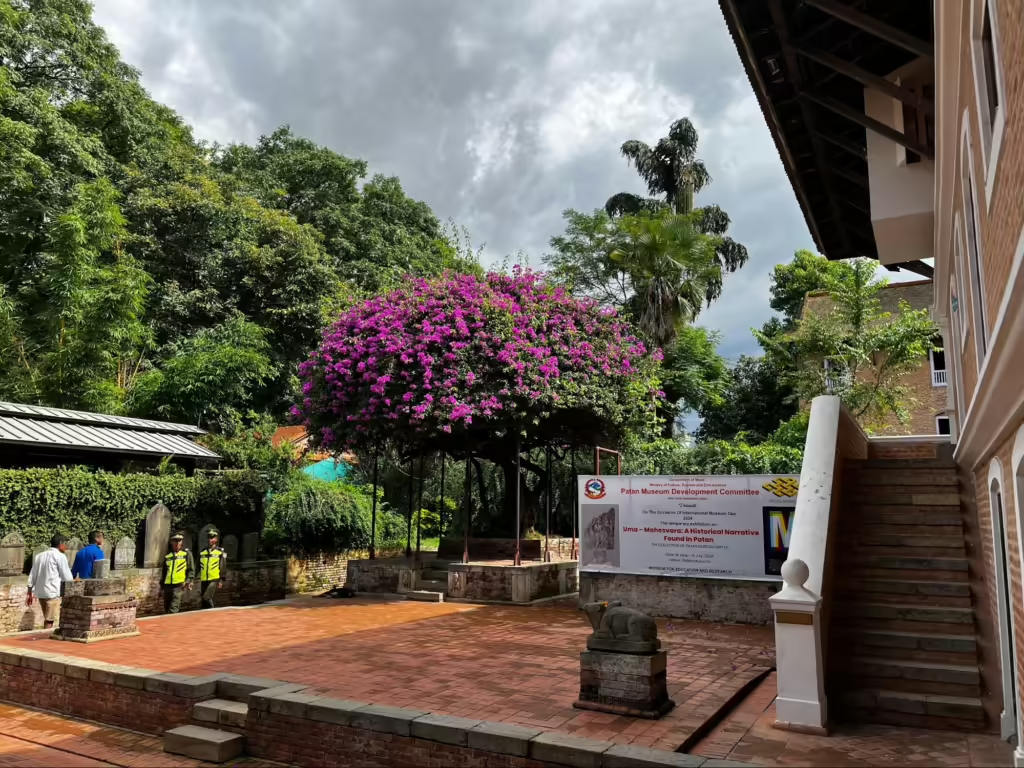
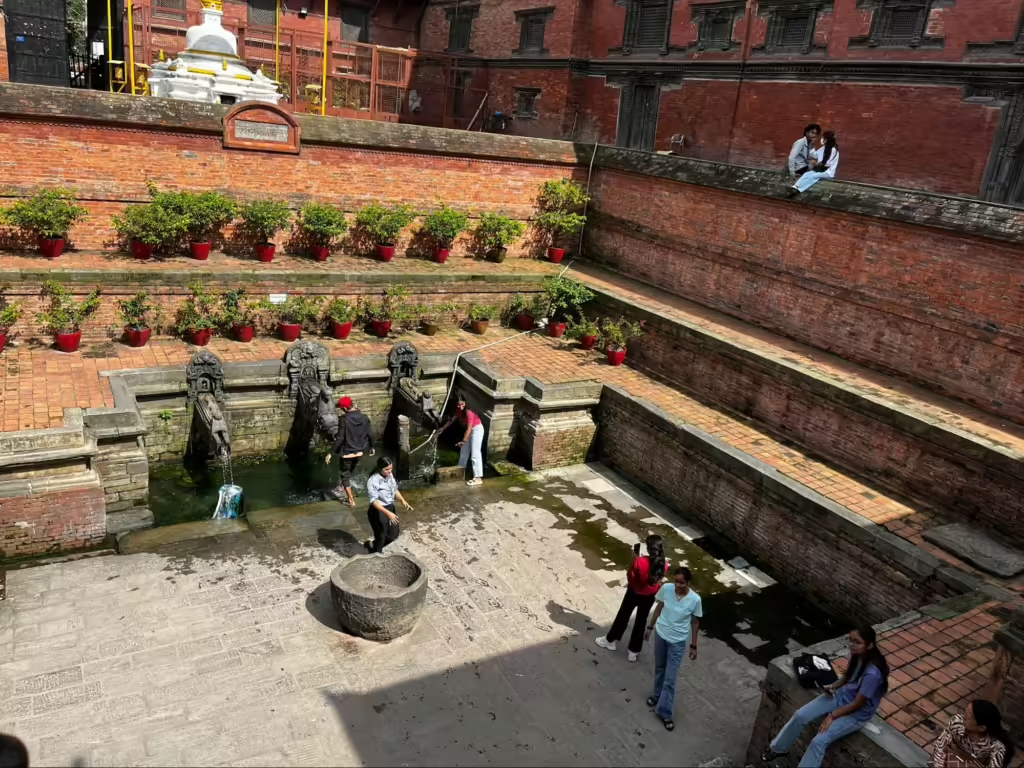
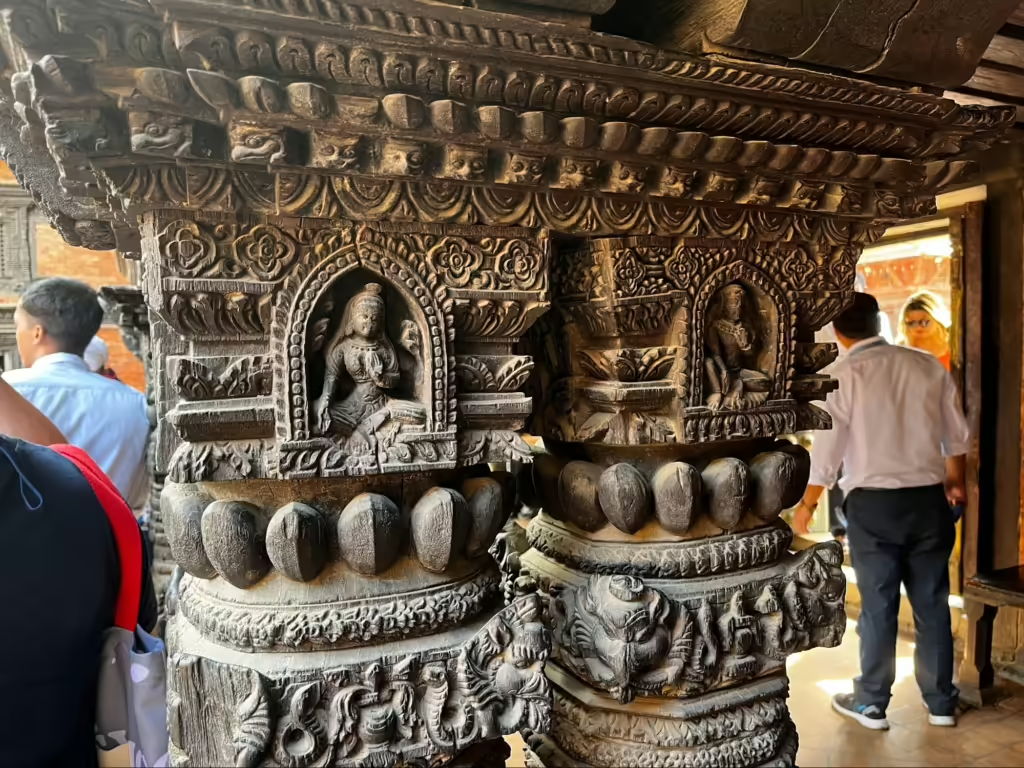
The museum houses many artifacts, photos and stelae, the gardens are very well maintained and most of the sculptures are in perfect condition. On the eaves of the roofs there are bells that play a soft and pleasant melody, creating a somewhat magical and musical atmosphere for those passing by. I visited this place twice, the first time with our IIPE group who organized a meeting at the museum where we had a class on the culture and geography of Nepal and a performance of traditional Nepalese music sung and played by women who earned the right to play instruments that were previously played only by men in the community. Both times I was enchanted by the place. On the second visit, my guide Narayan, who has a PhD in History and Culture, explained to me that his PhD thesis was about the social impact that the earthquake had on the country. From him I was able to learn more details about this tragic event that marked the lives of everyone in the country.
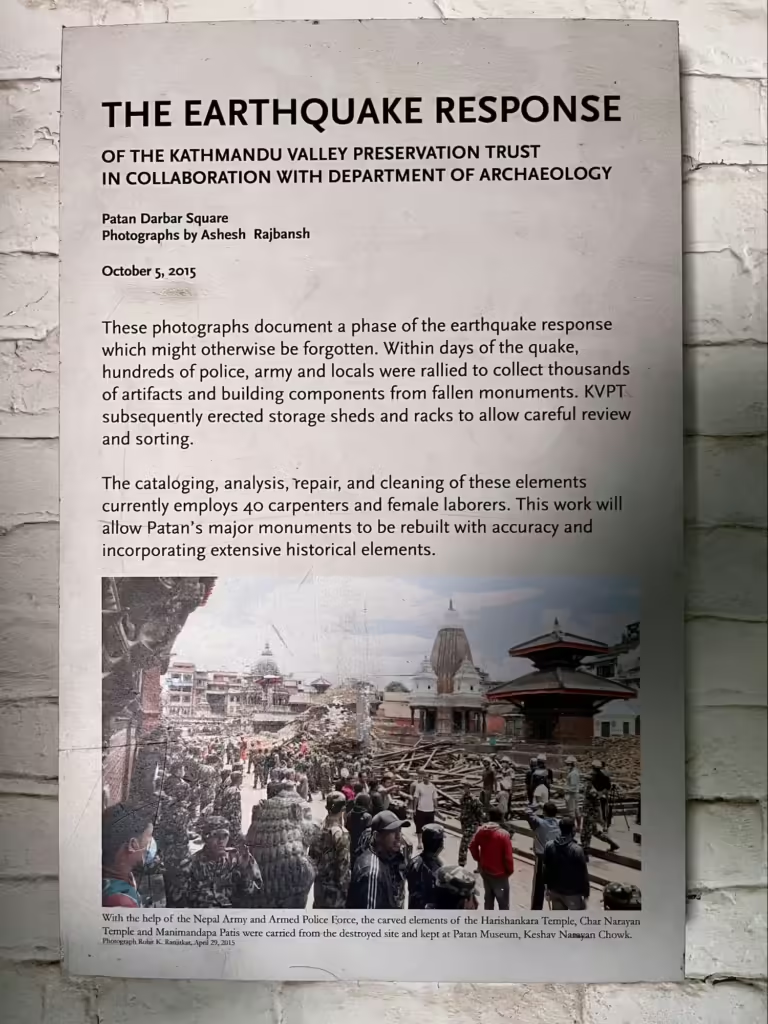
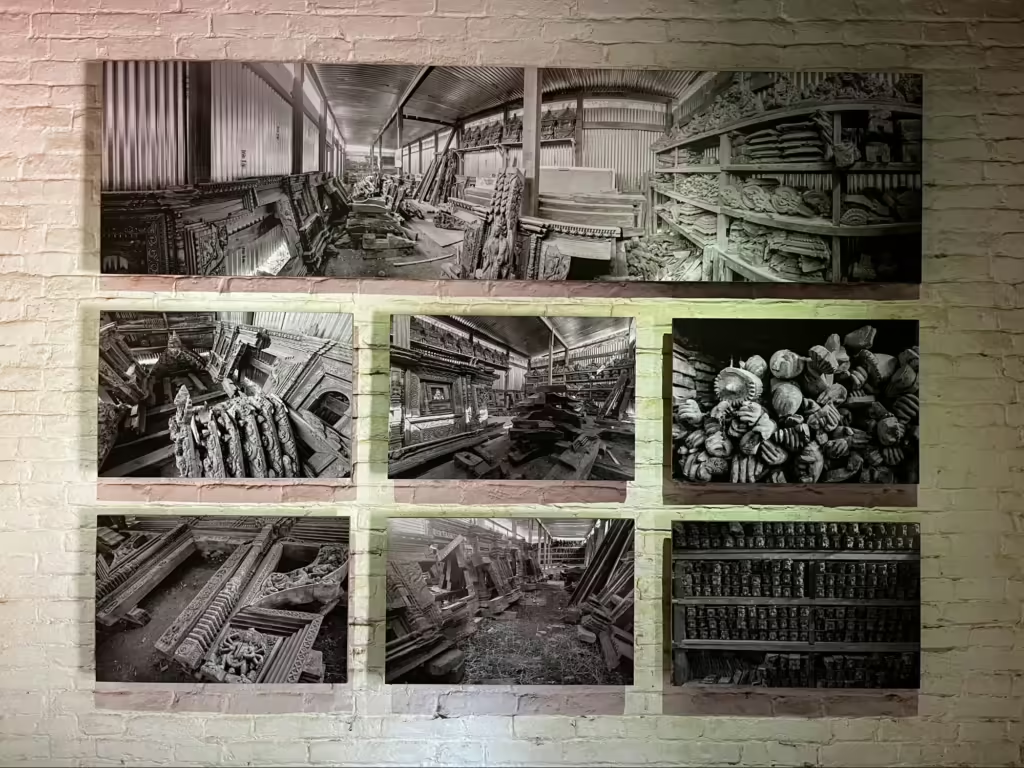
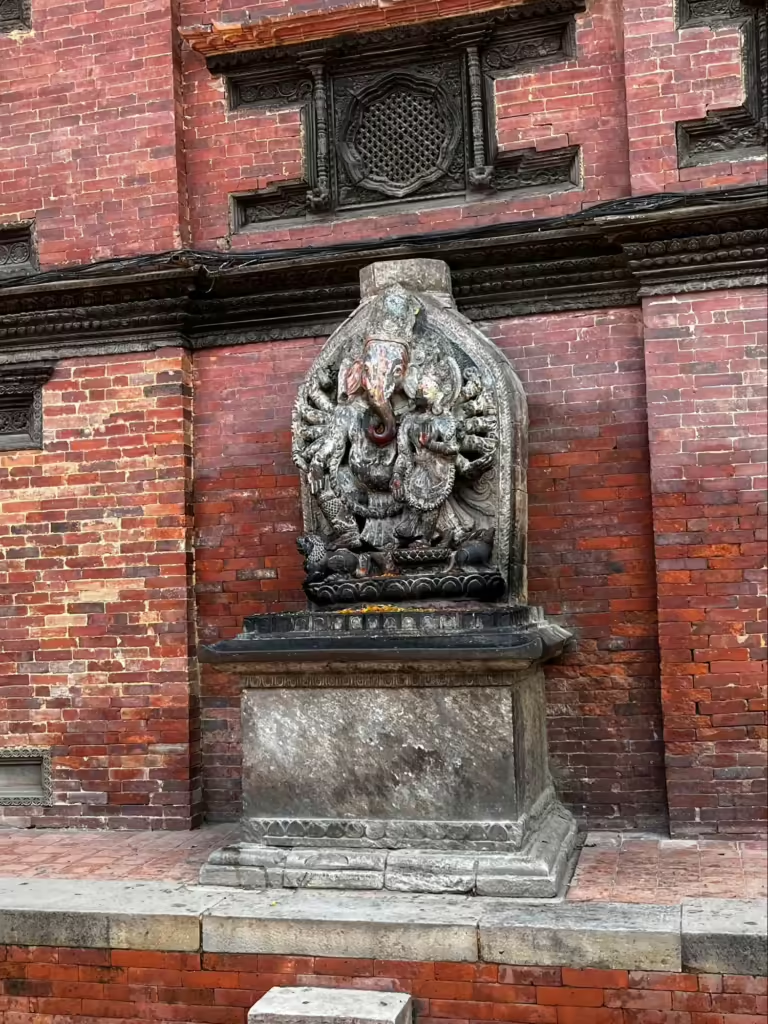
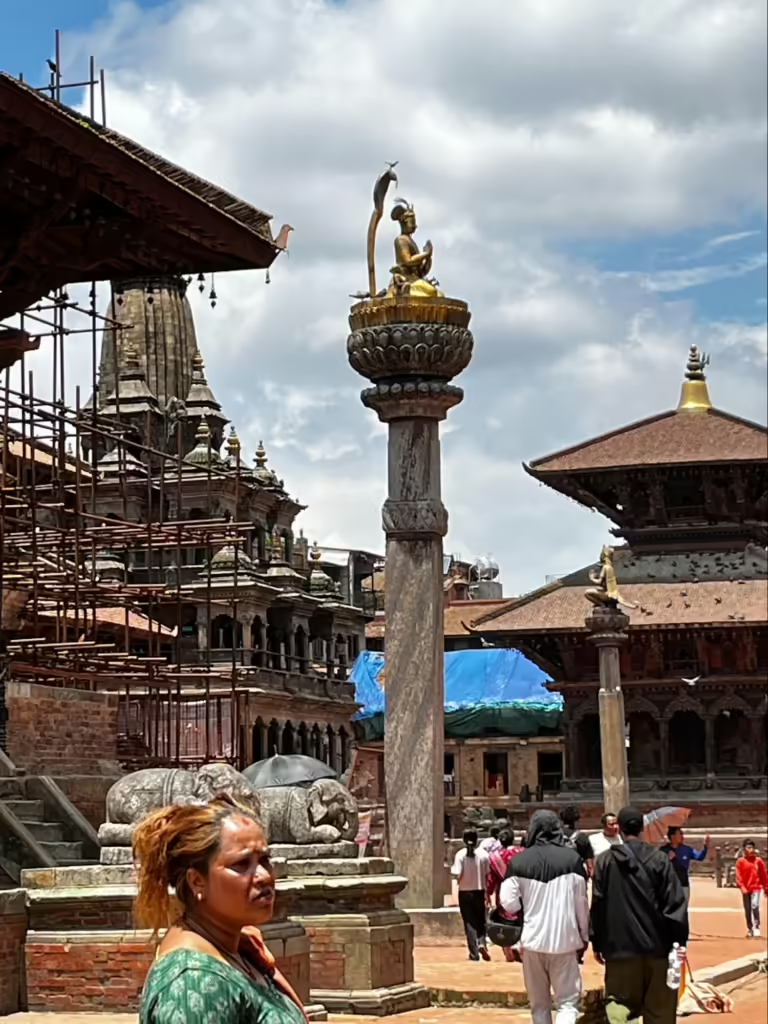
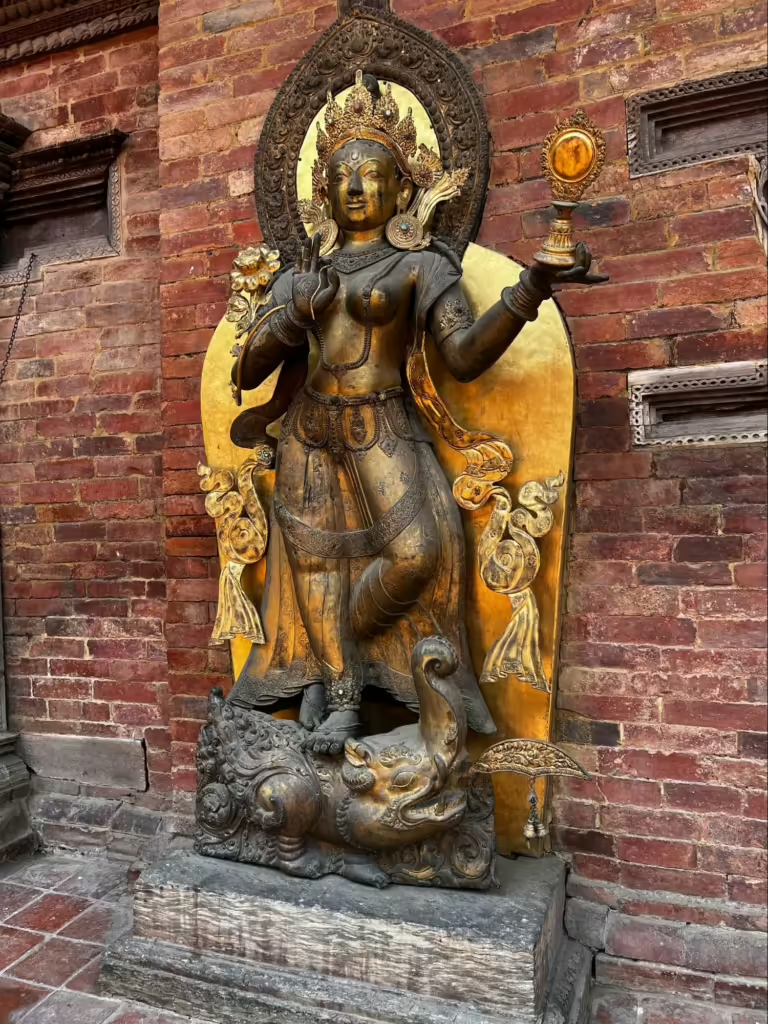
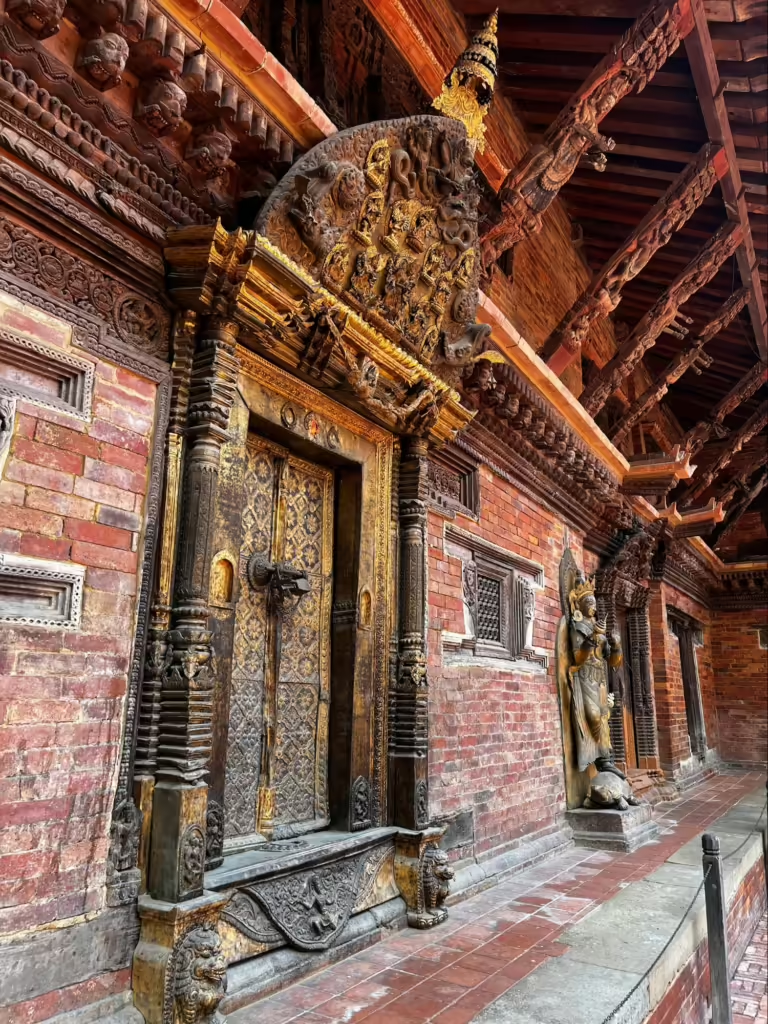
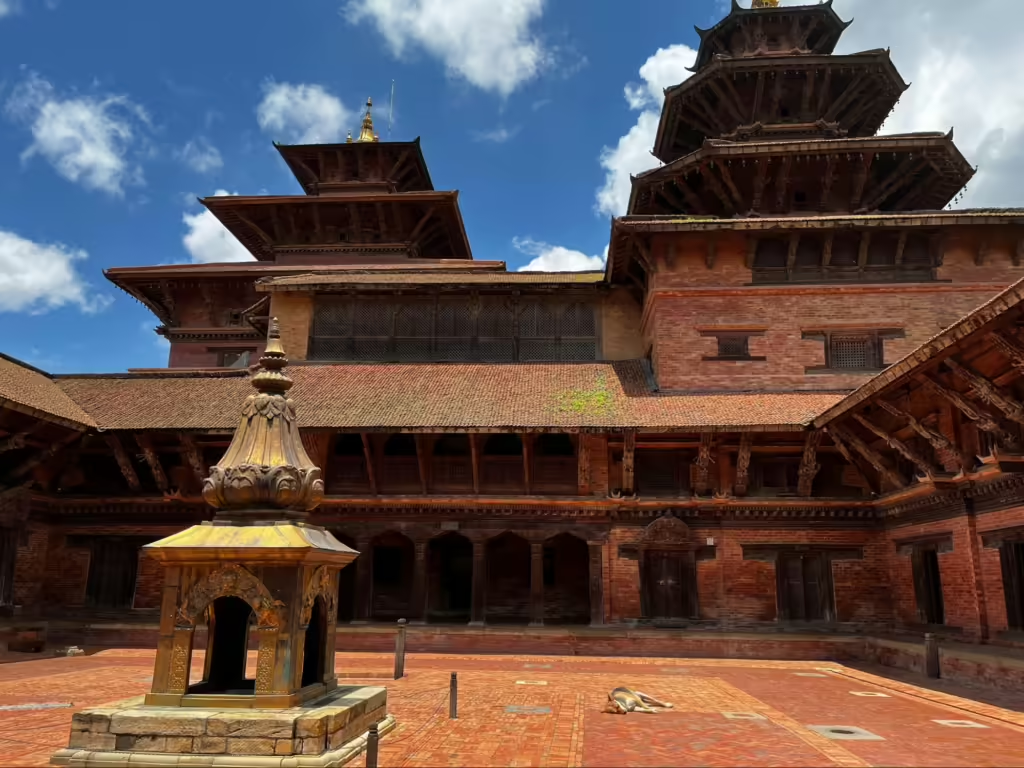
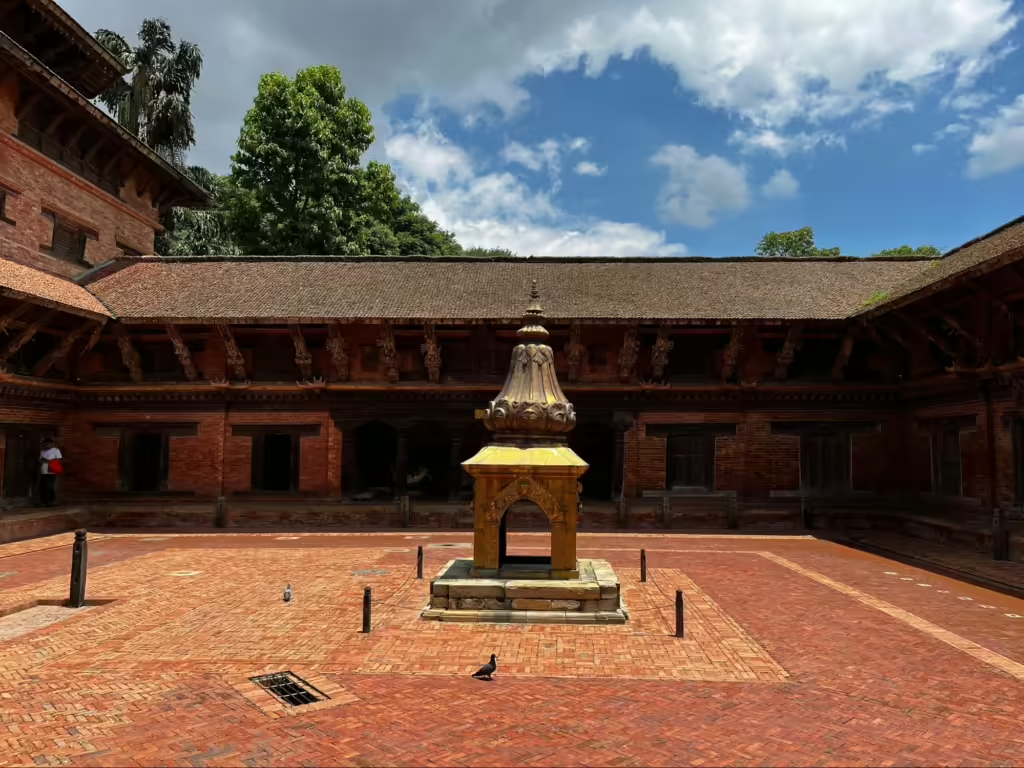
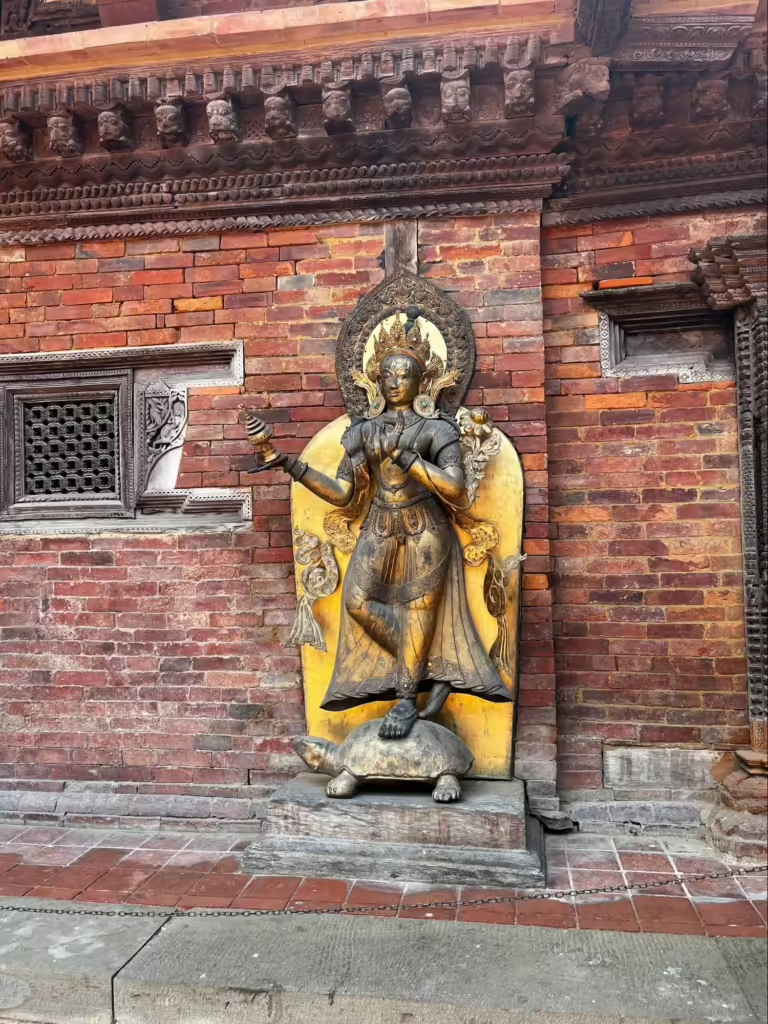
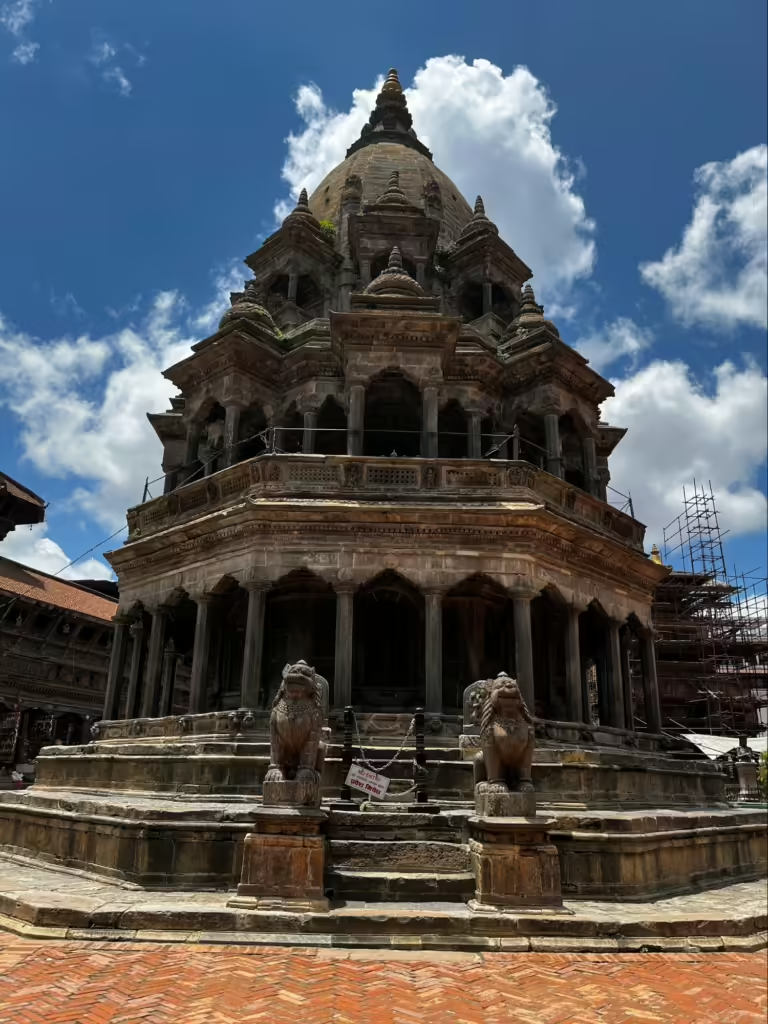
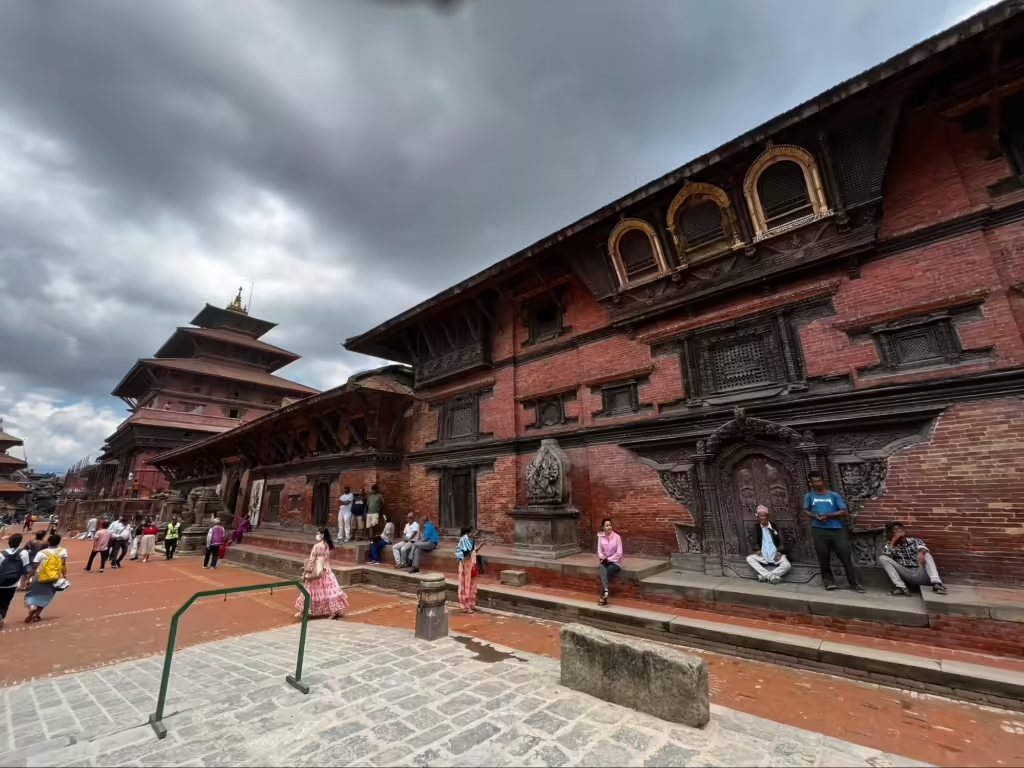
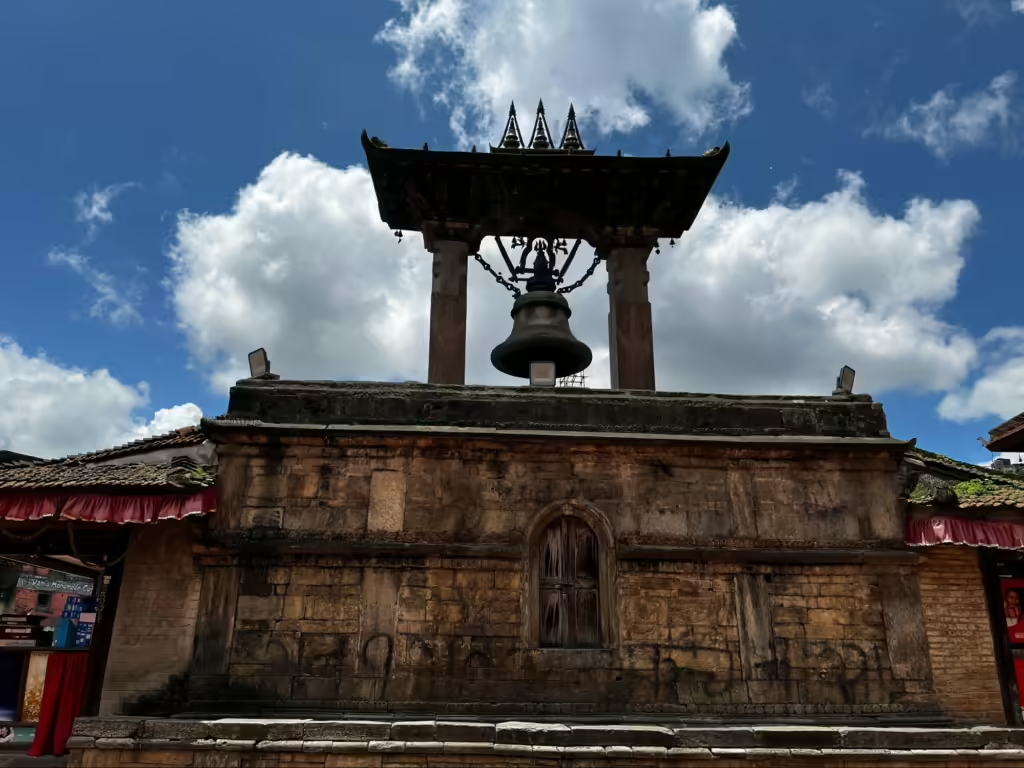
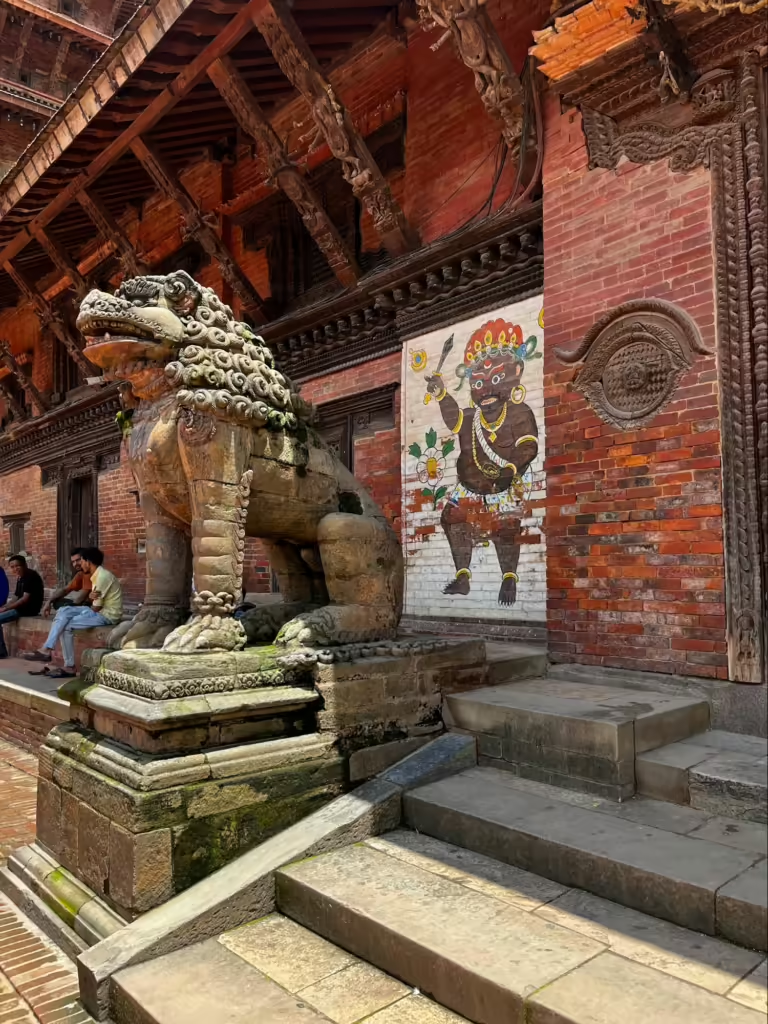
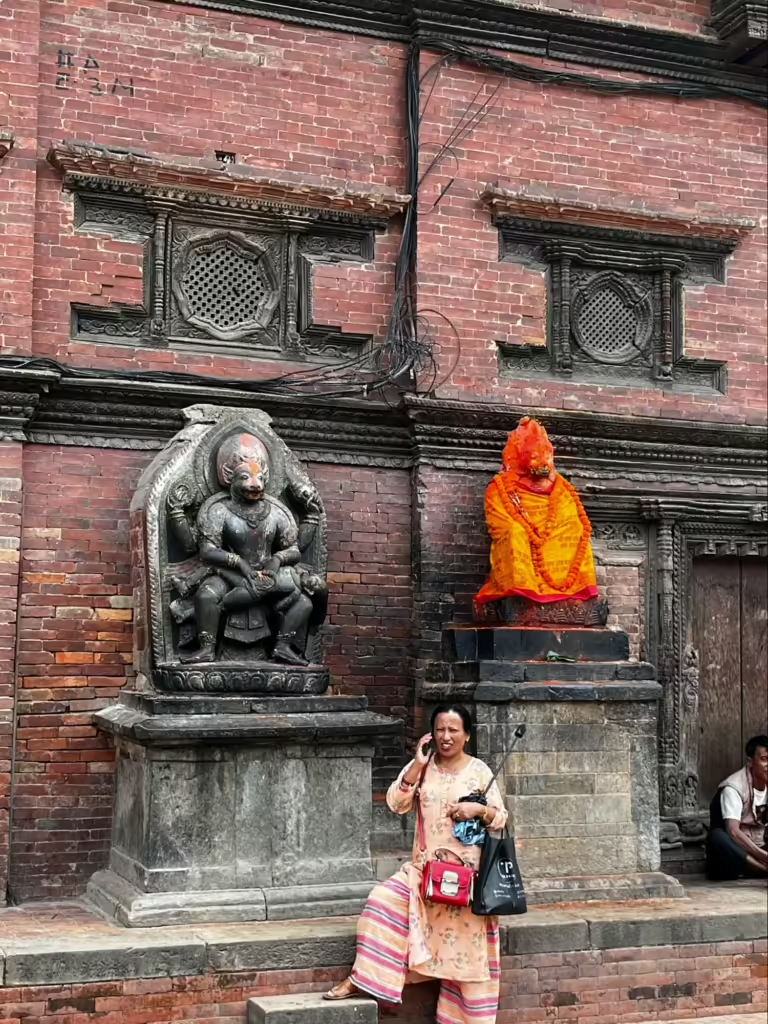
This was a place of prayer and daily devotion for the King, there he gathered the gods and deities of all the temples and worshiped them all together. As he would not have time to visit them daily, he built a collective altar where he could carry out his devotion without having to leave the palace. The flow of the fountain that gushed water into the center was interrupted due to the effects of the earthquake.
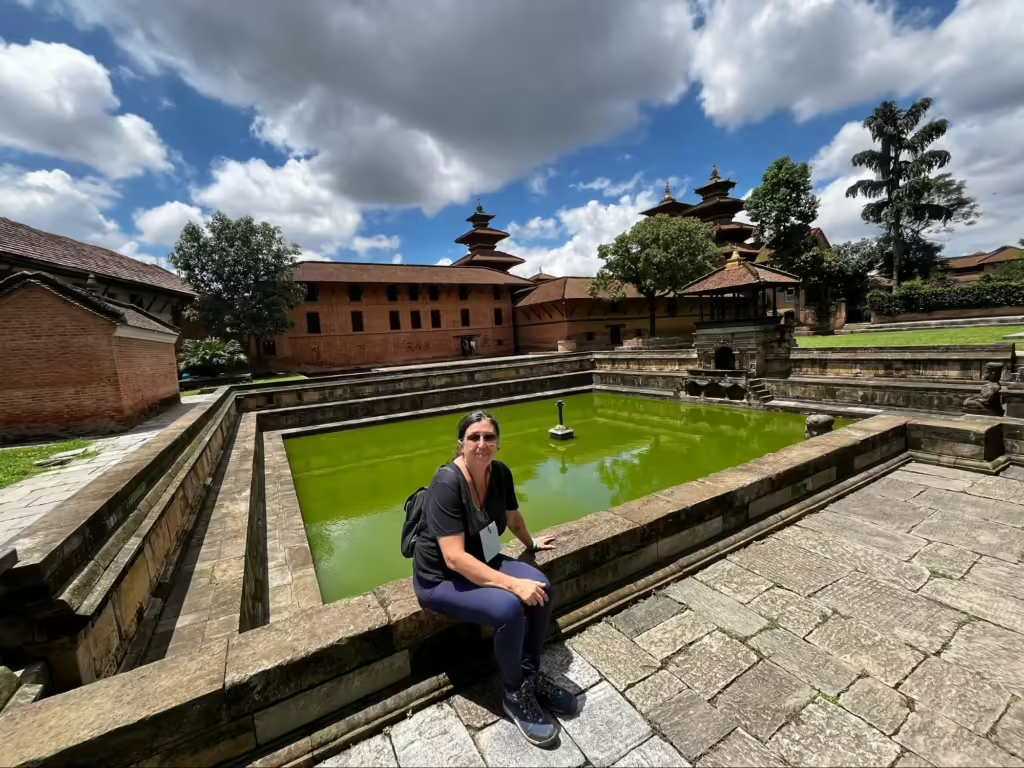
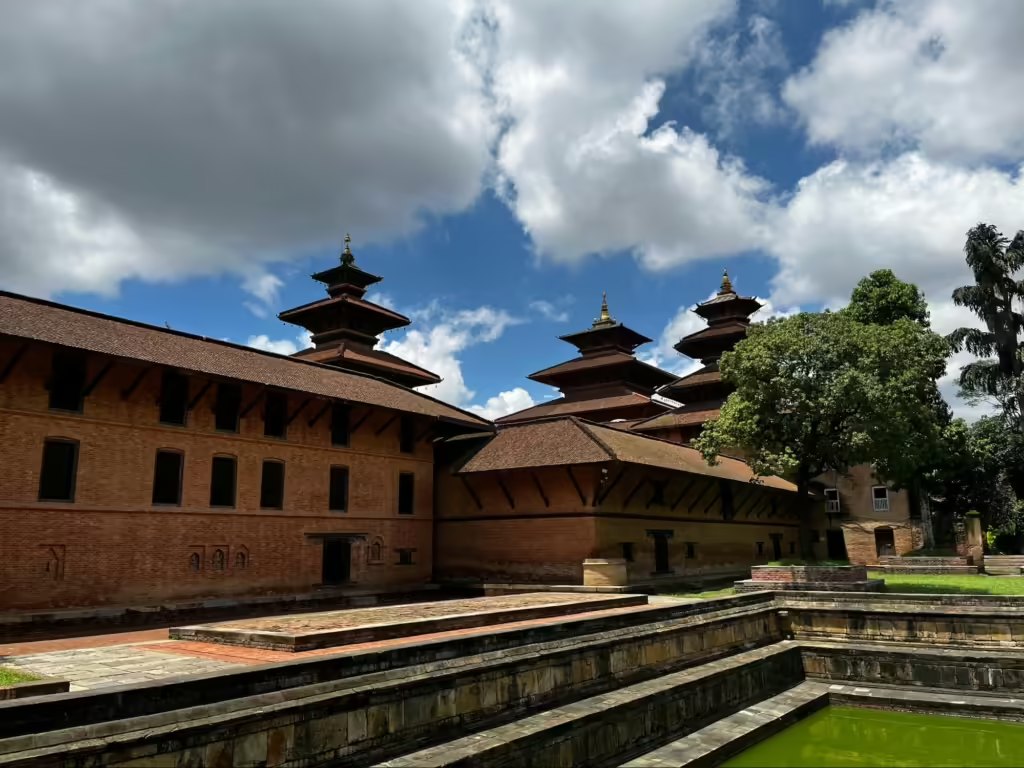
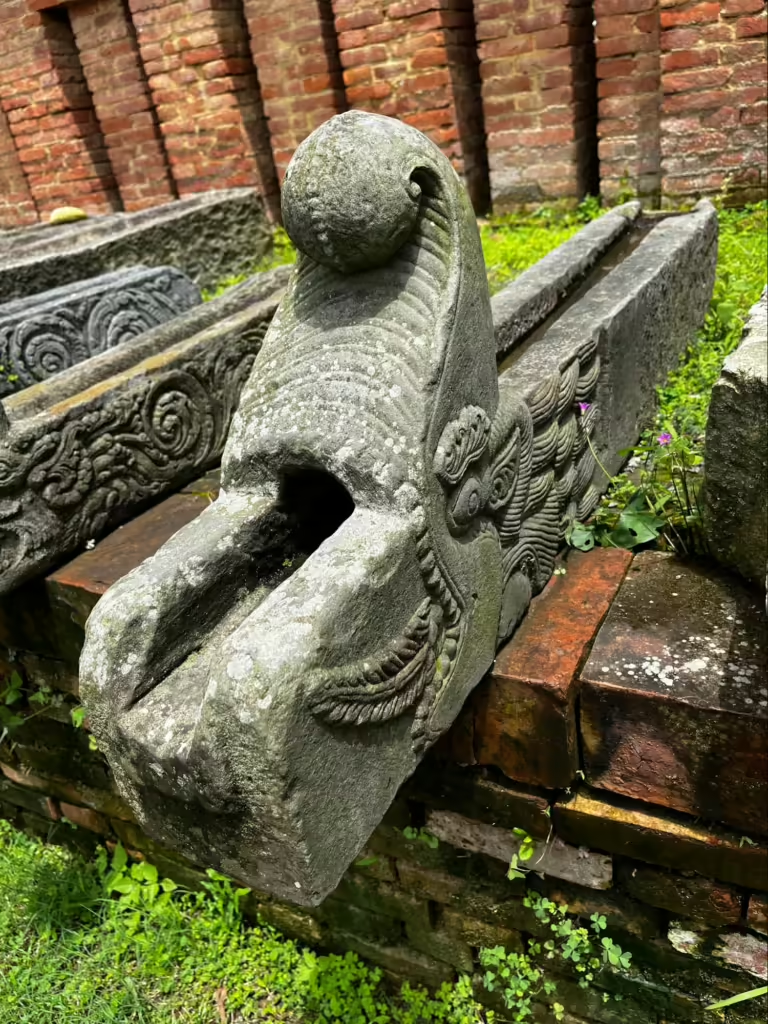
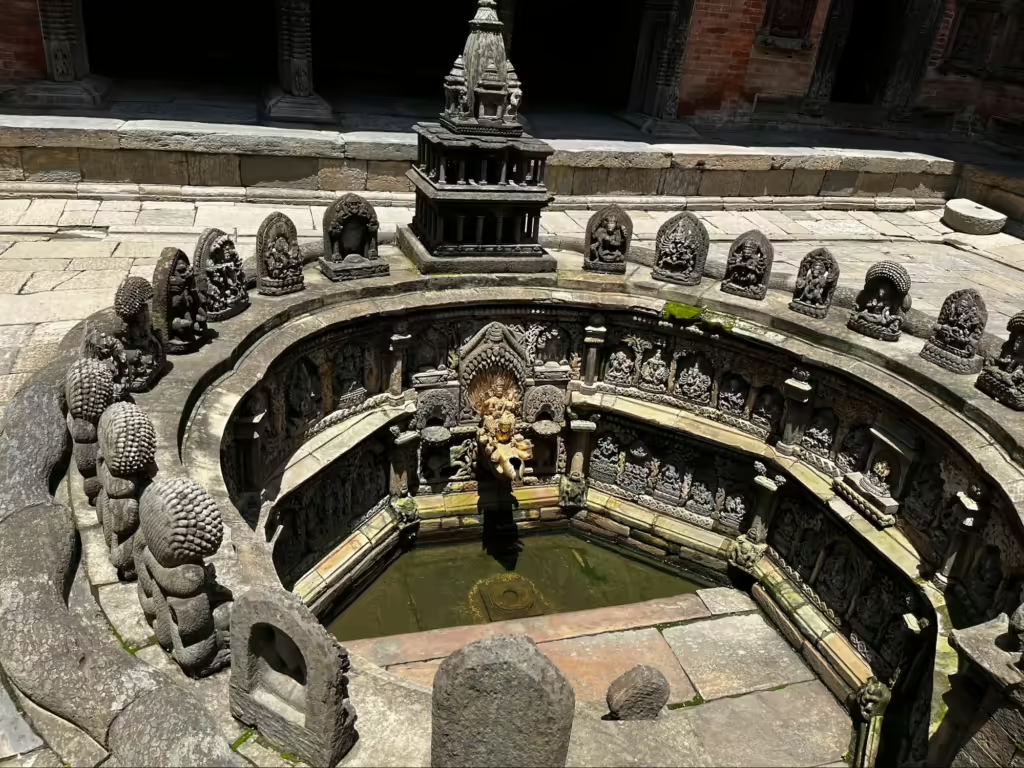
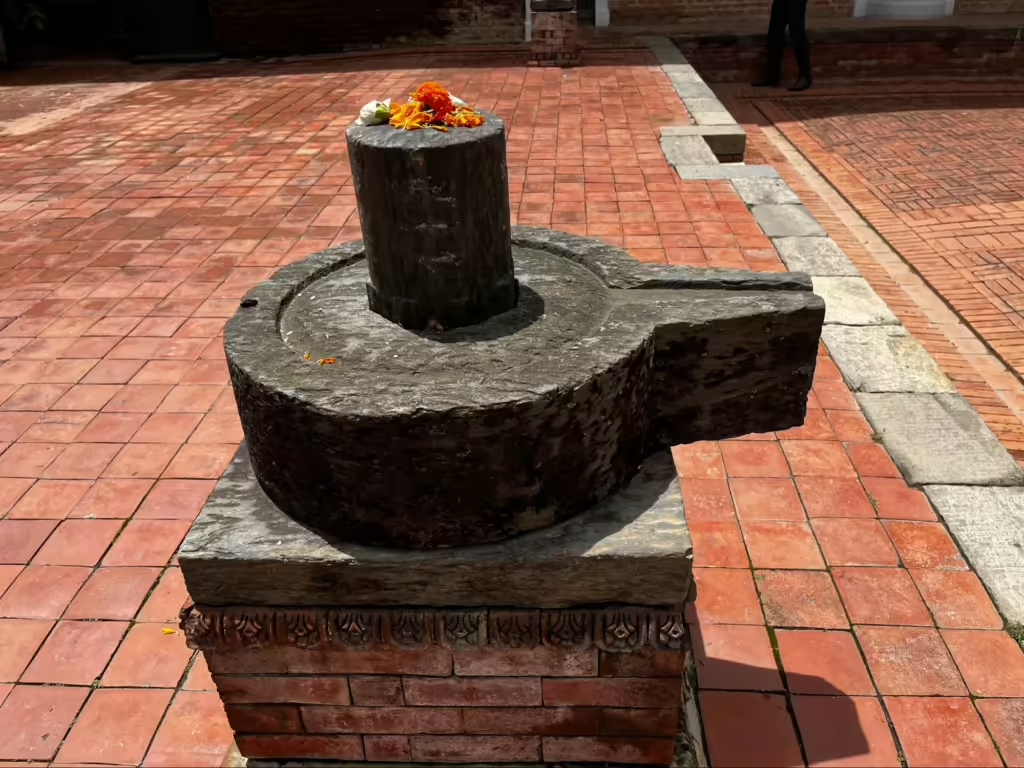
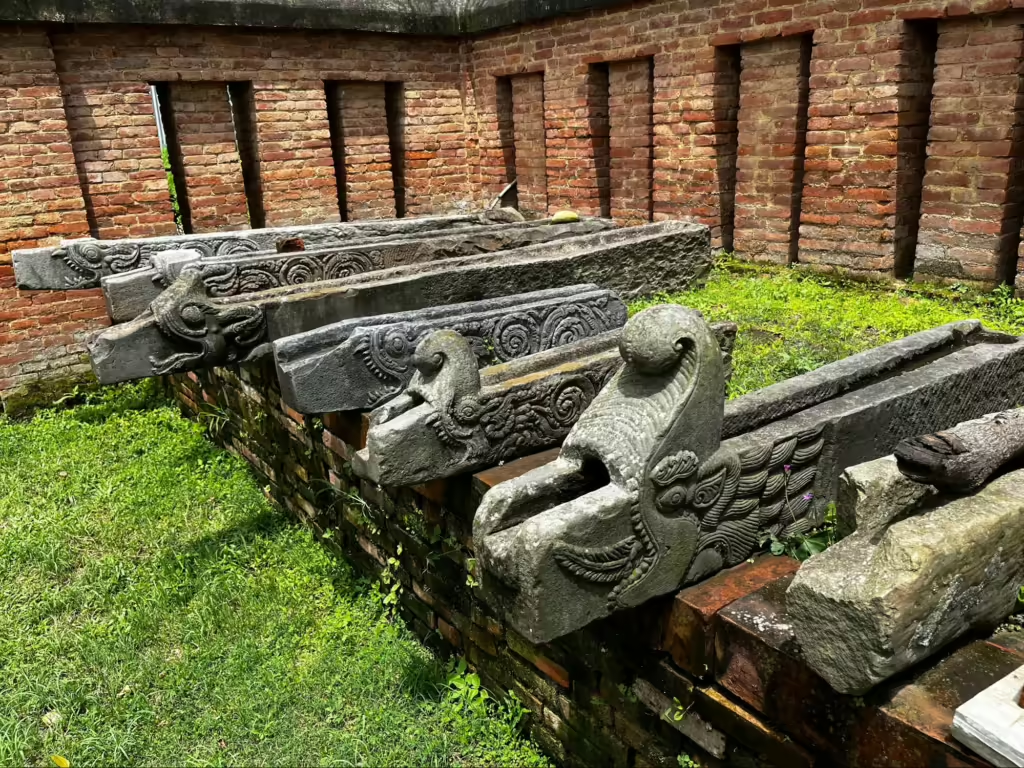
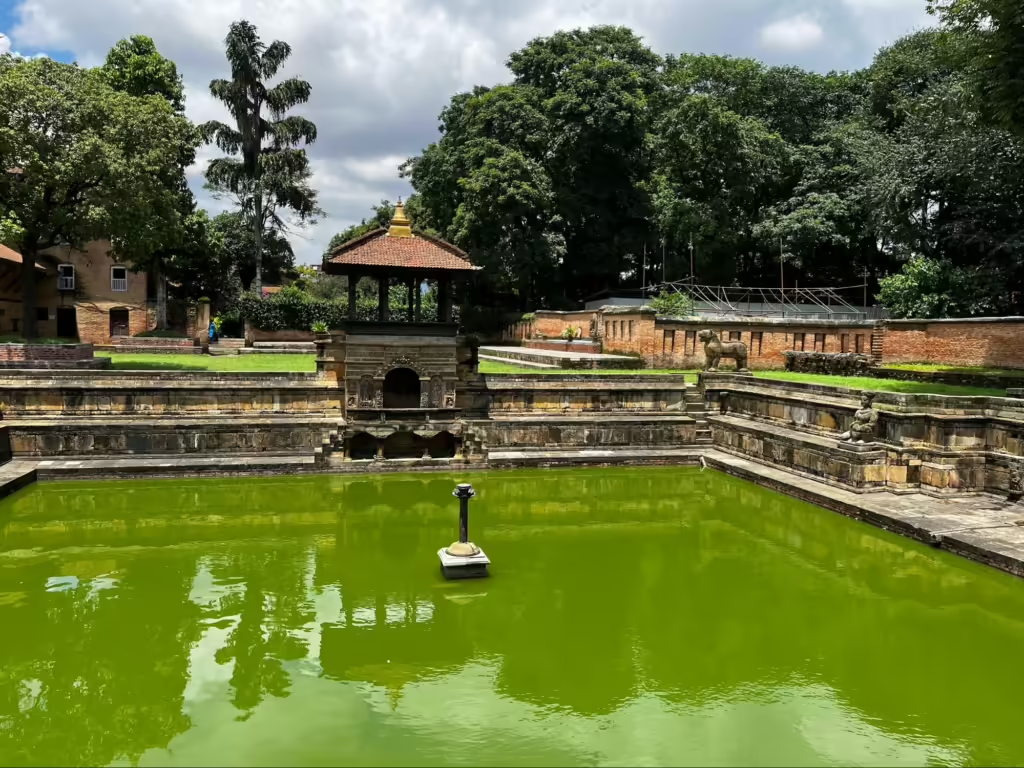
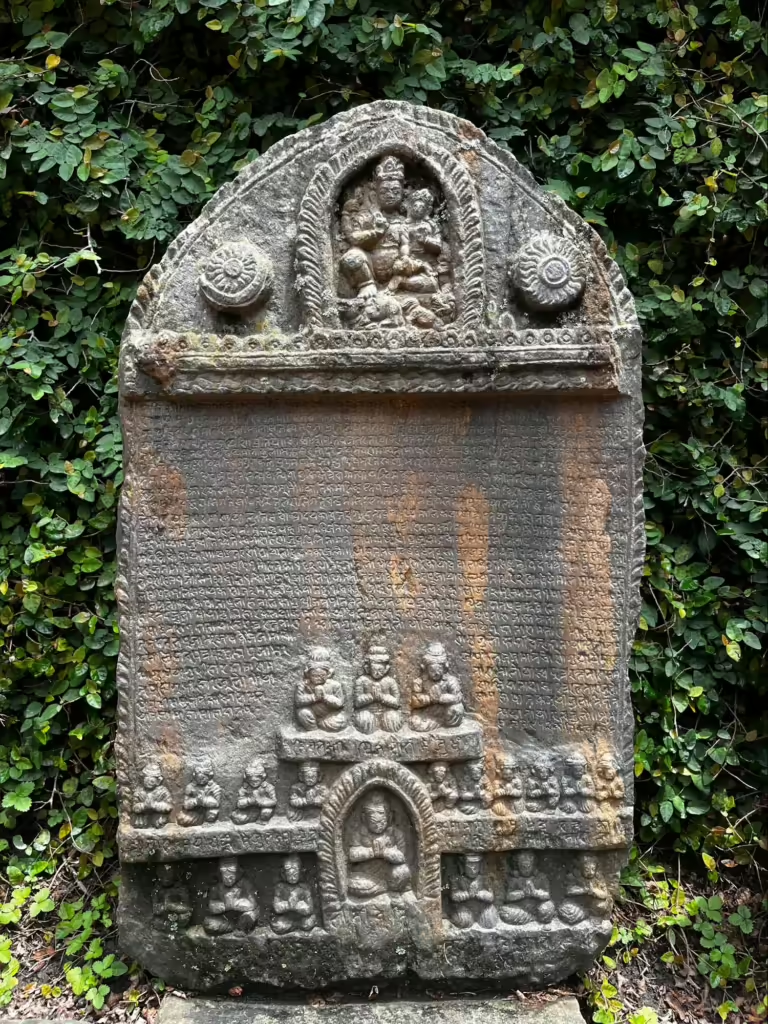
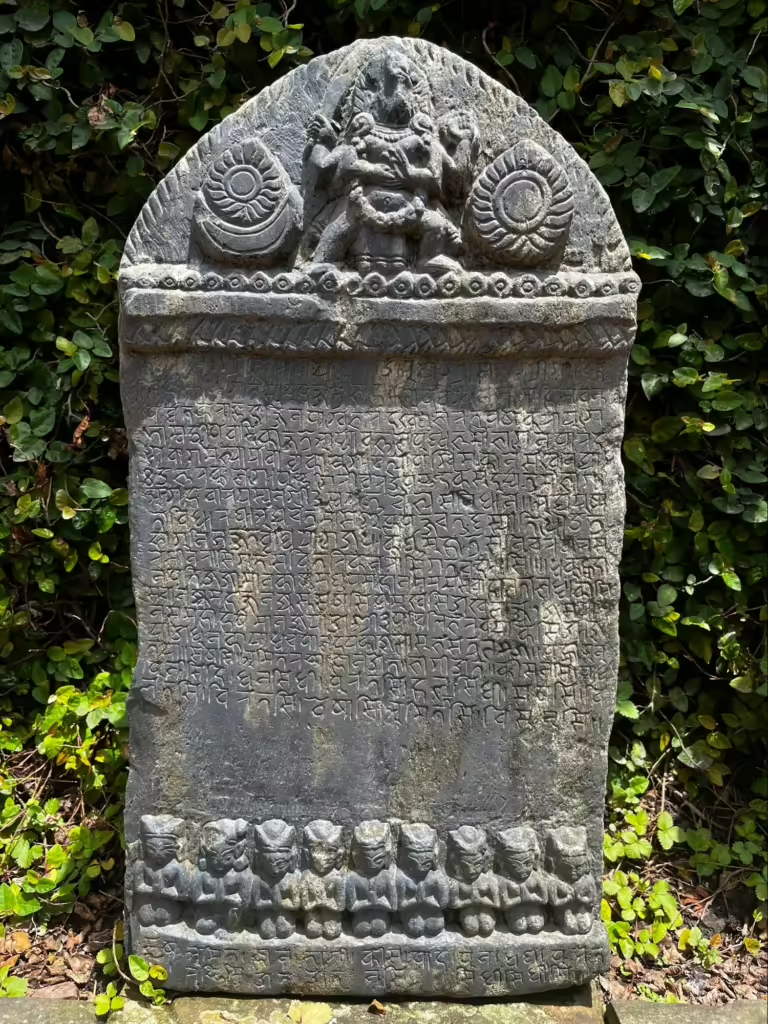
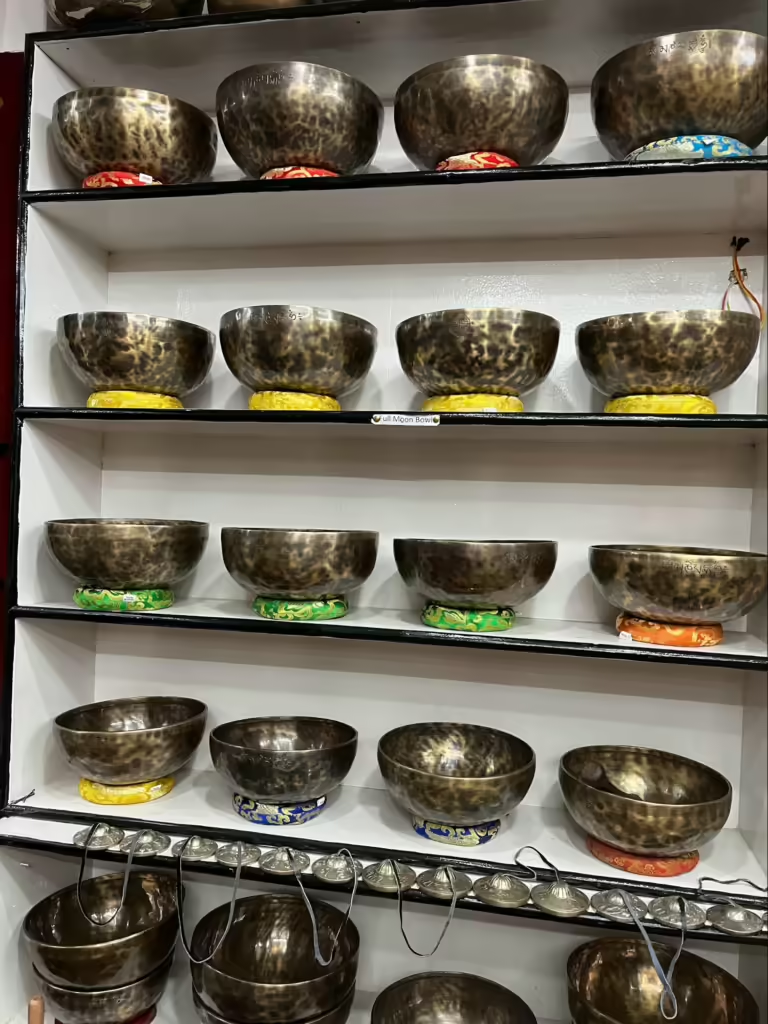
How can you not be attracted to Tibetan singing bowls…They are handmade, with precious metals, auspicious symbols and mantras that are activated in their vibration through sound. There are many bowls out there but these are unique, their use is therapeutic and their sound harmonizes the vibration of the chakras and purifies the environment, it is a sound that heals the mind and body. I had the joy of meeting one of the manufacturers who belongs to the fifth generation of Brahmin artisans who are creating these pieces considered sacred. Of course, I had already left a place in my luggage to bring one of these beauties. Anyone who wants to know the benefits and therapies, balance their energies, can meet them in my office and book a therapeutic session of sound healing integrated into Medicine Tibetan.
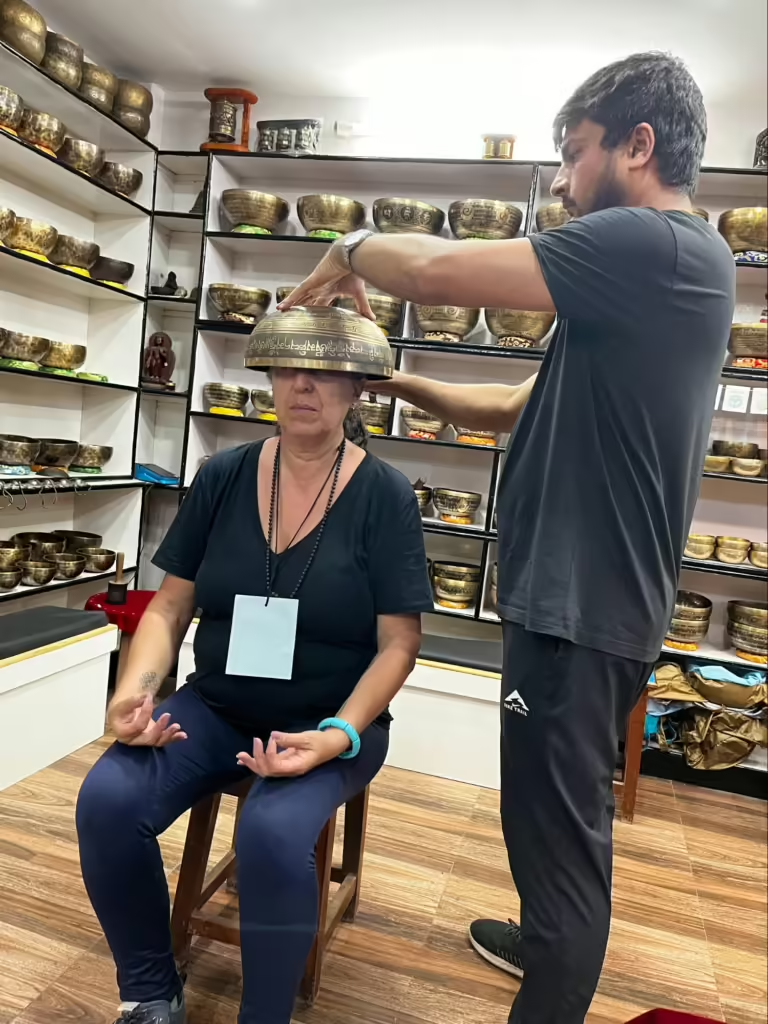
There is a lot of information and feelings involved when we visit places with so much history. The teachings about impermanence always come to my mind when visiting palaces where kings and queens lived and which are now museums. Their energy can still be felt in the places as they are permeated in their legacy. The respect that their subjects had for the king who was generous and cared for his people with zeal is also mentioned. In the palace, his bedroom window remains open, his pipe is left in the same place as usual so that if one day he returns, as he promised, he will find everything arranged the way he liked it.
The images of the ruins after the earthquake are also impressive, this tragedy was truly sad. But the reconstruction is already well advanced and the works are continuing their course so that everything is beautiful and perfect again.
We are here merely passing through, we leave good and bad marks, sometimes not even that, time and oblivion set in and sometimes we are not remembered or celebrated. I keep thinking that while we are alive we must take care of our actions, so that one day someone will remember our legacy with joy, for the people we helped, for the bridges we built and the generosity we had.
There is no point in living just accumulating things, we will not be able to enjoy them when we pass to the other side, we are not pharaohs who buried their treasures in the belief that they would be useful on that side. Our greatest treasure is in the here and now, being the best version of yourselves and acting with our heart!
Nepal has inspired me a lot, the country’s atmosphere encourages deep reflections, I feel like I left Nepal but Nepal didn’t leave me.
In another article I will narrate the friendships I made and the sacred places I visited.
Namastê!
Regina Proença


